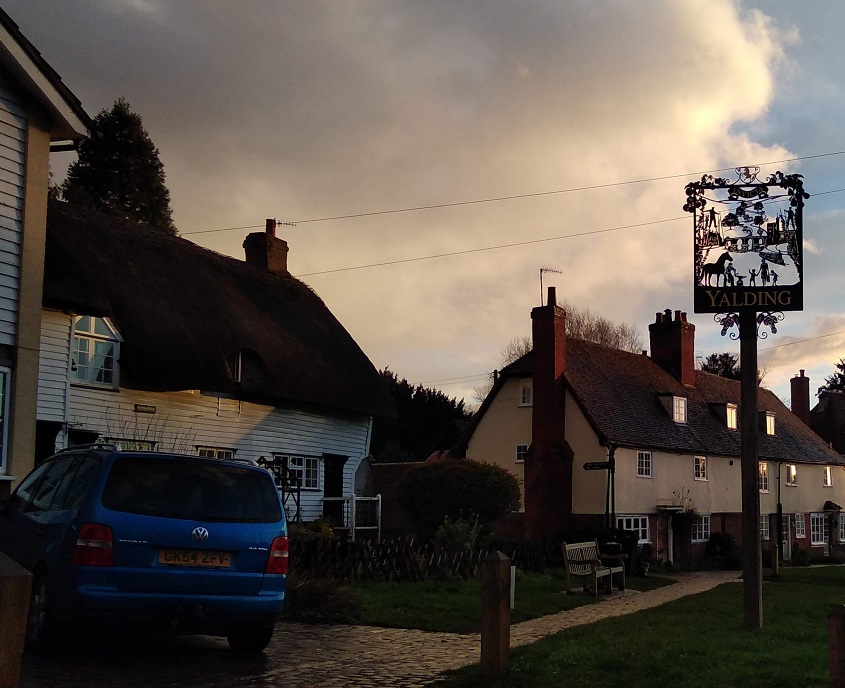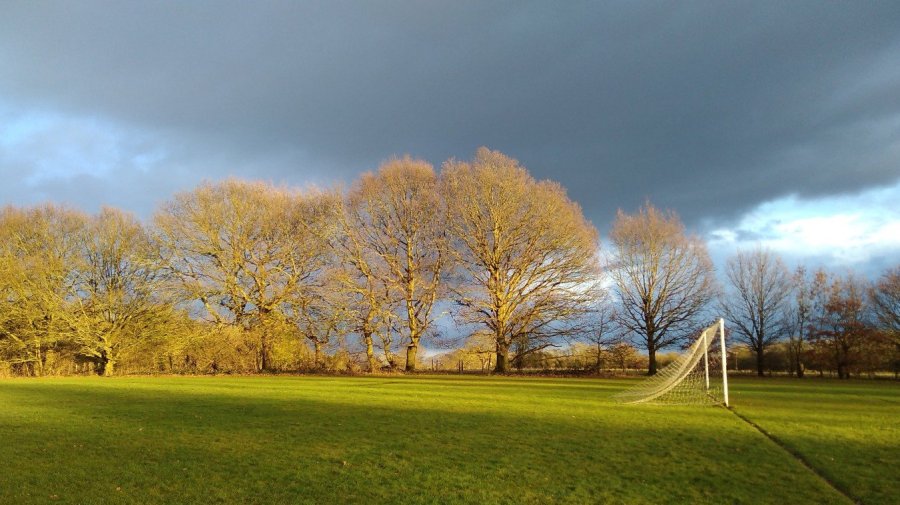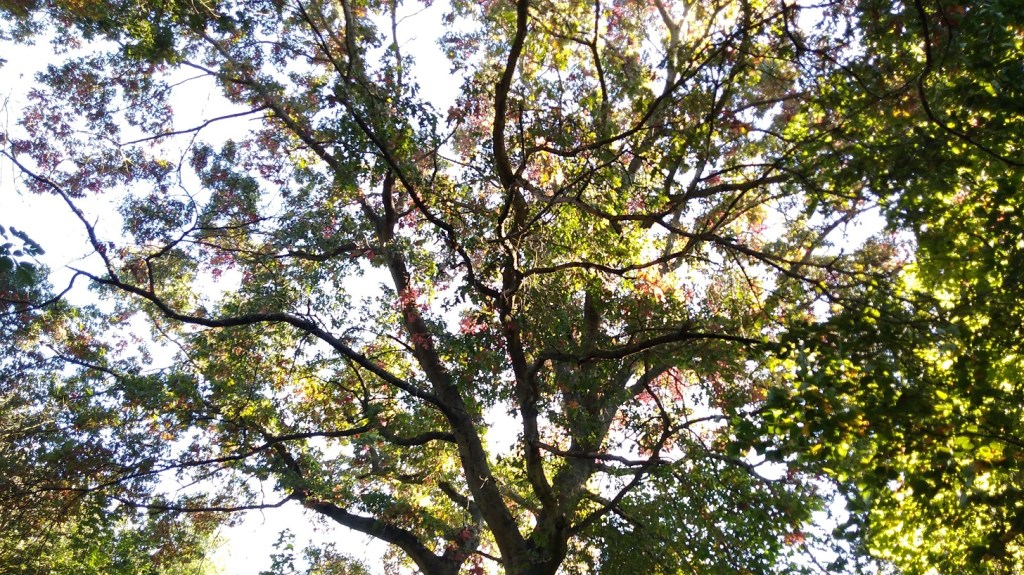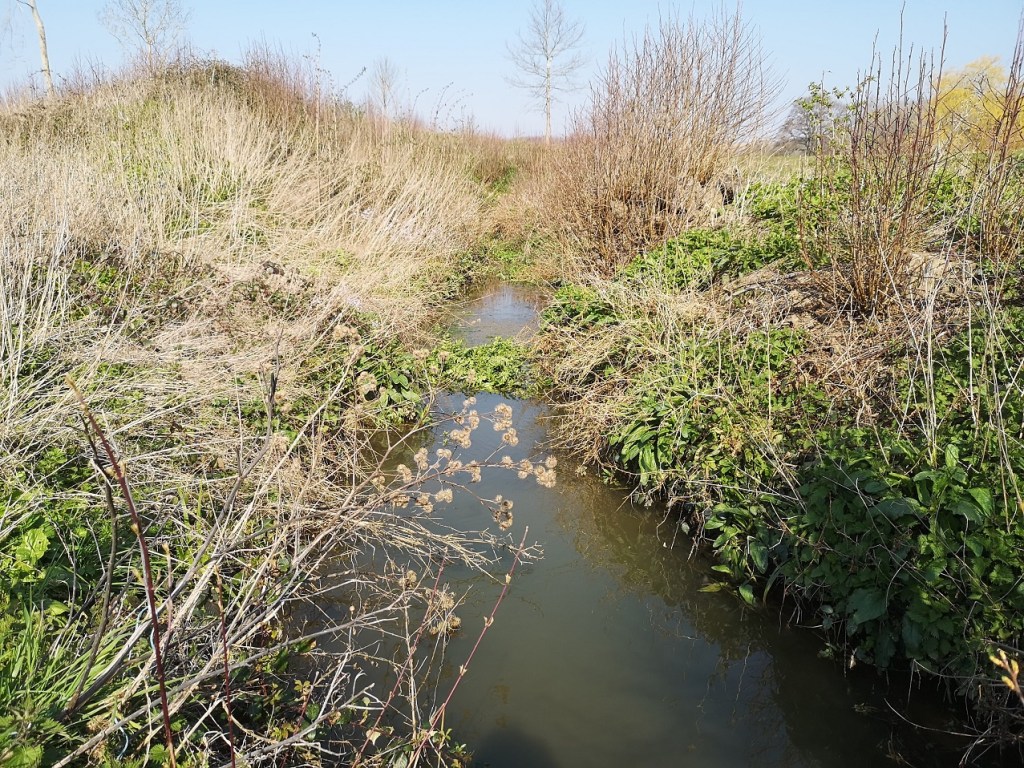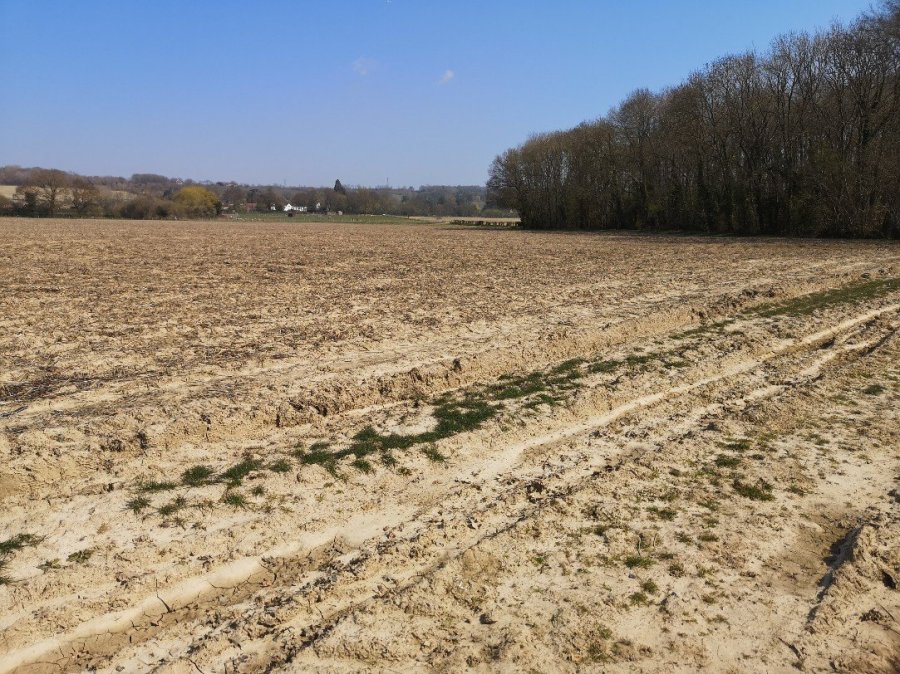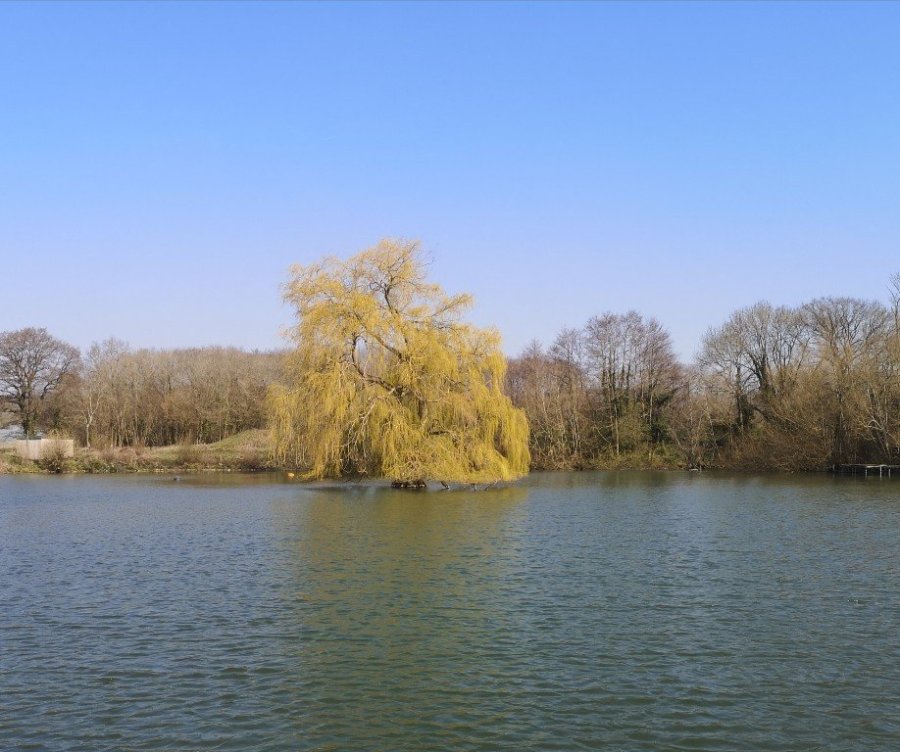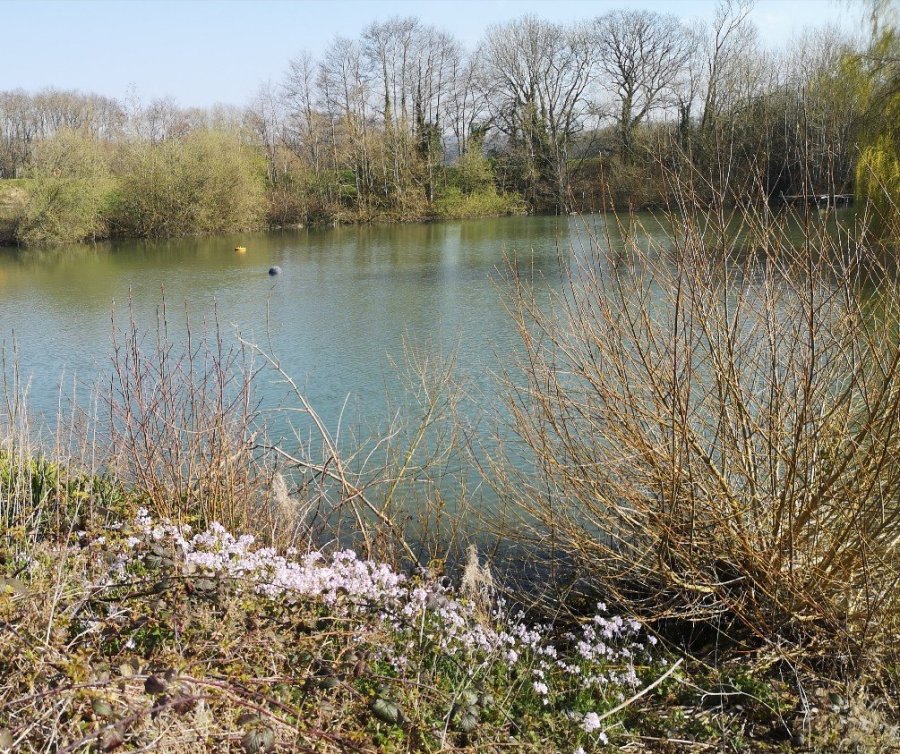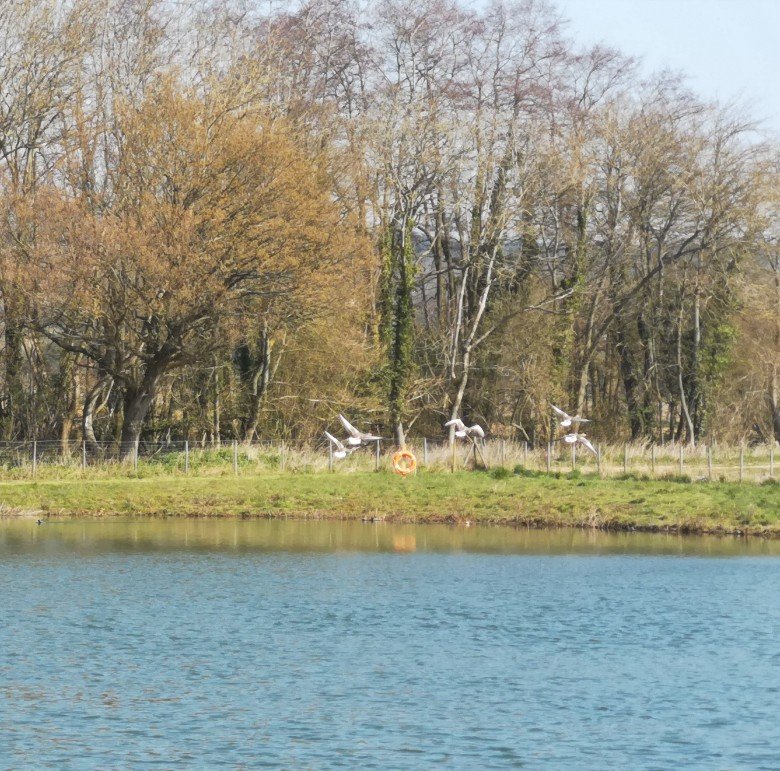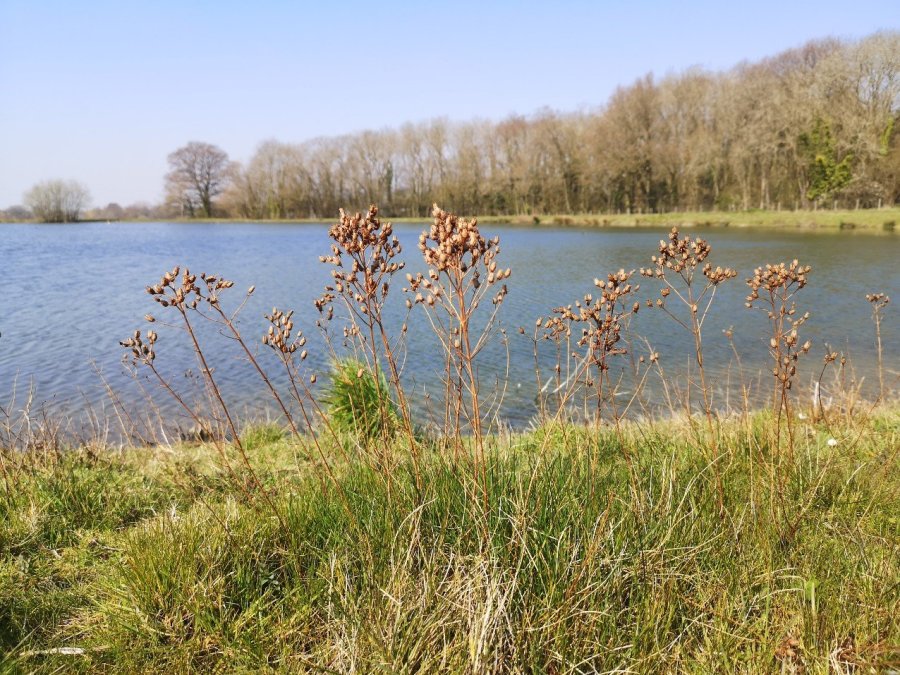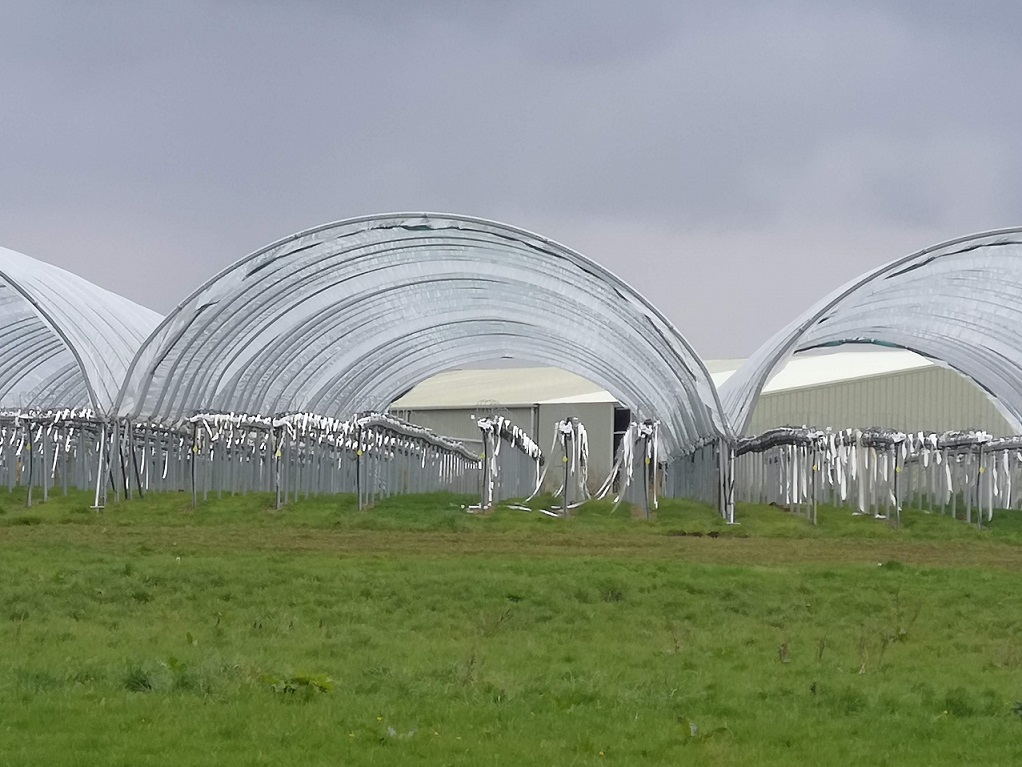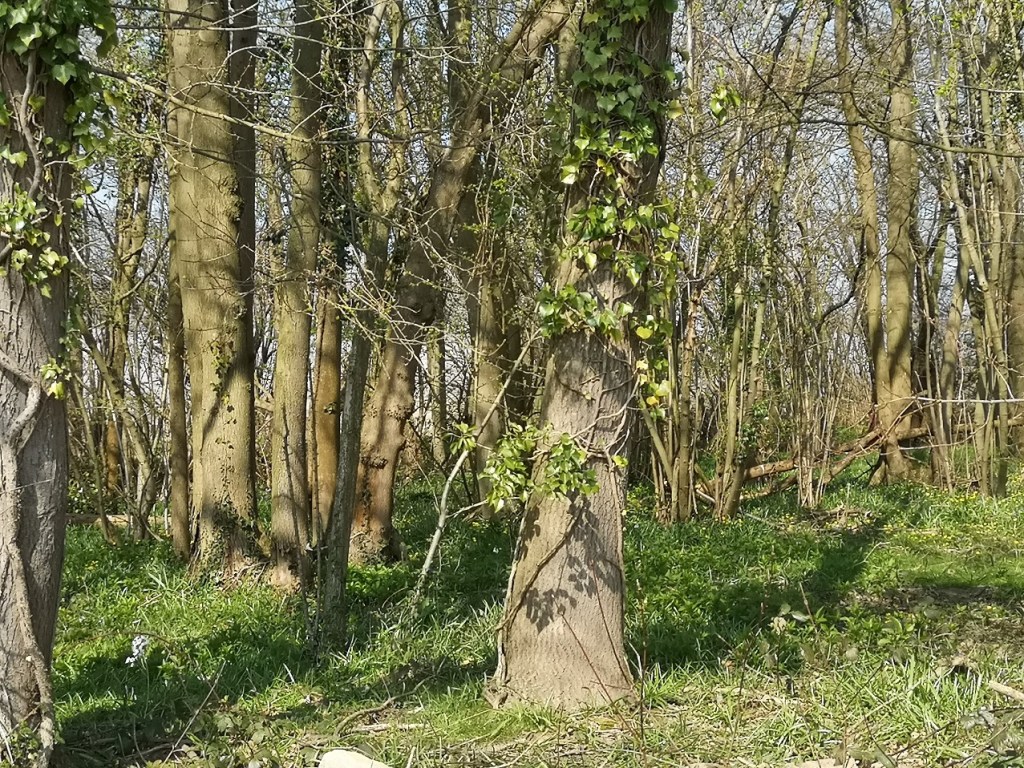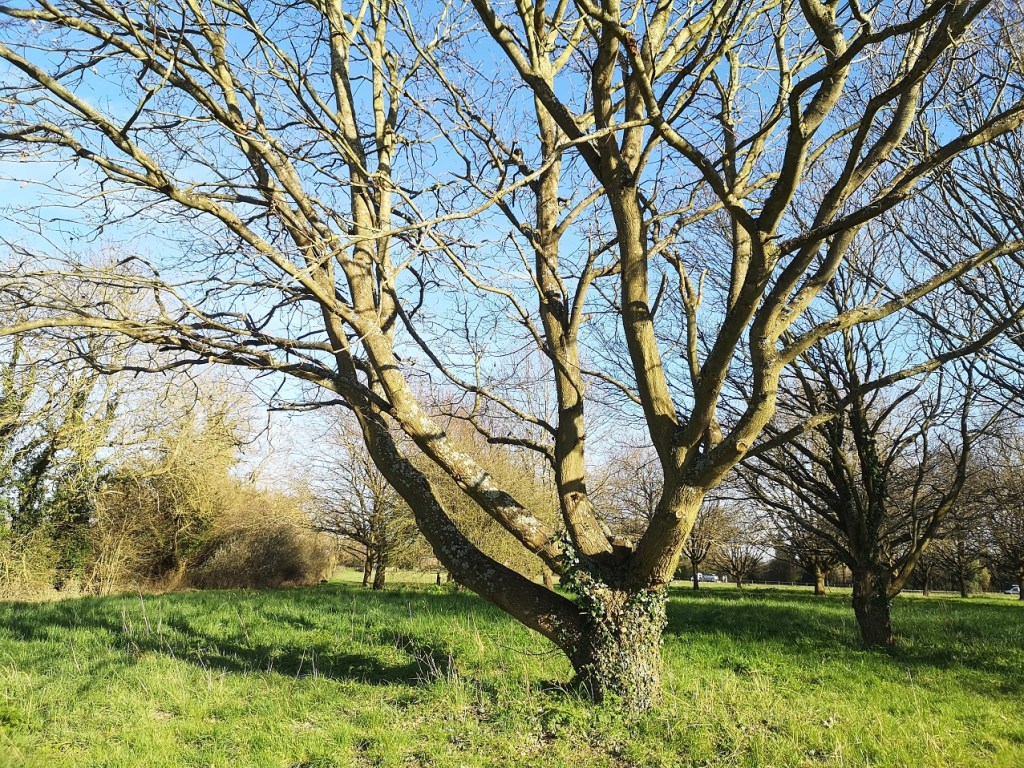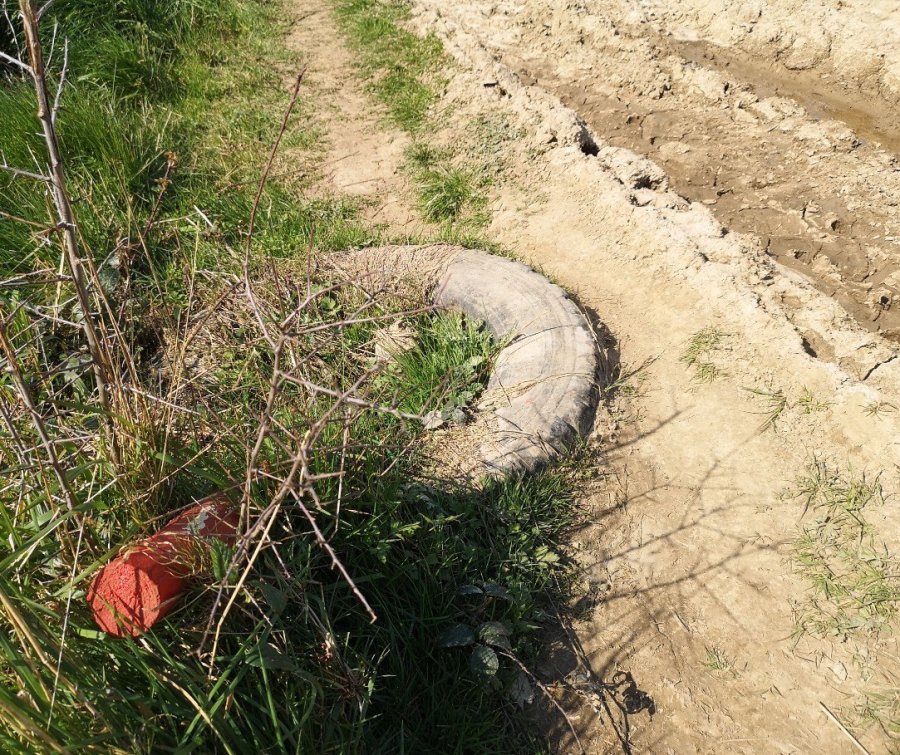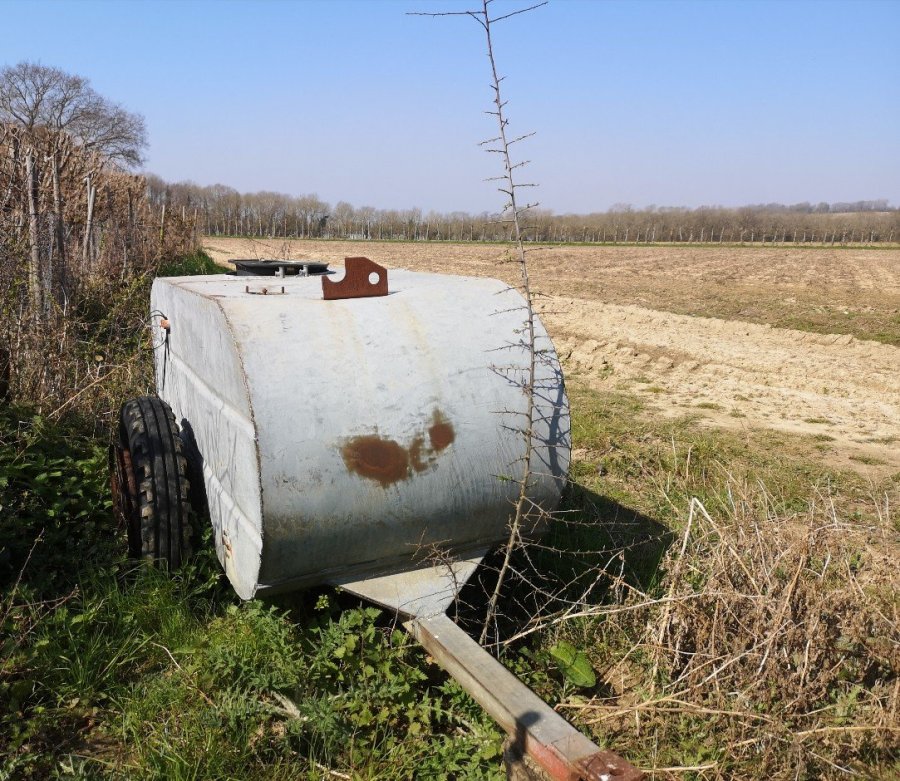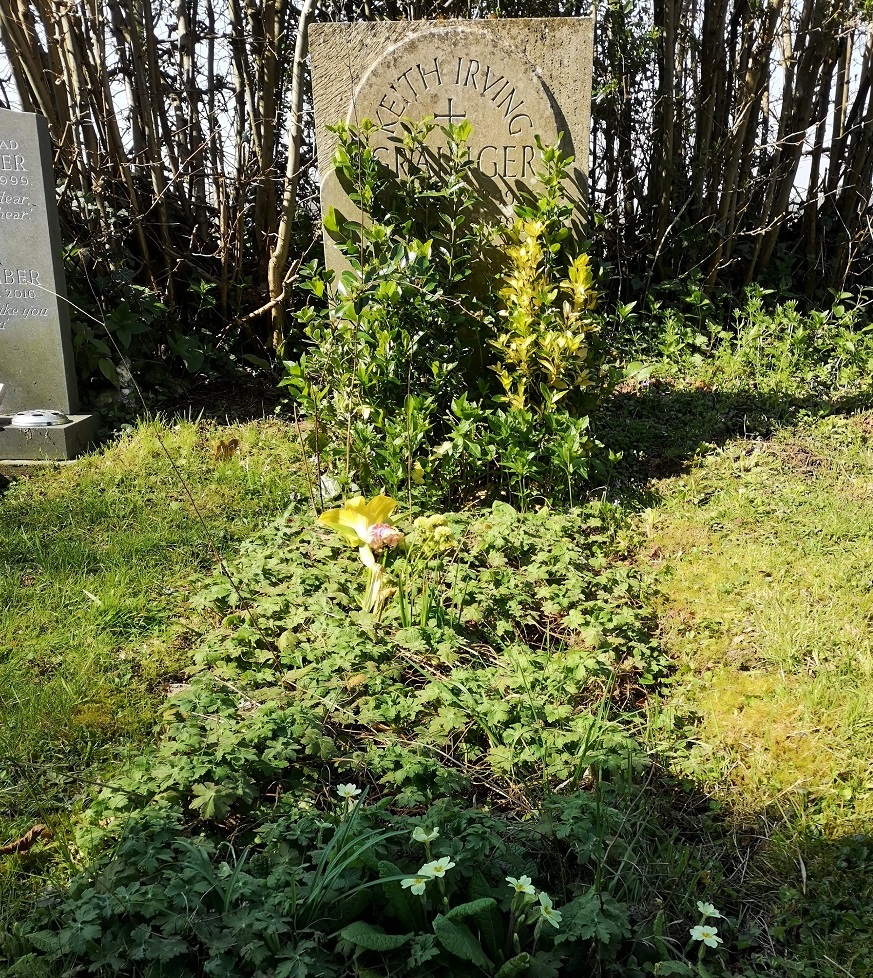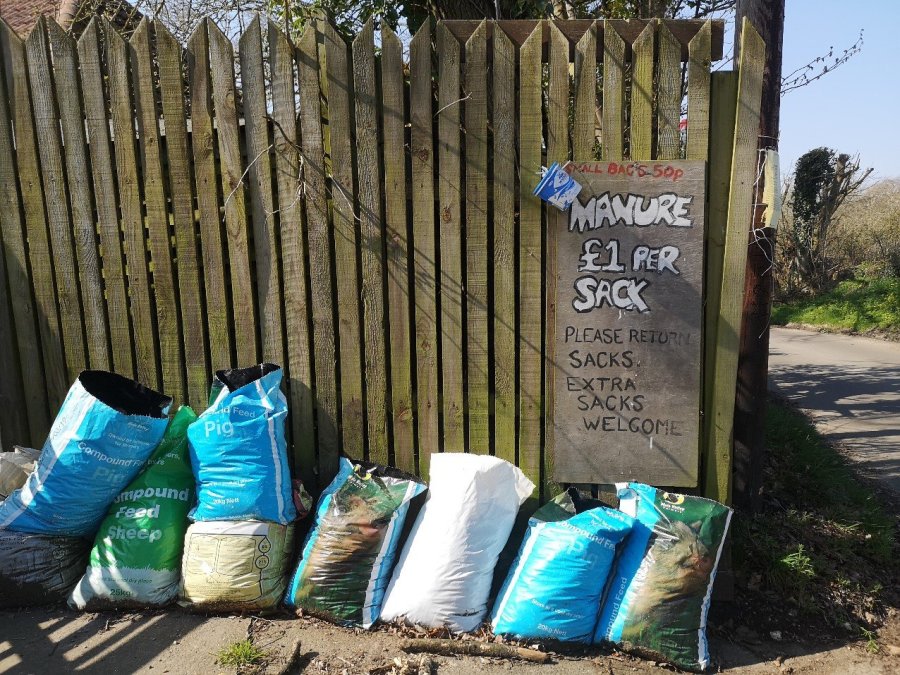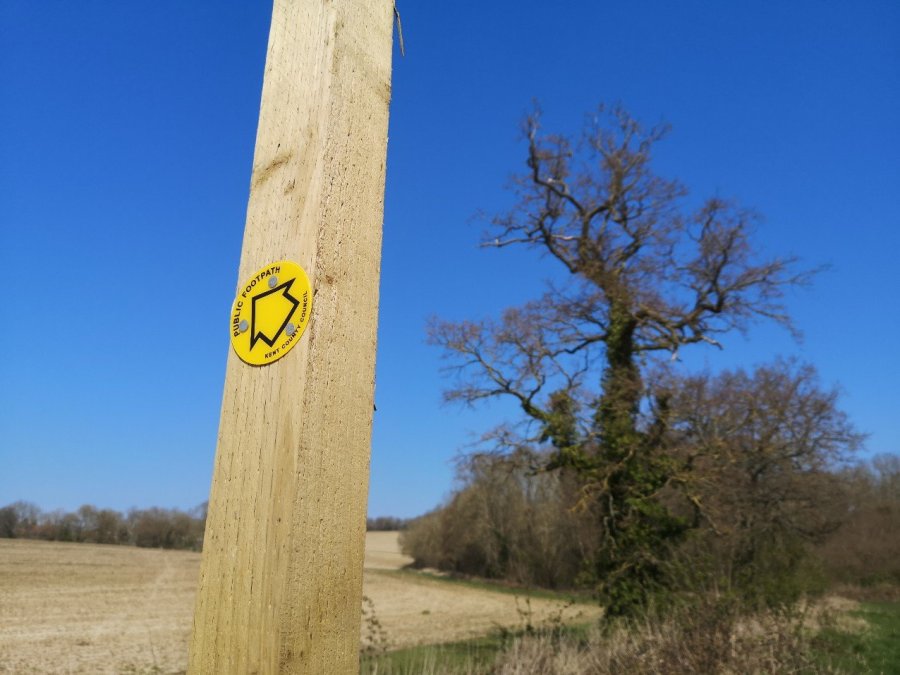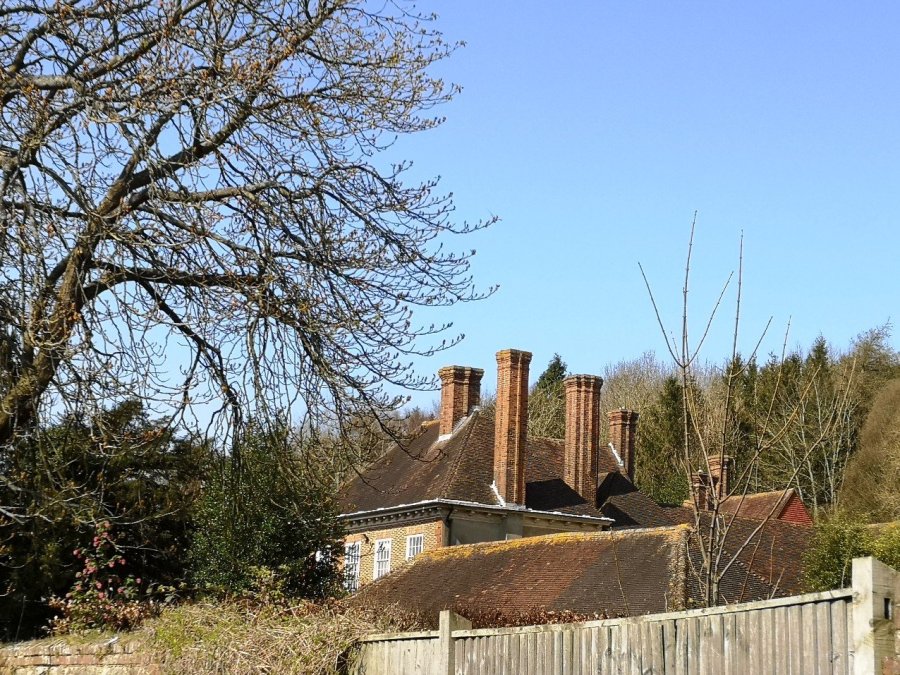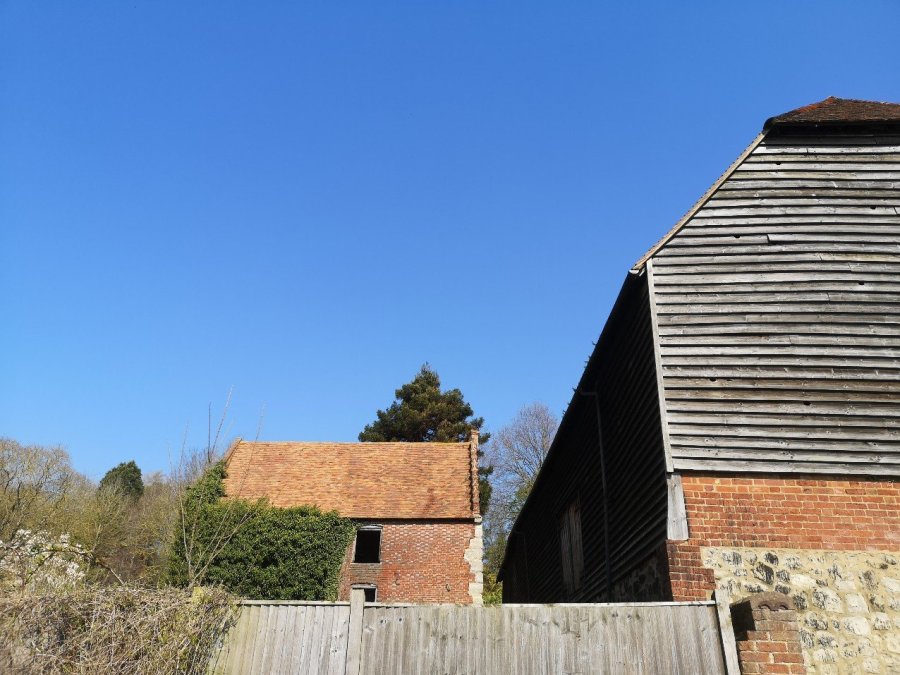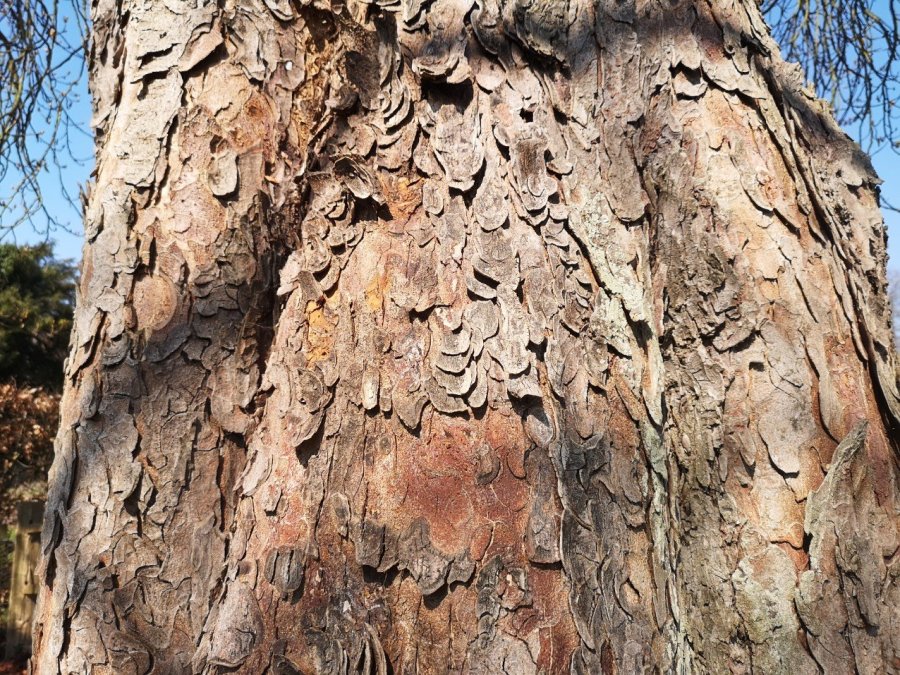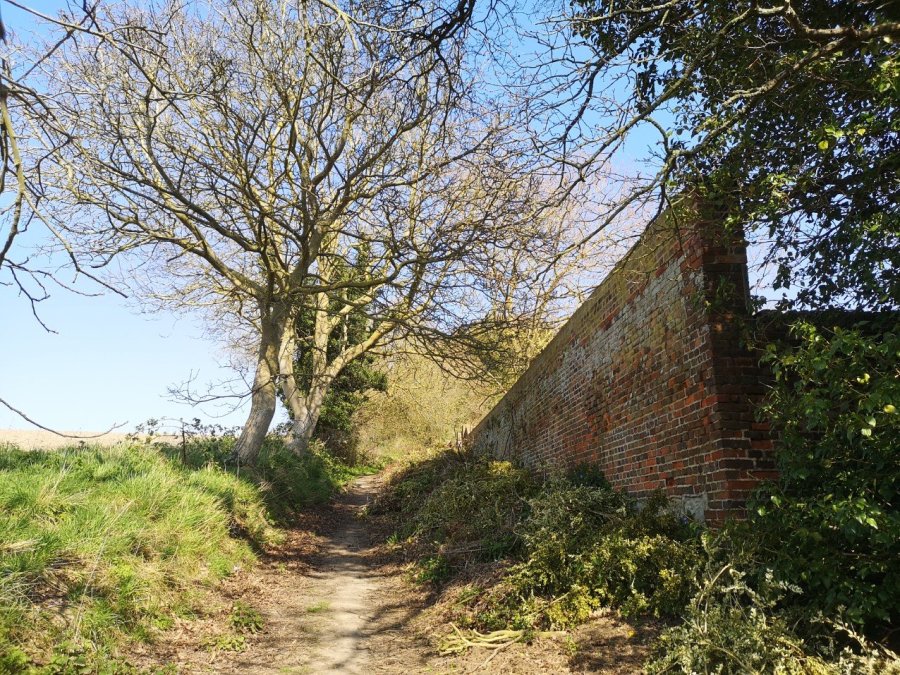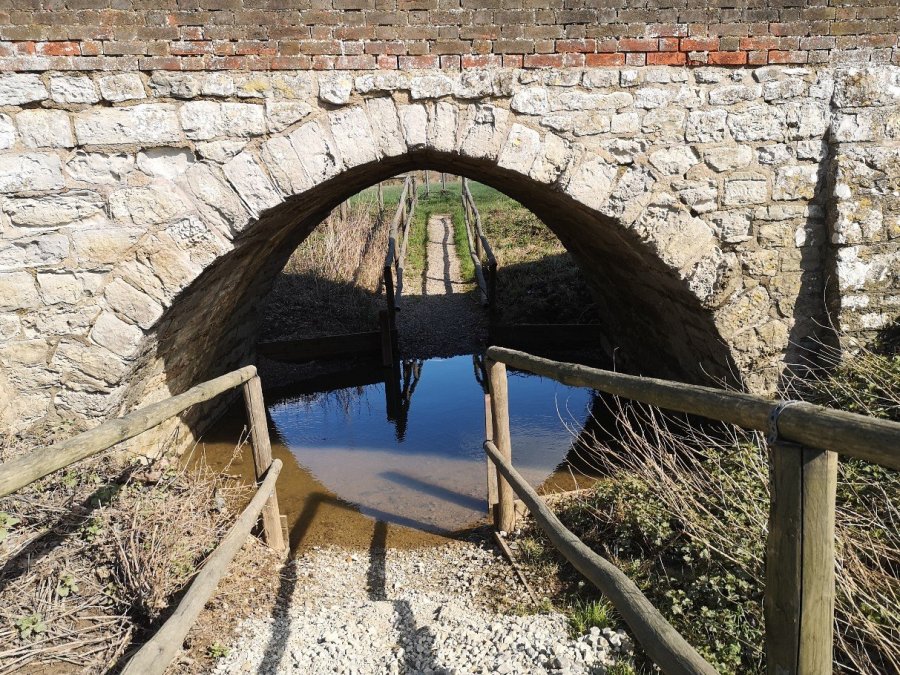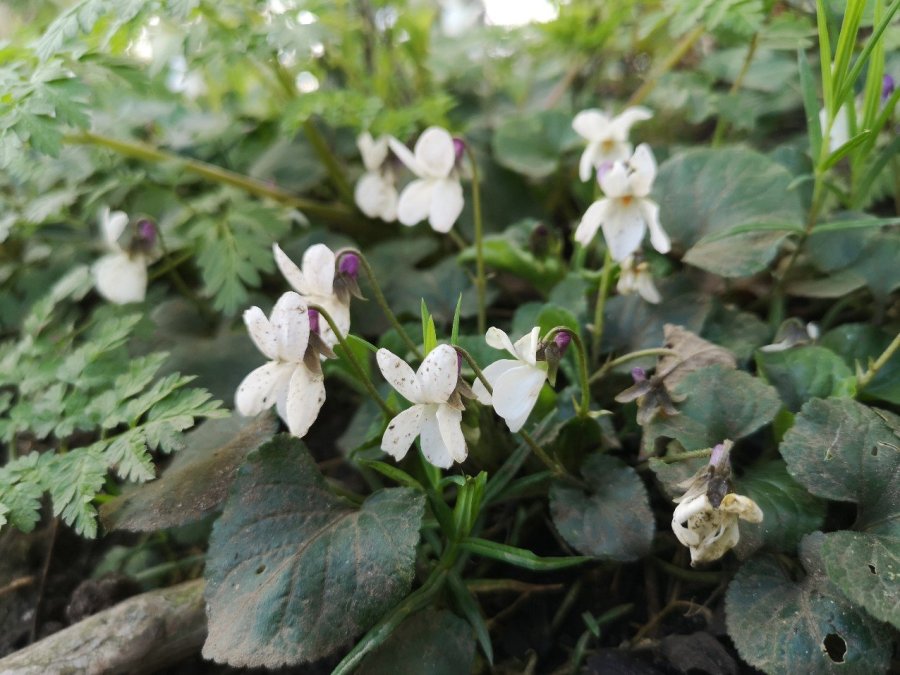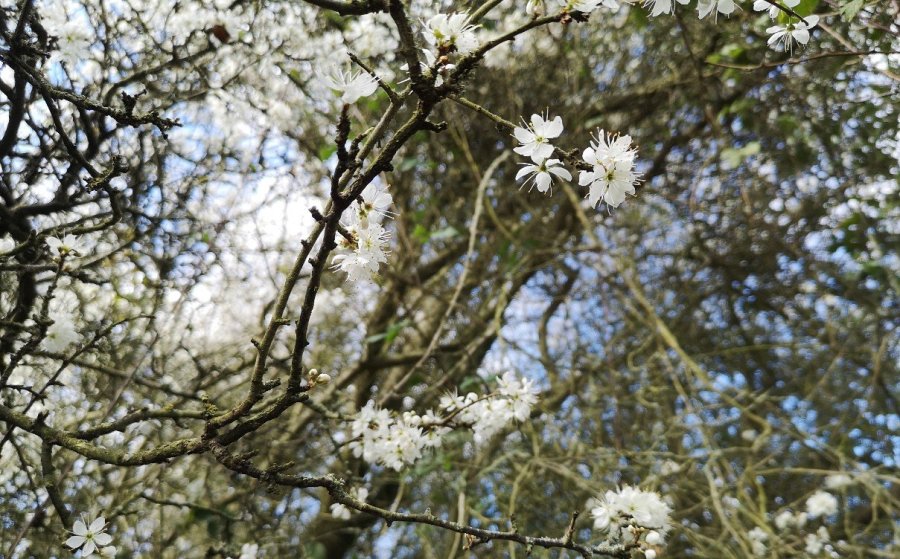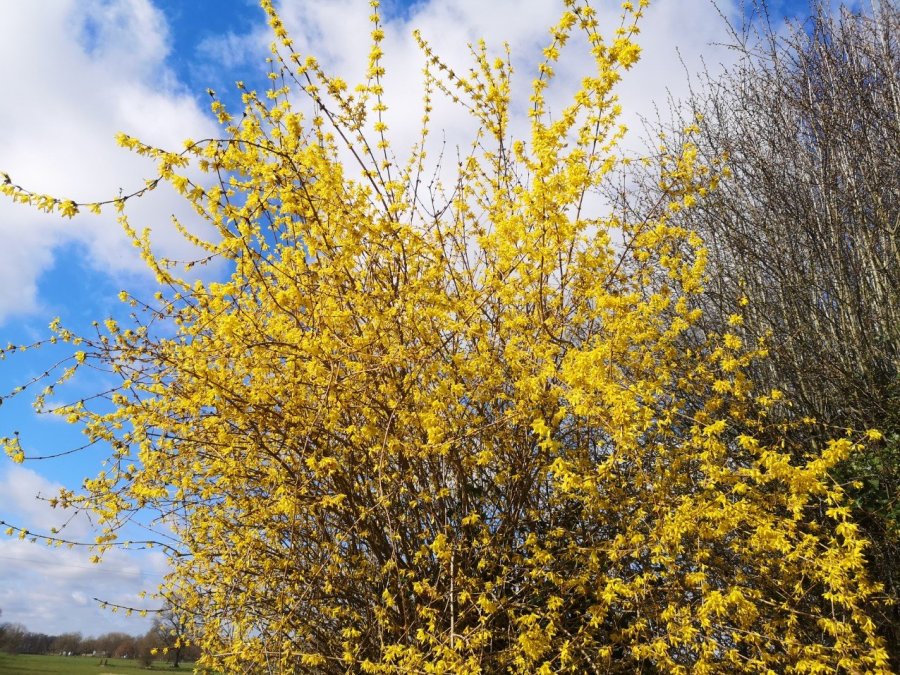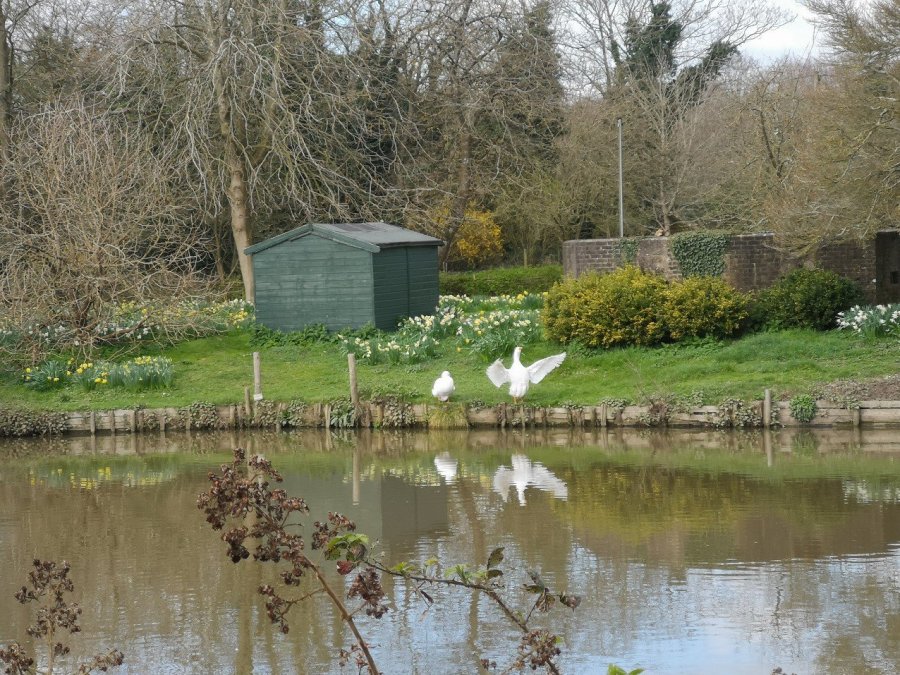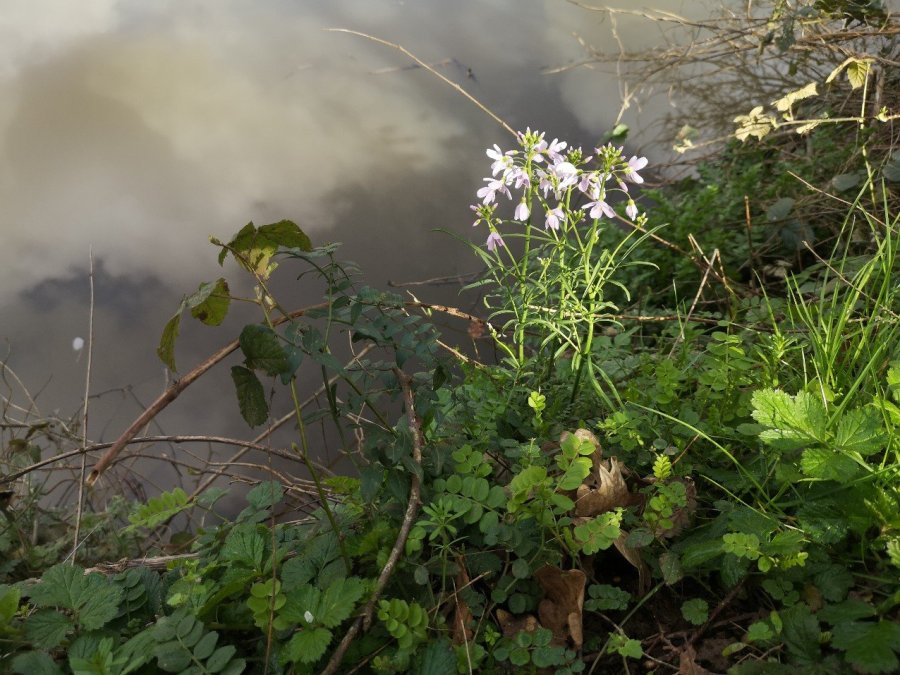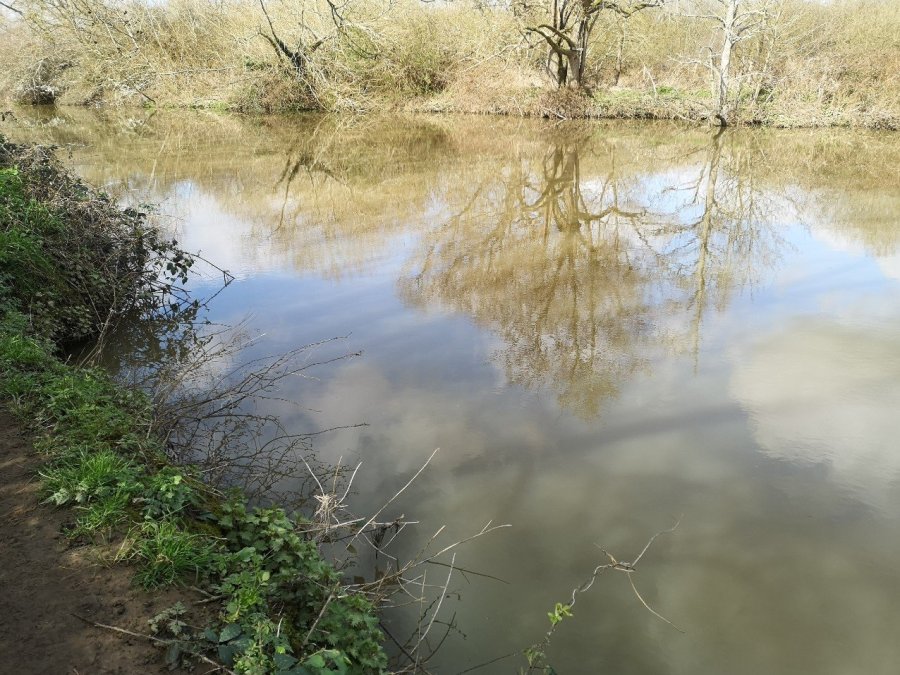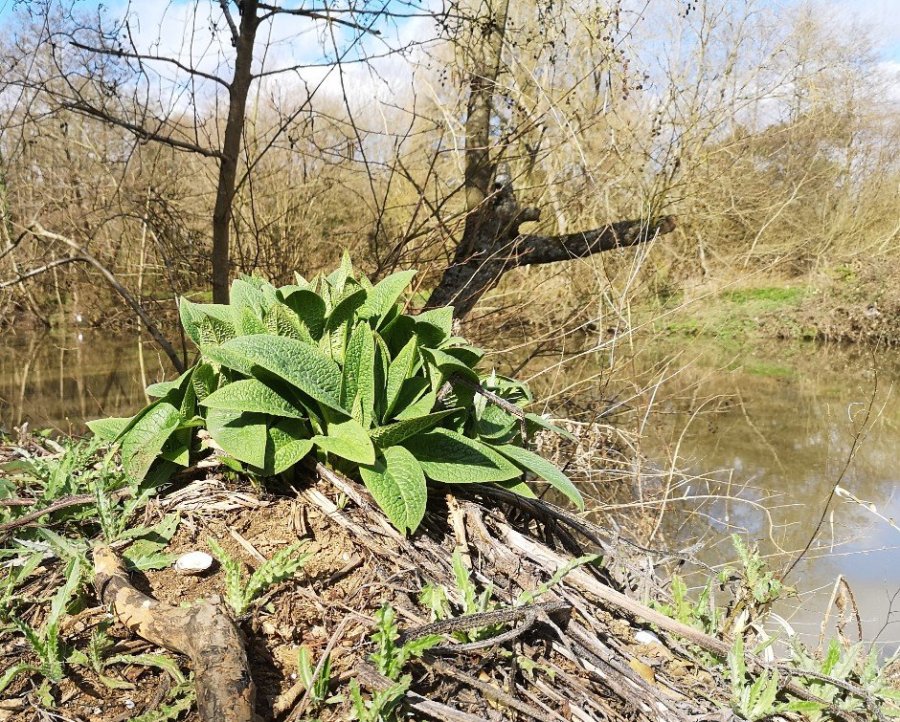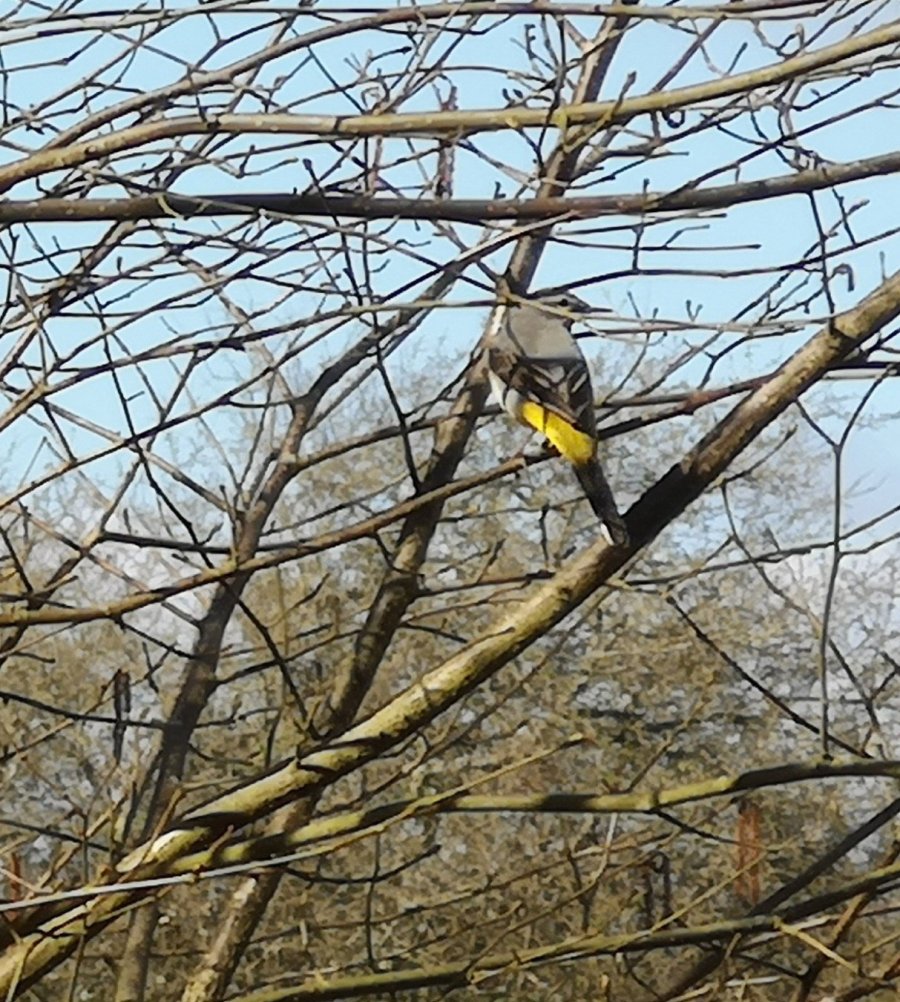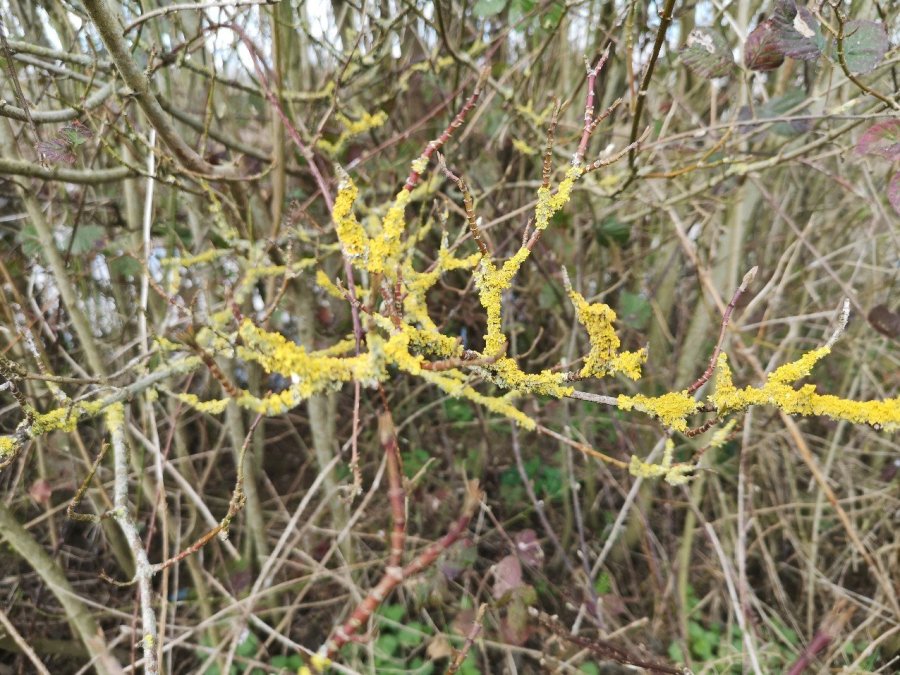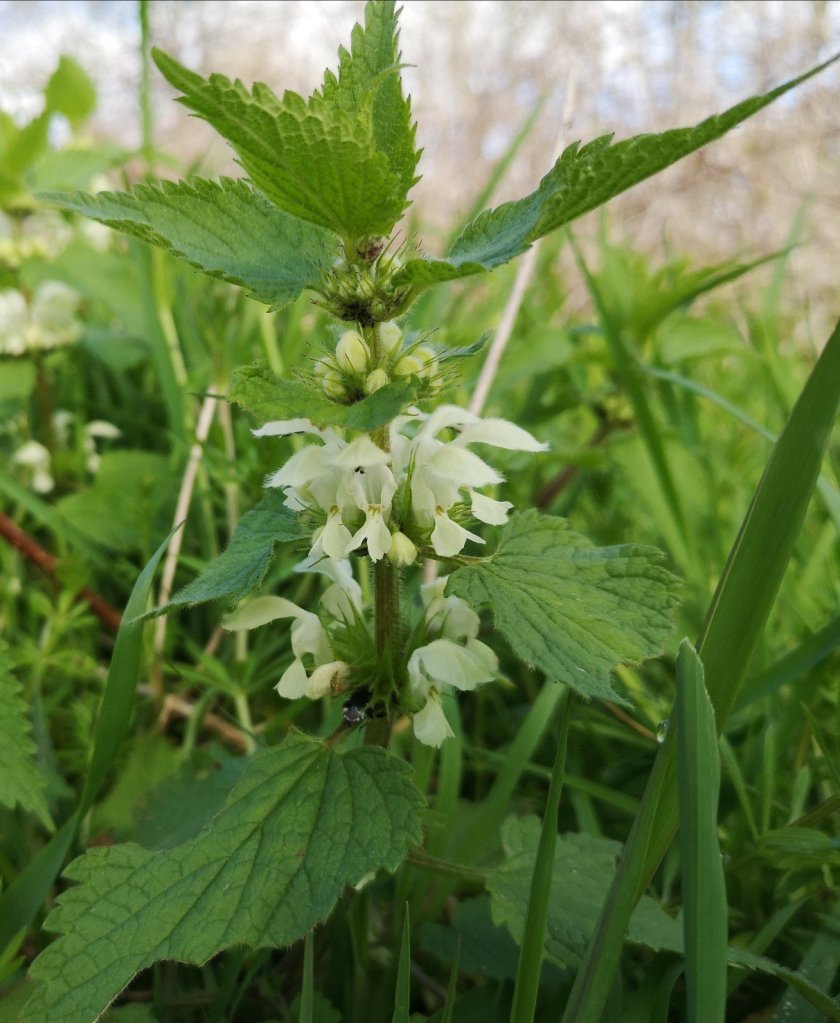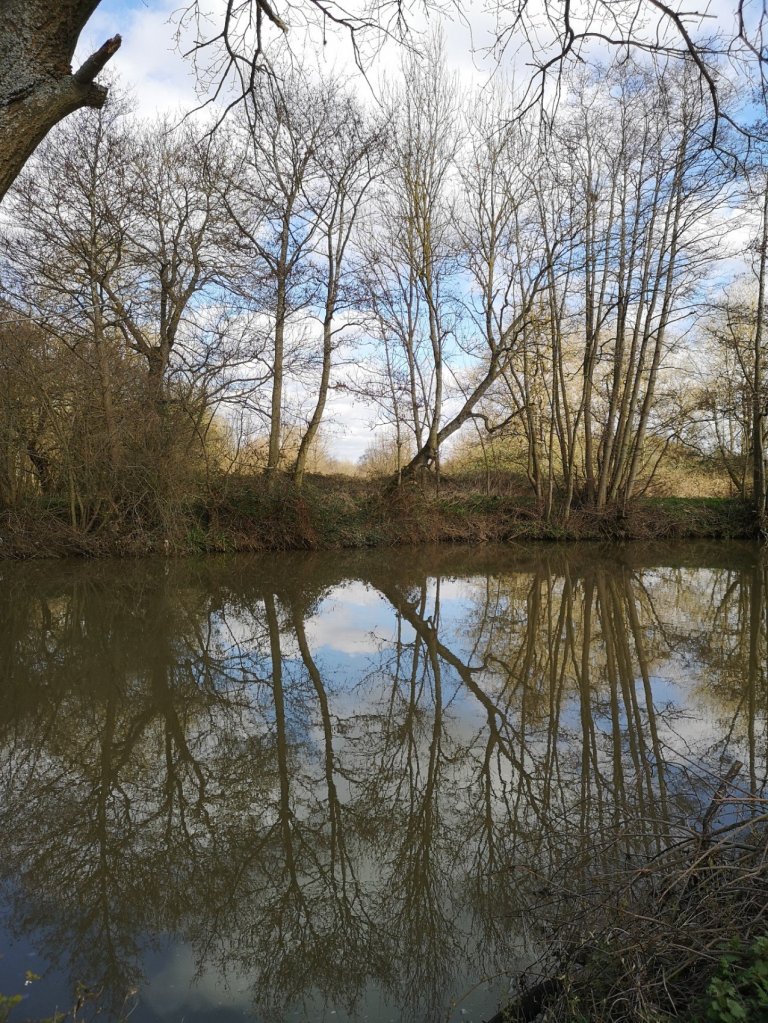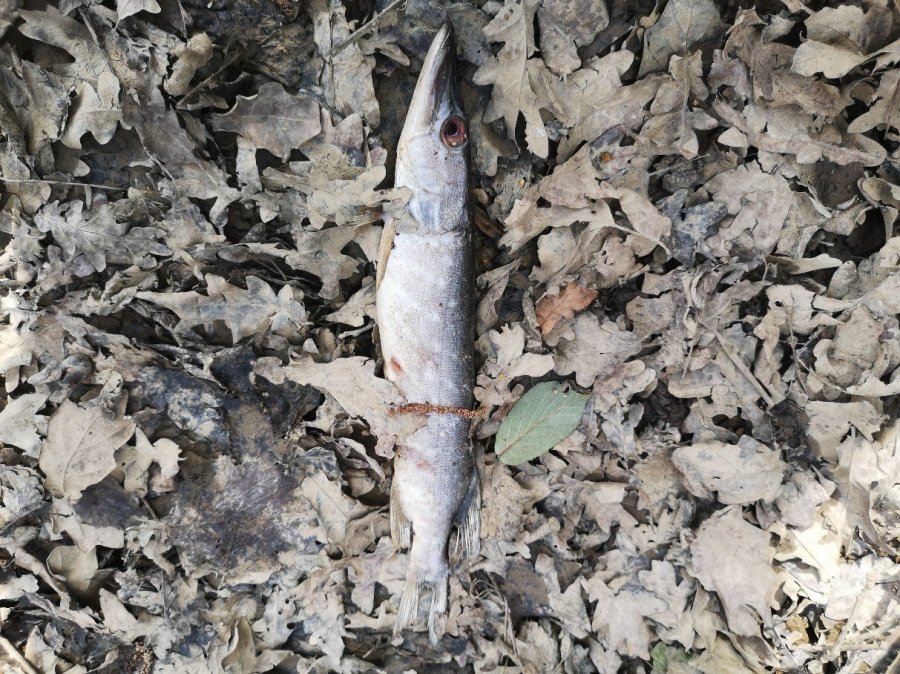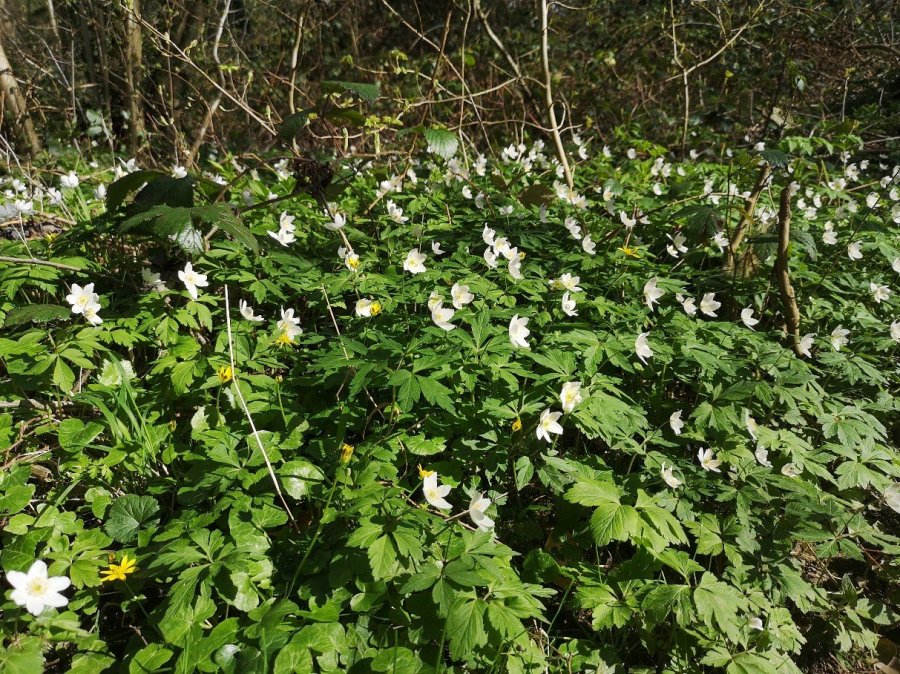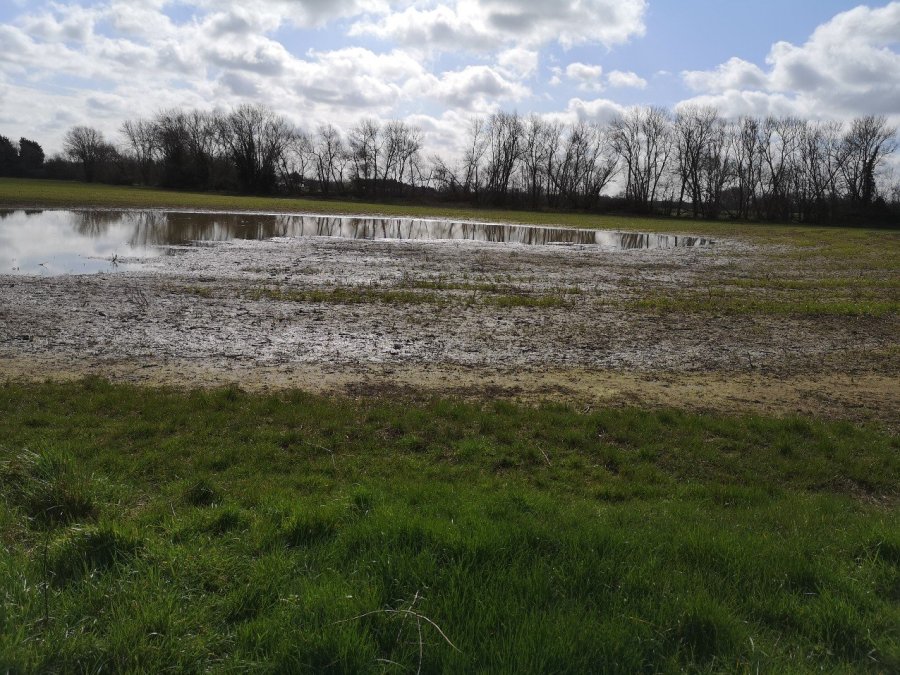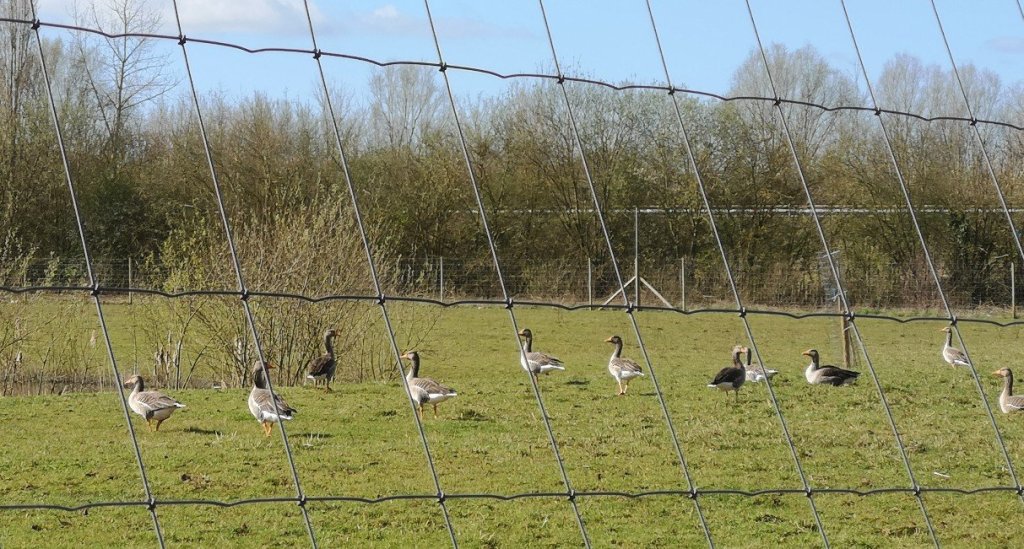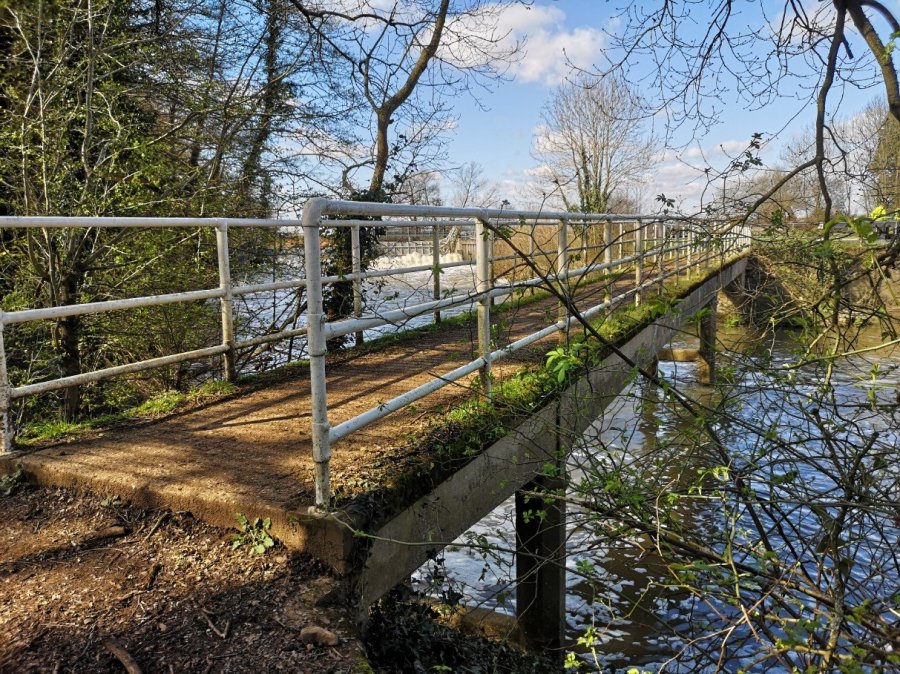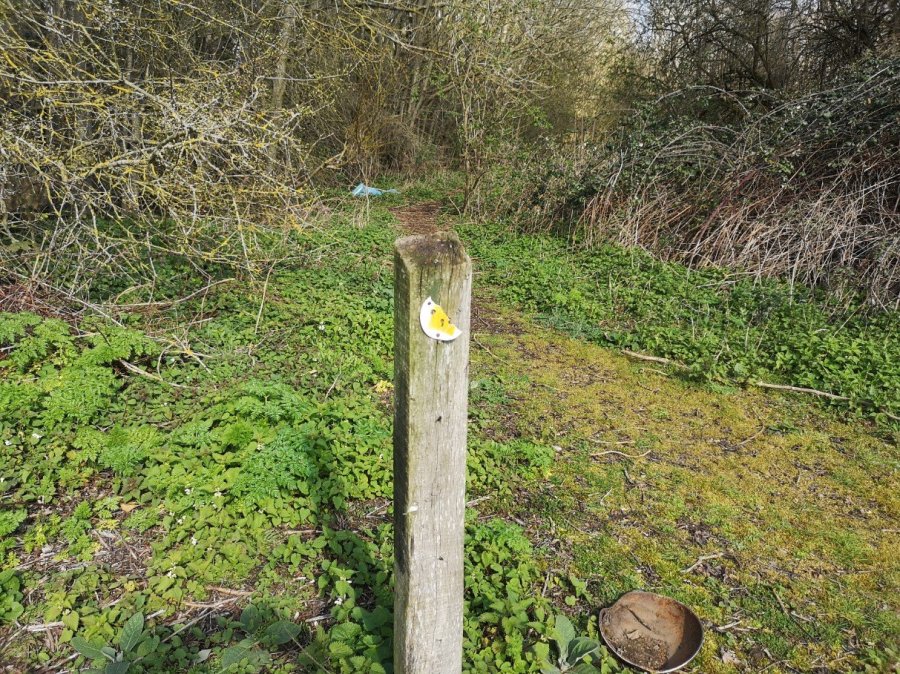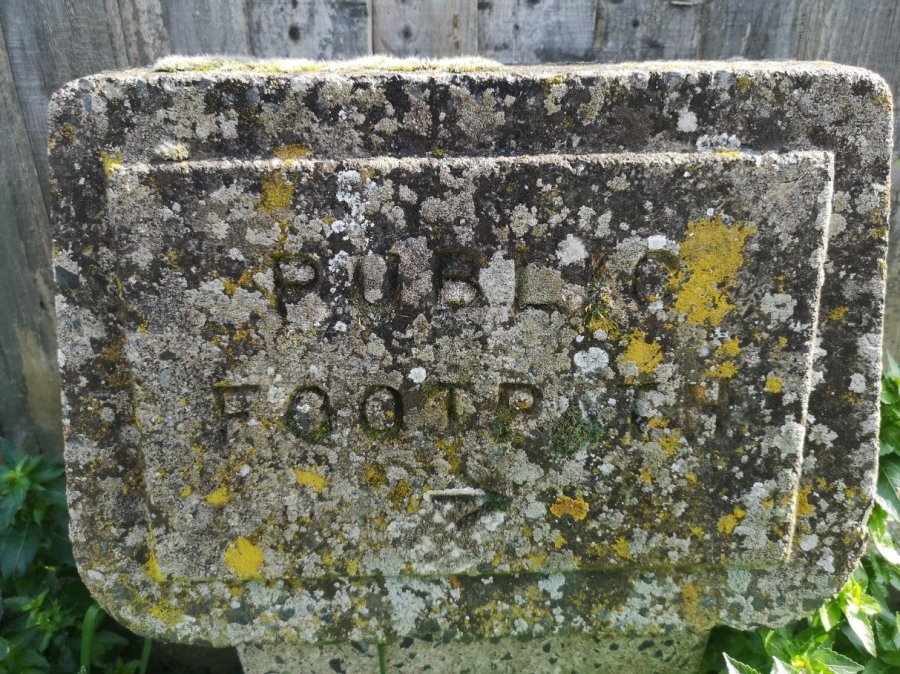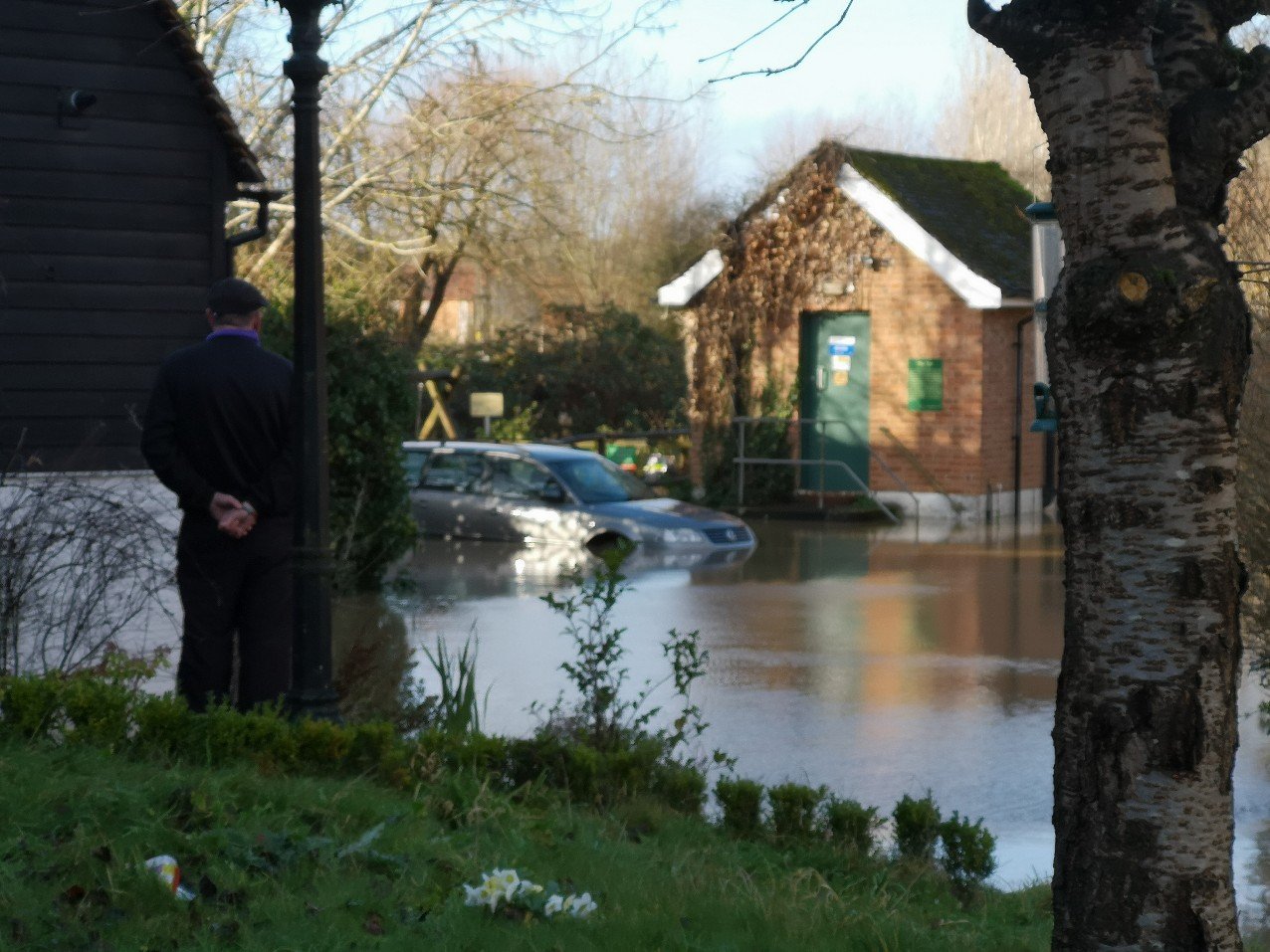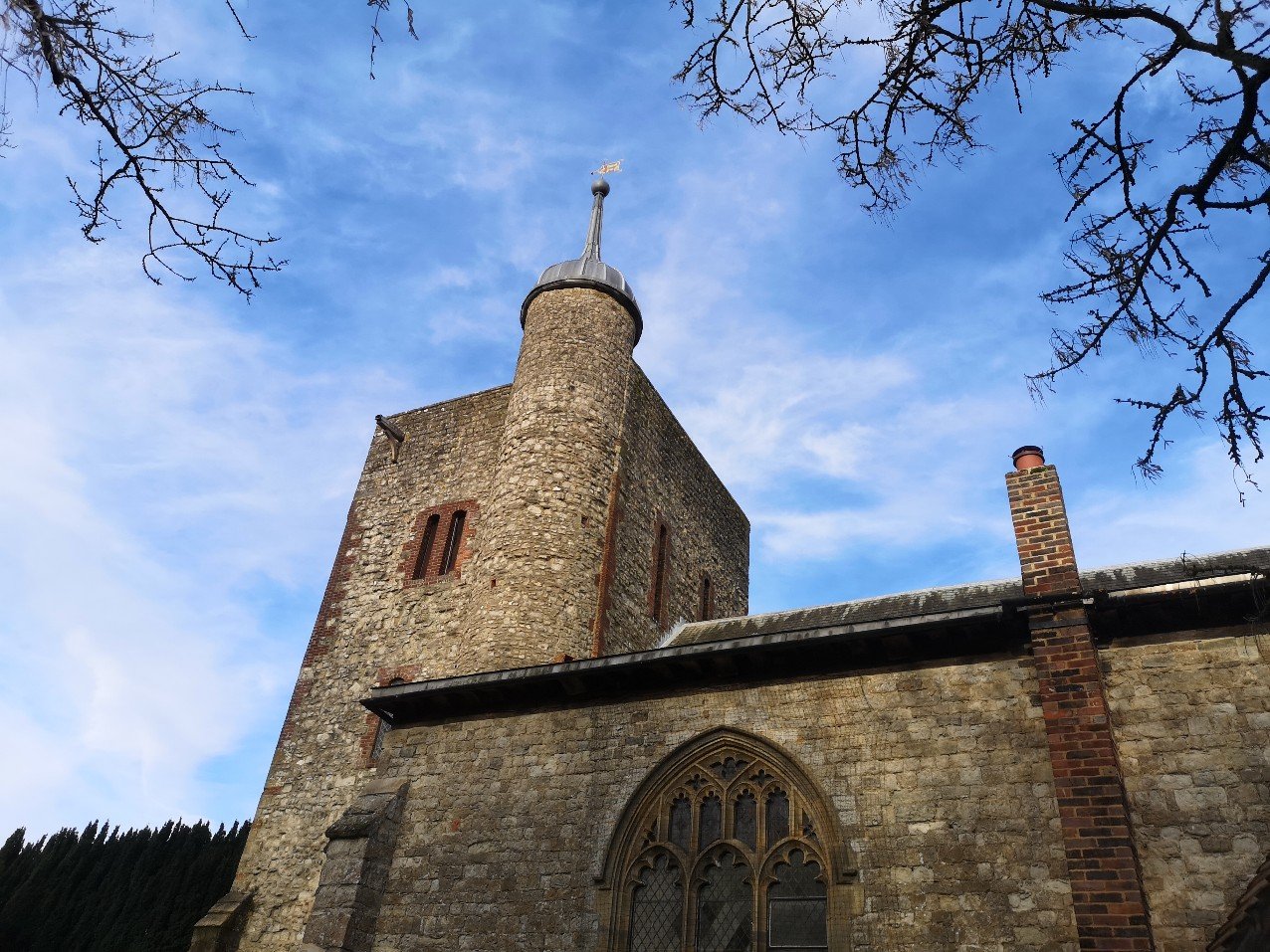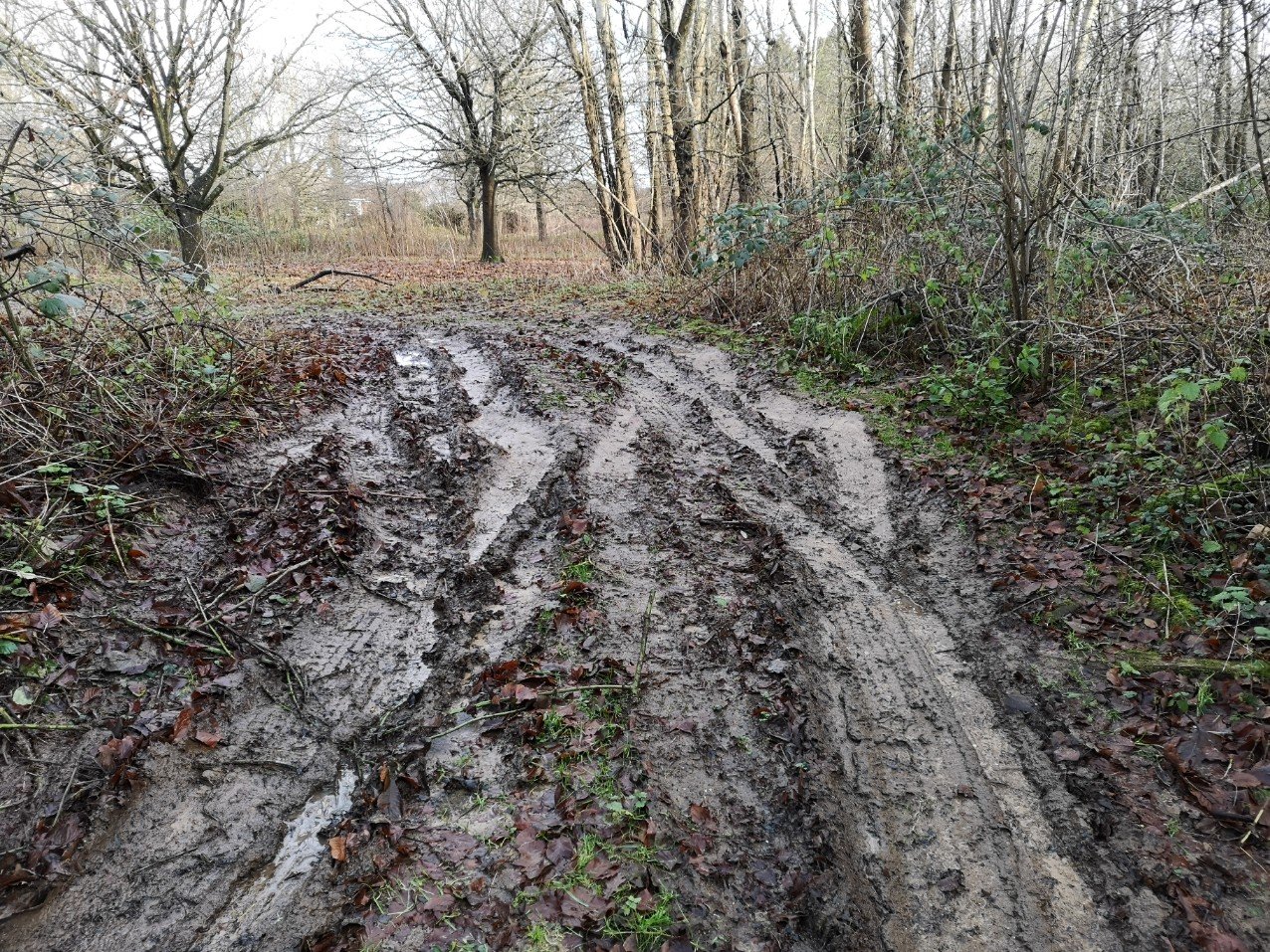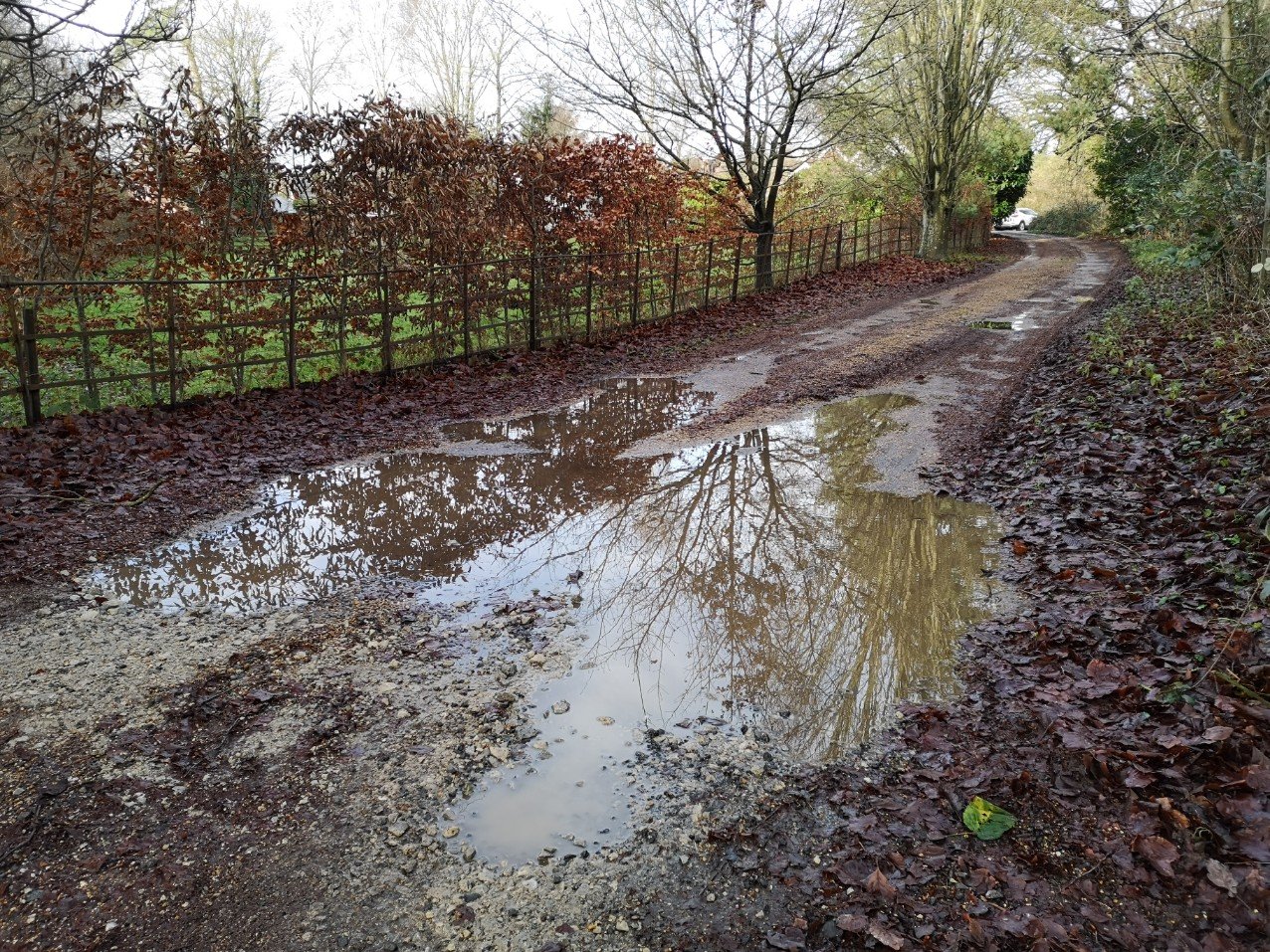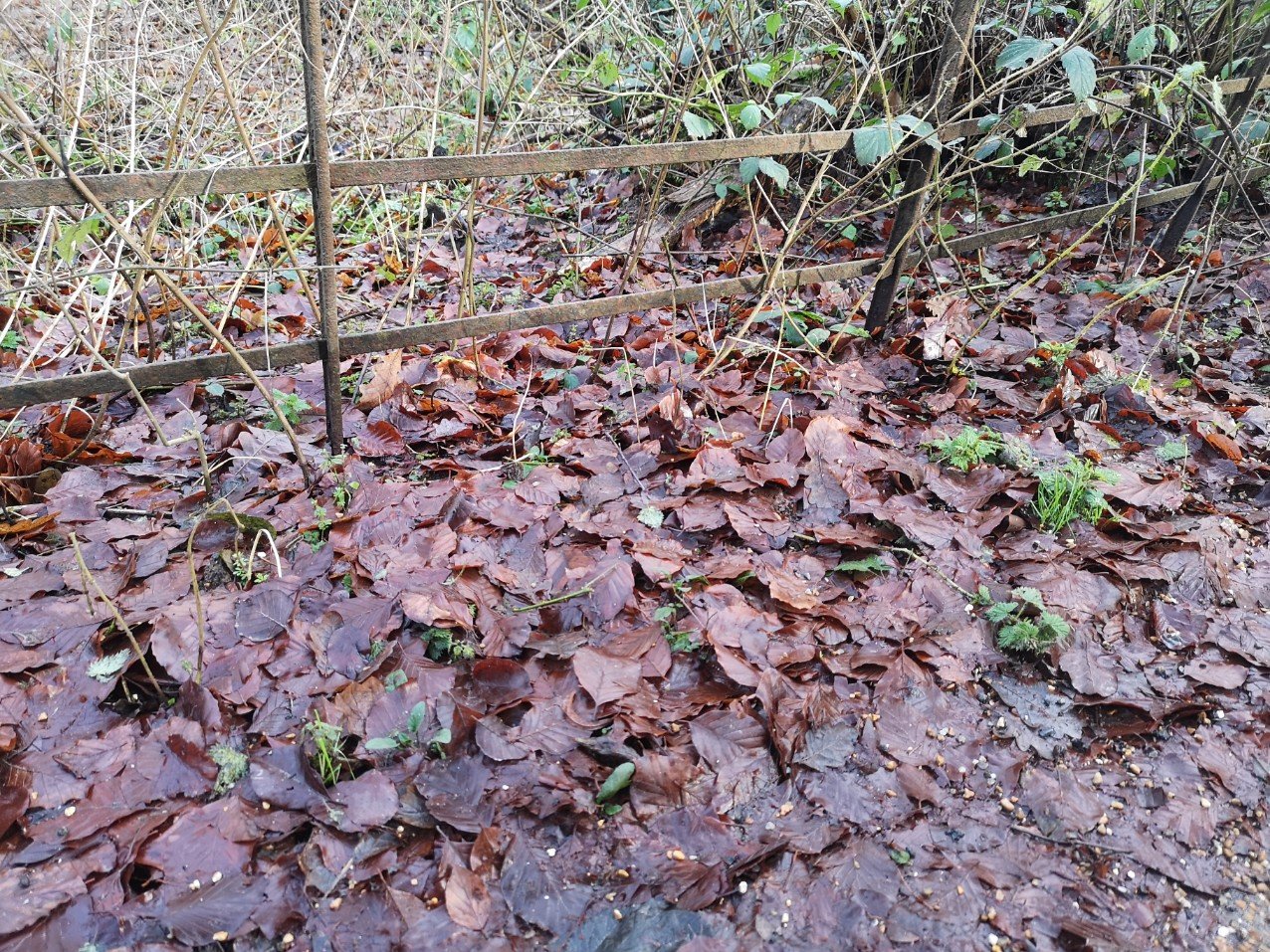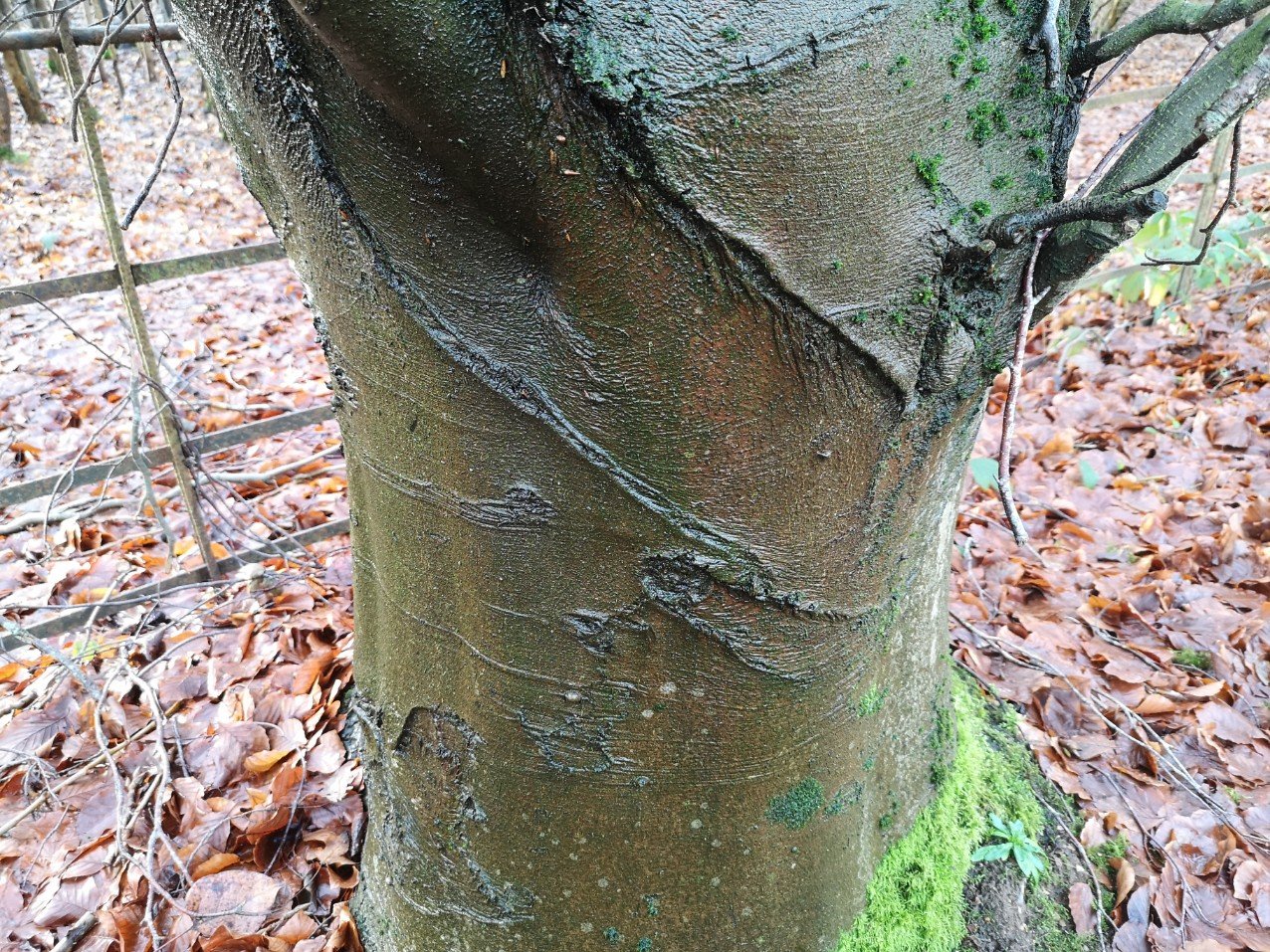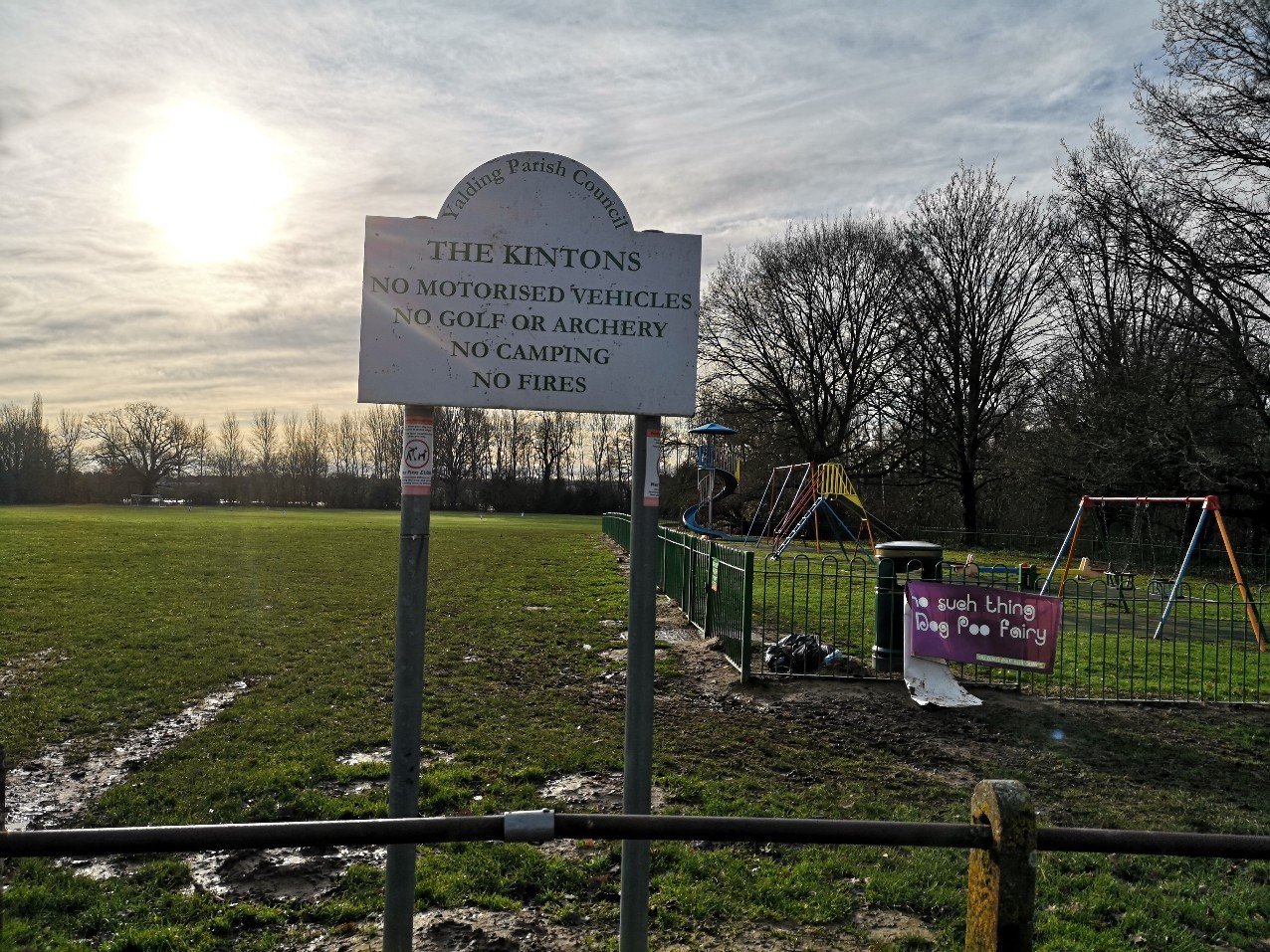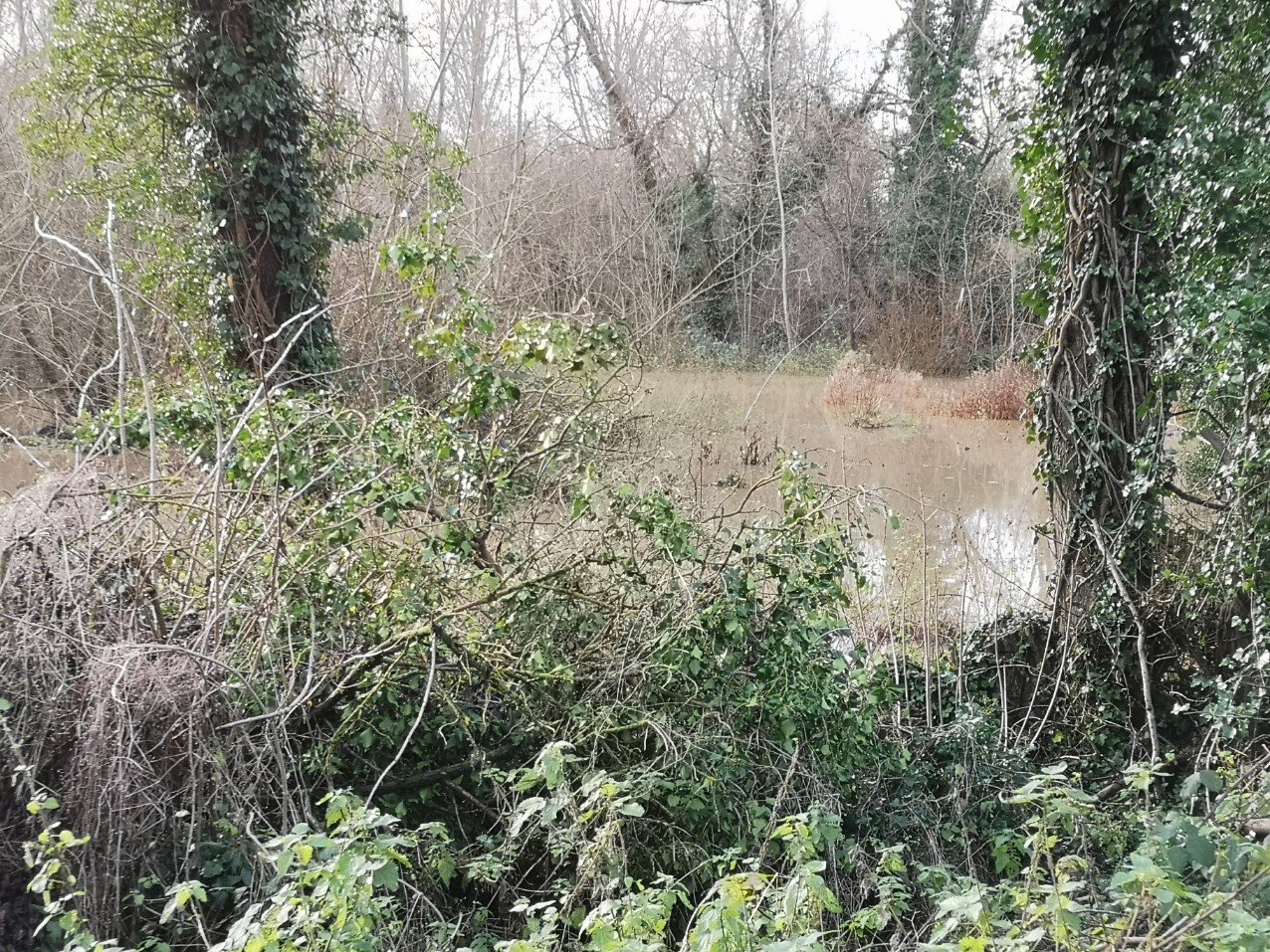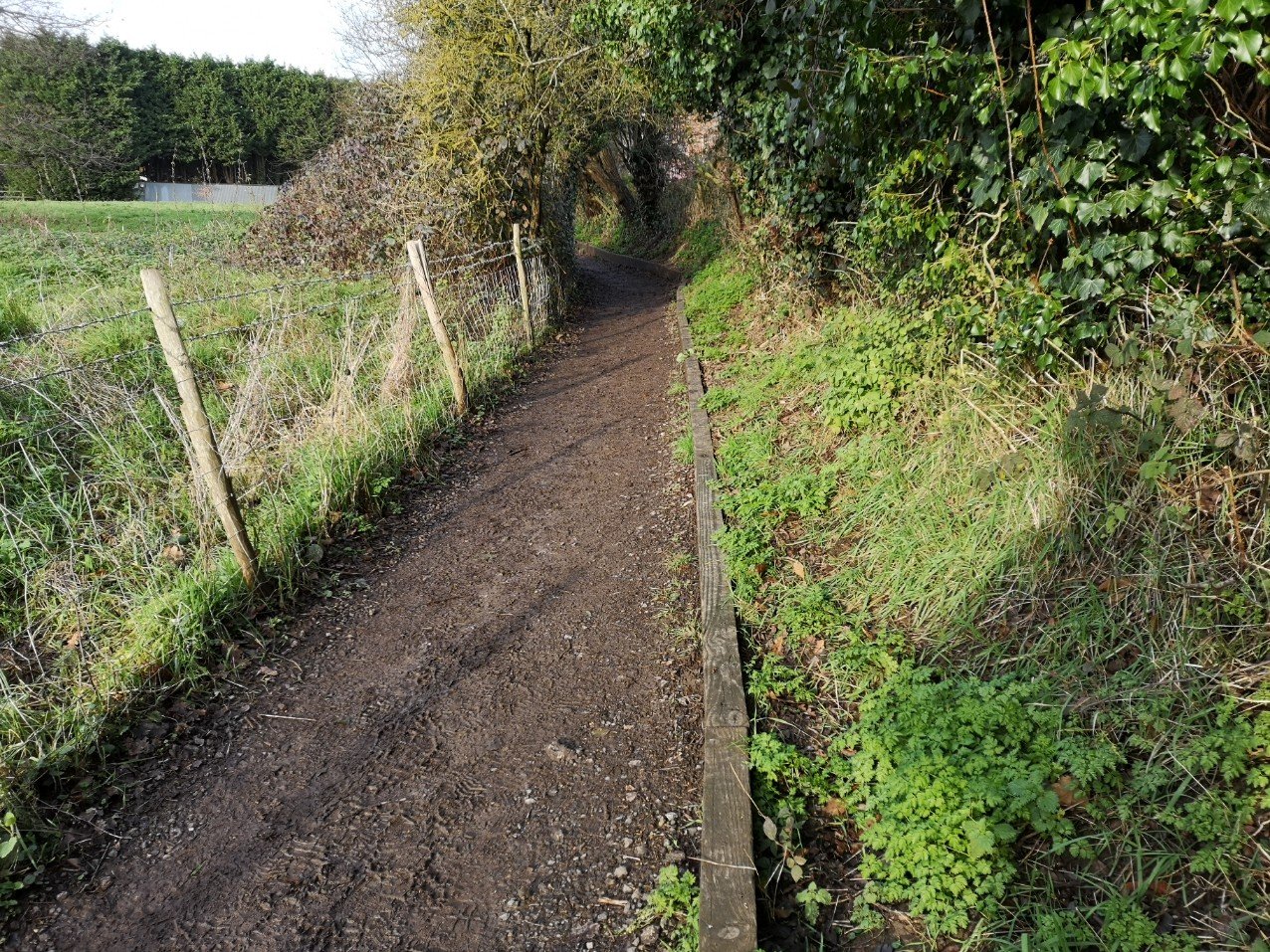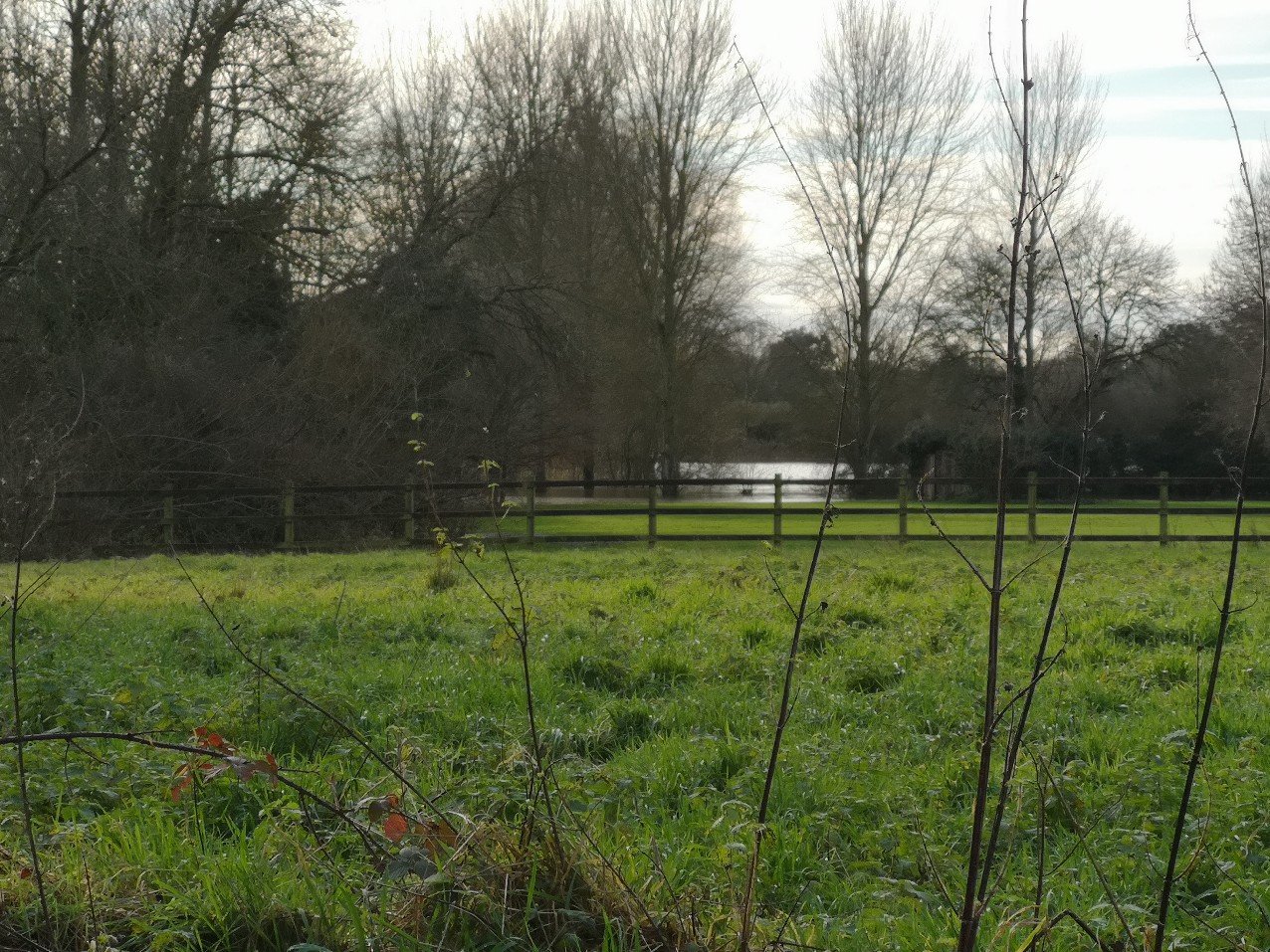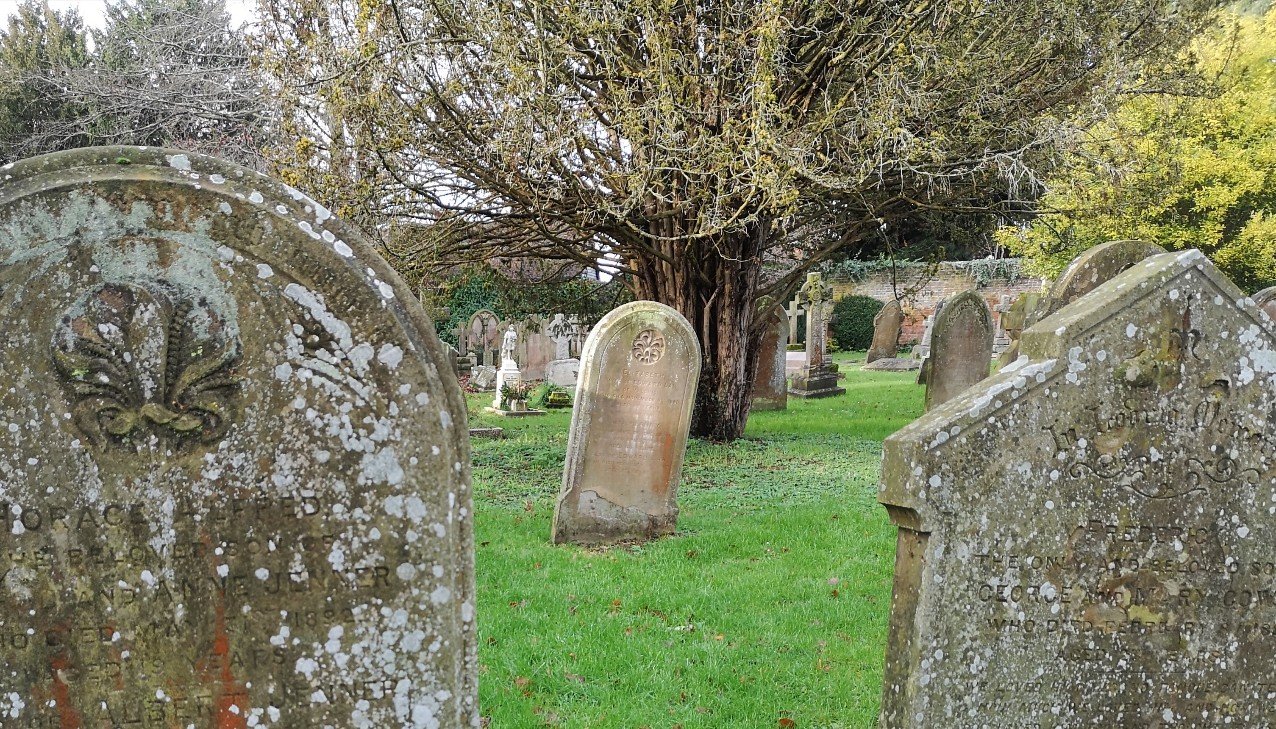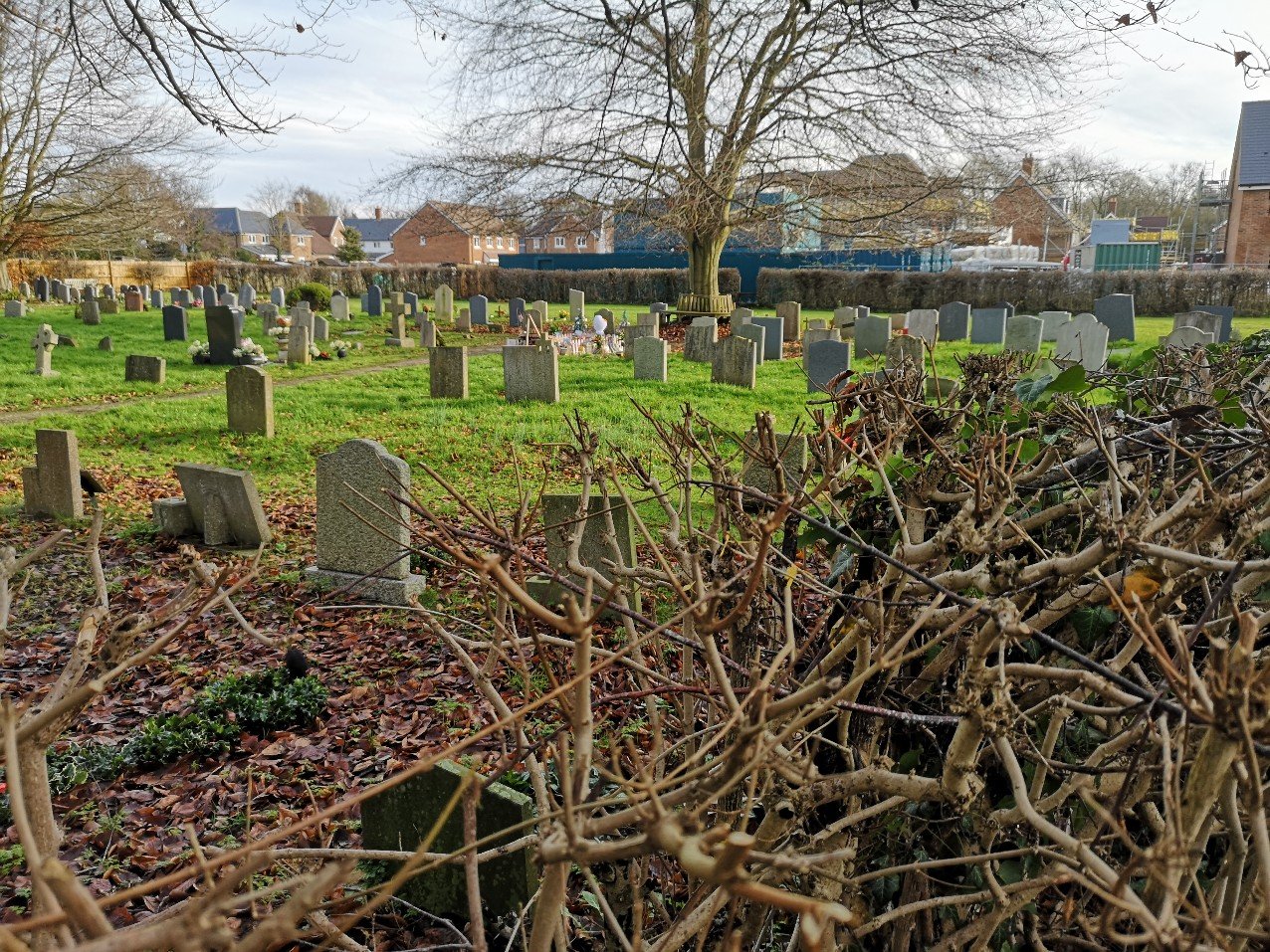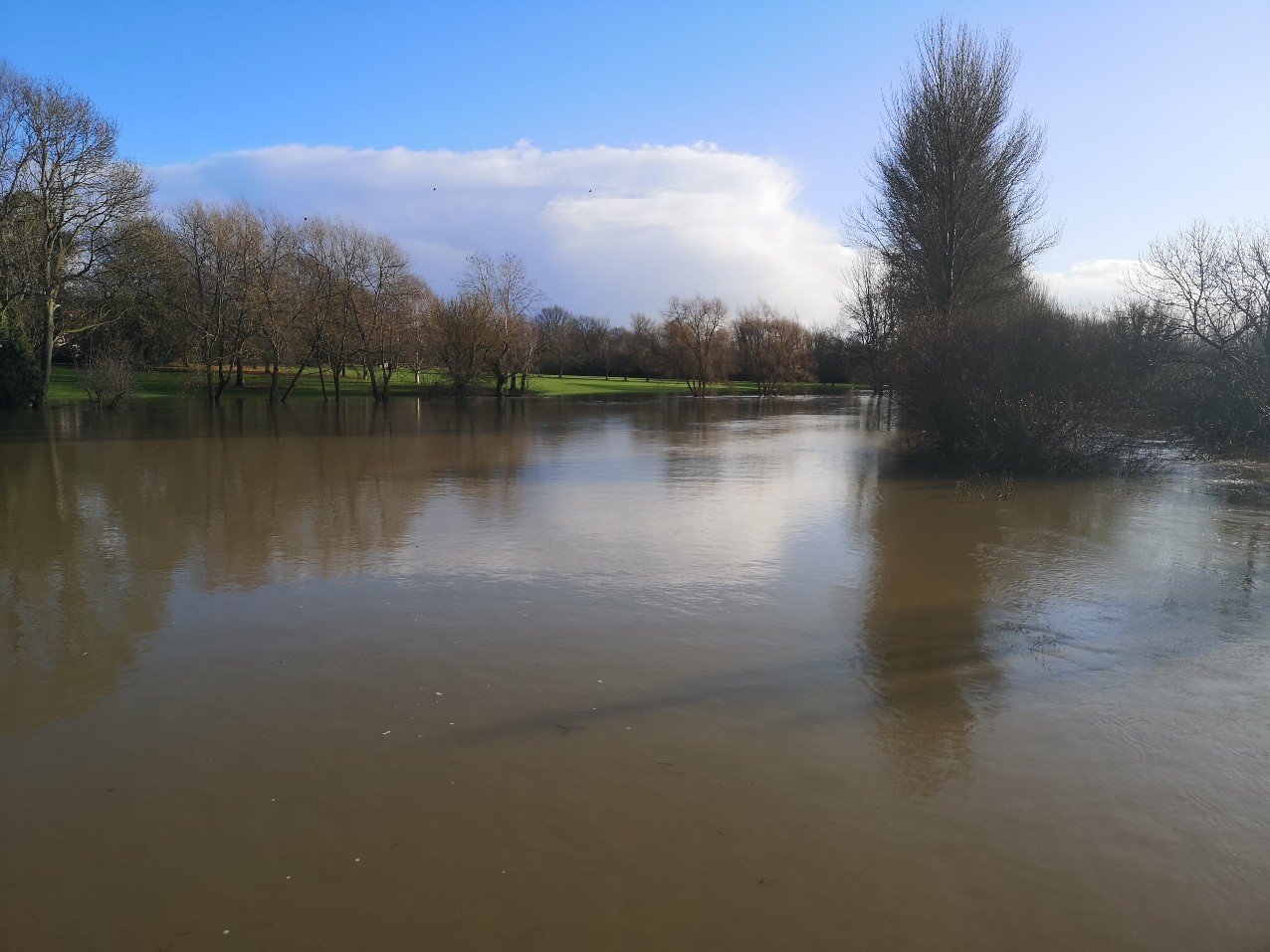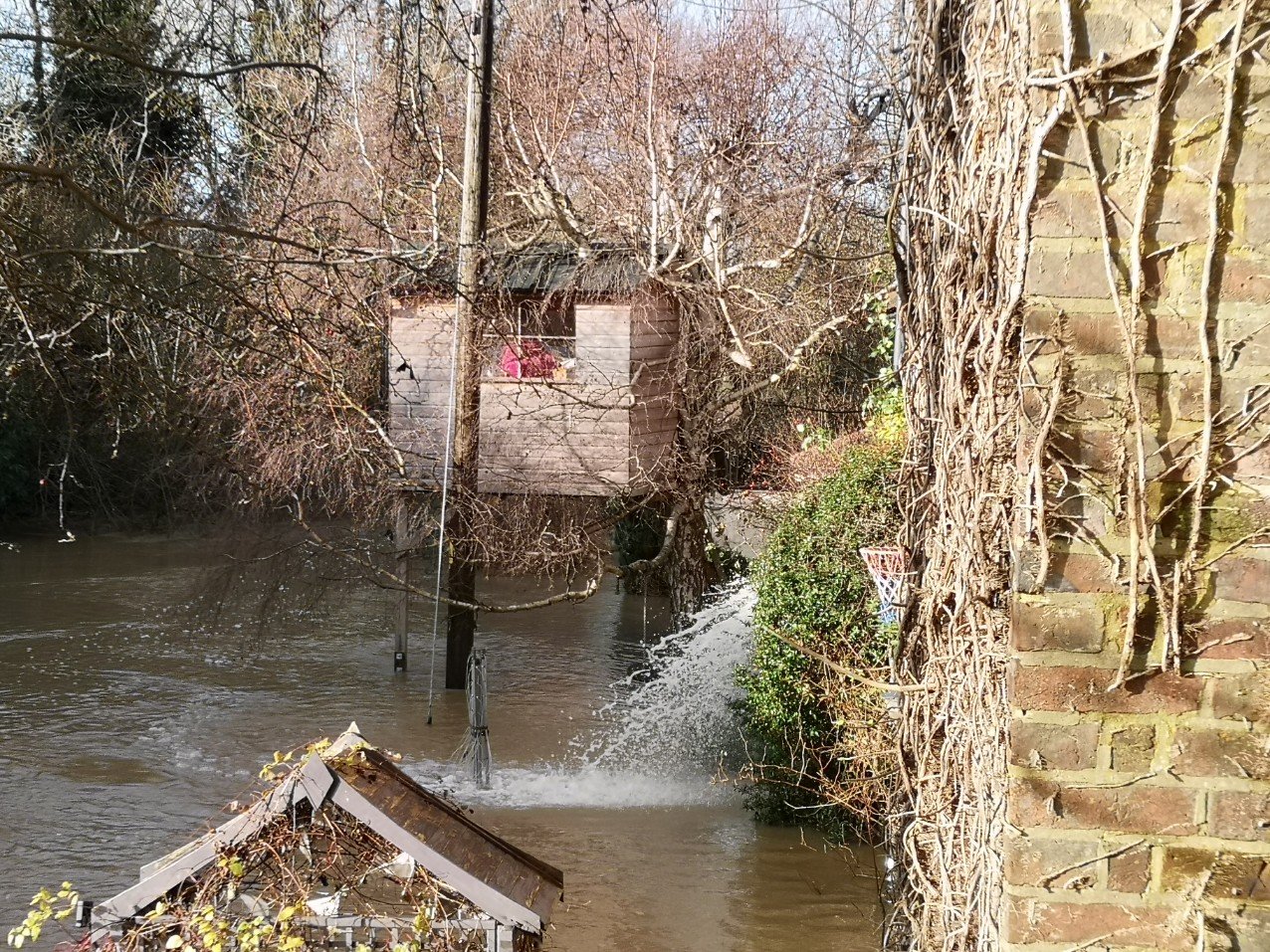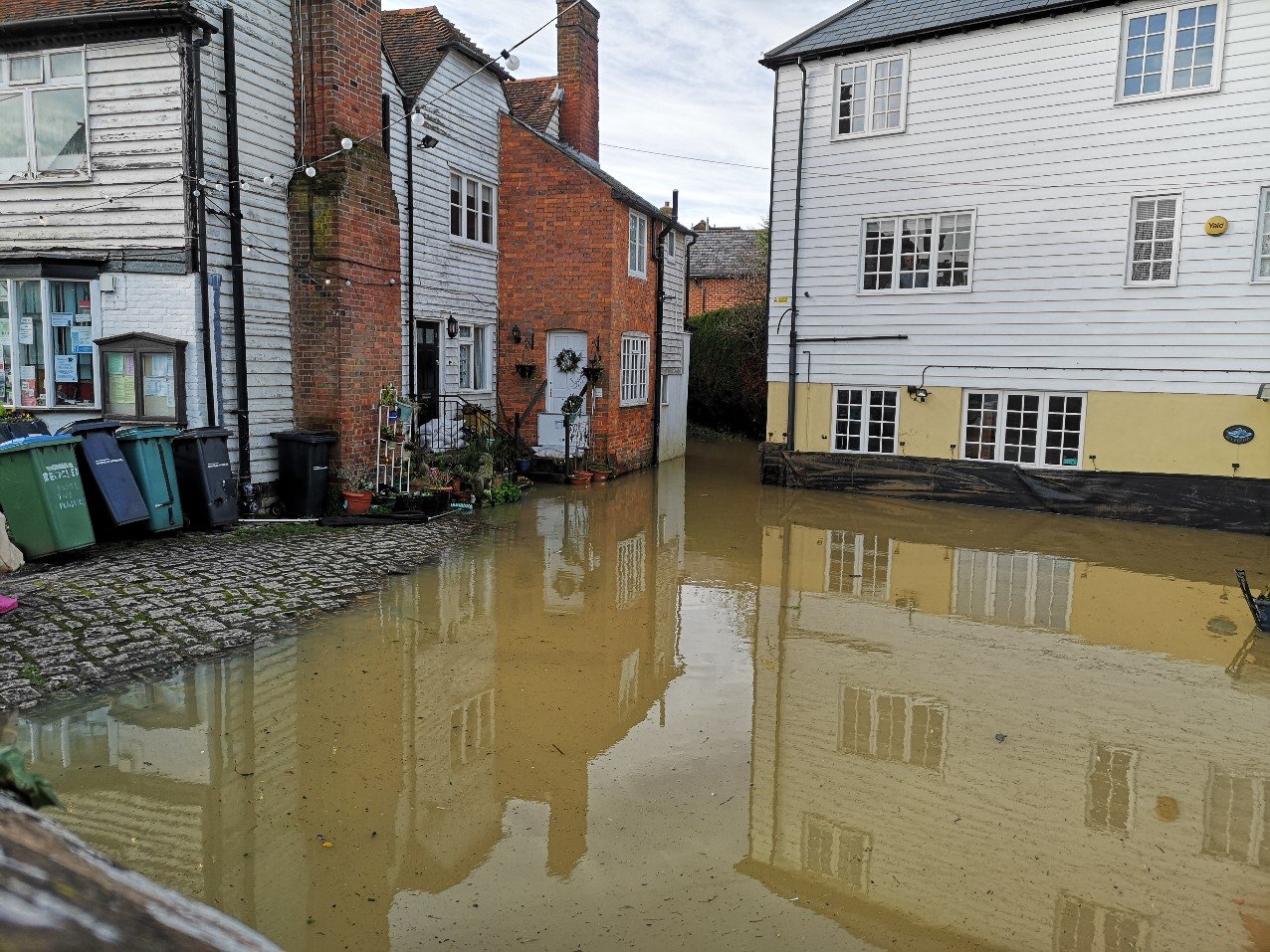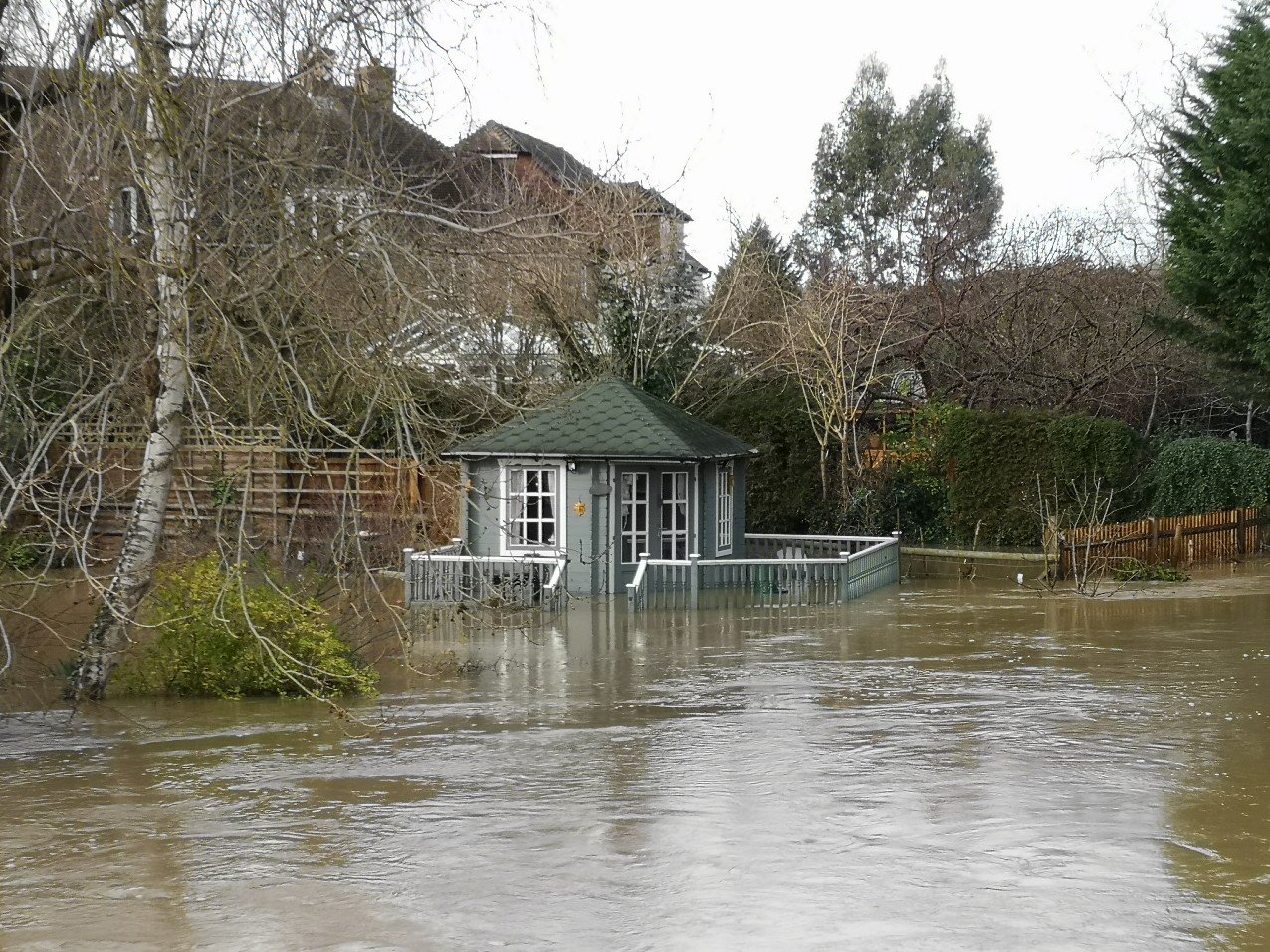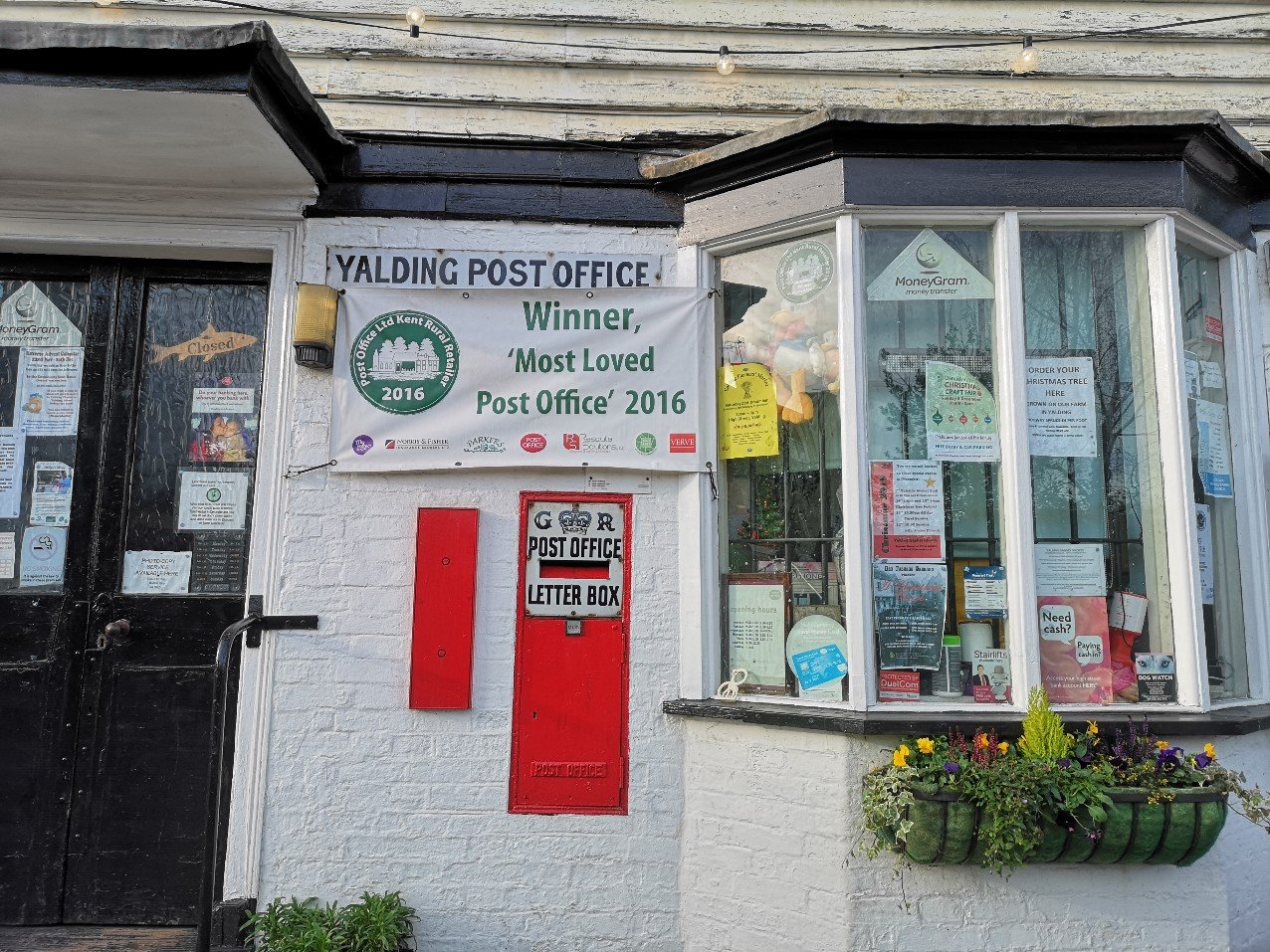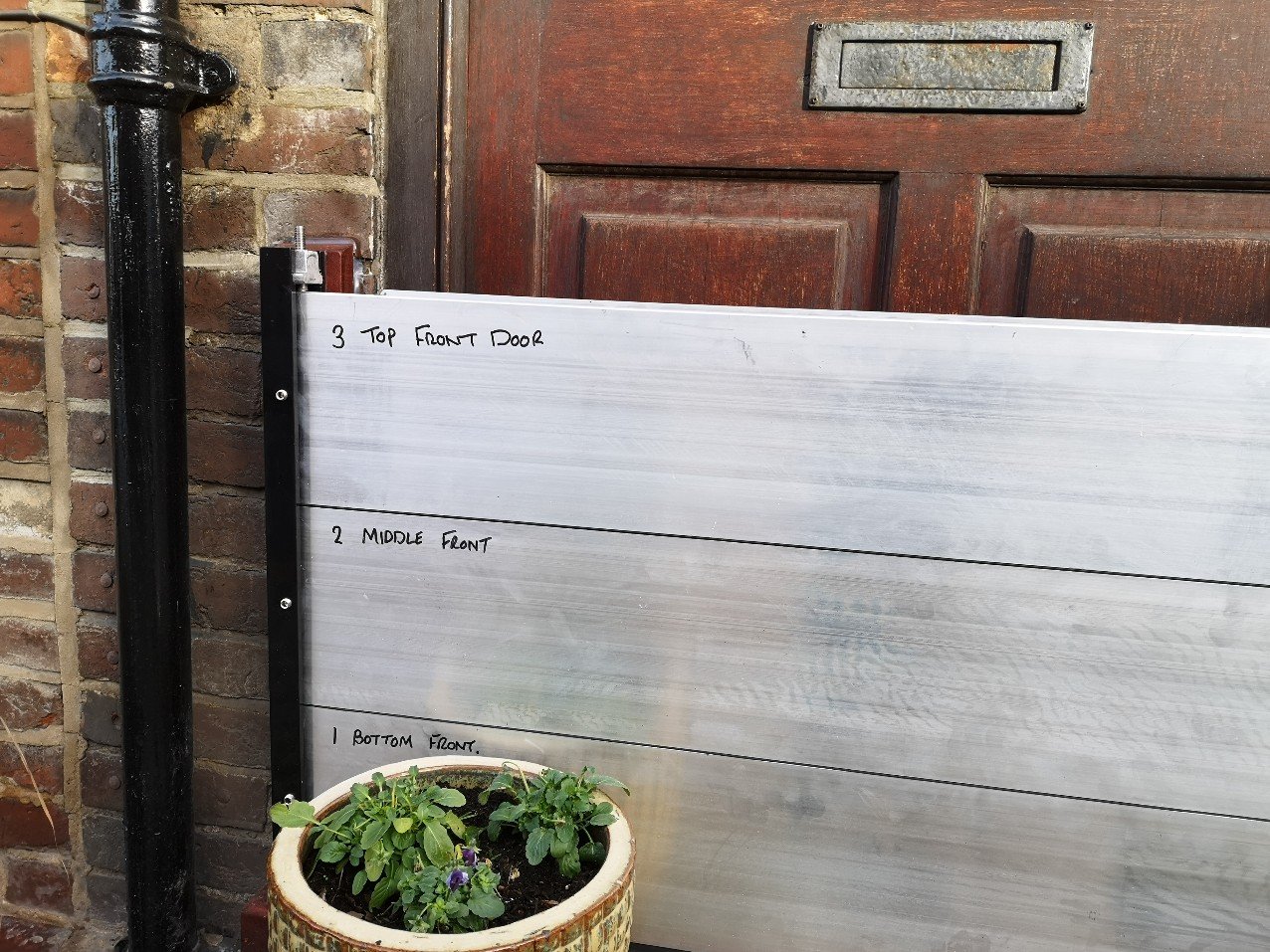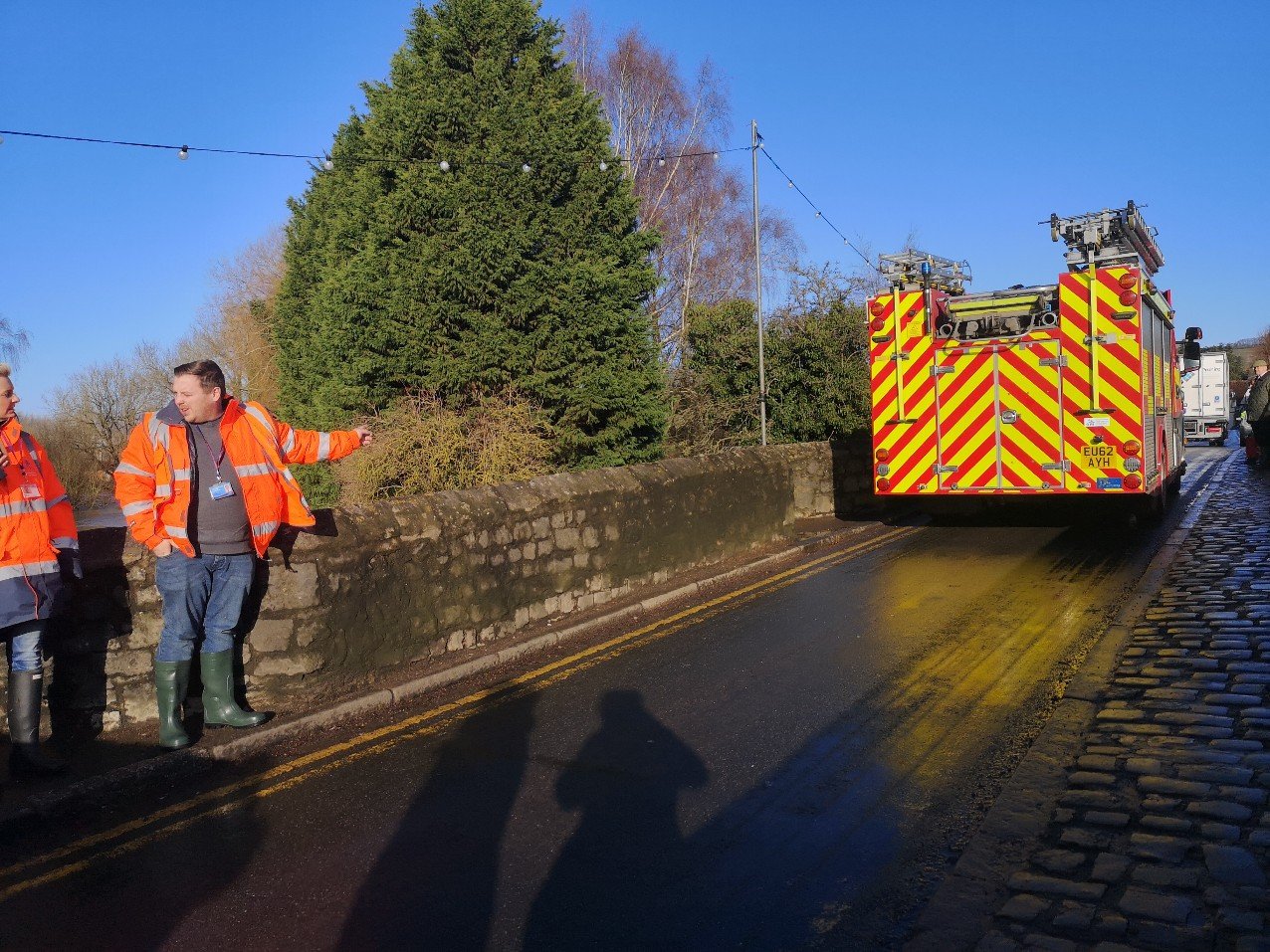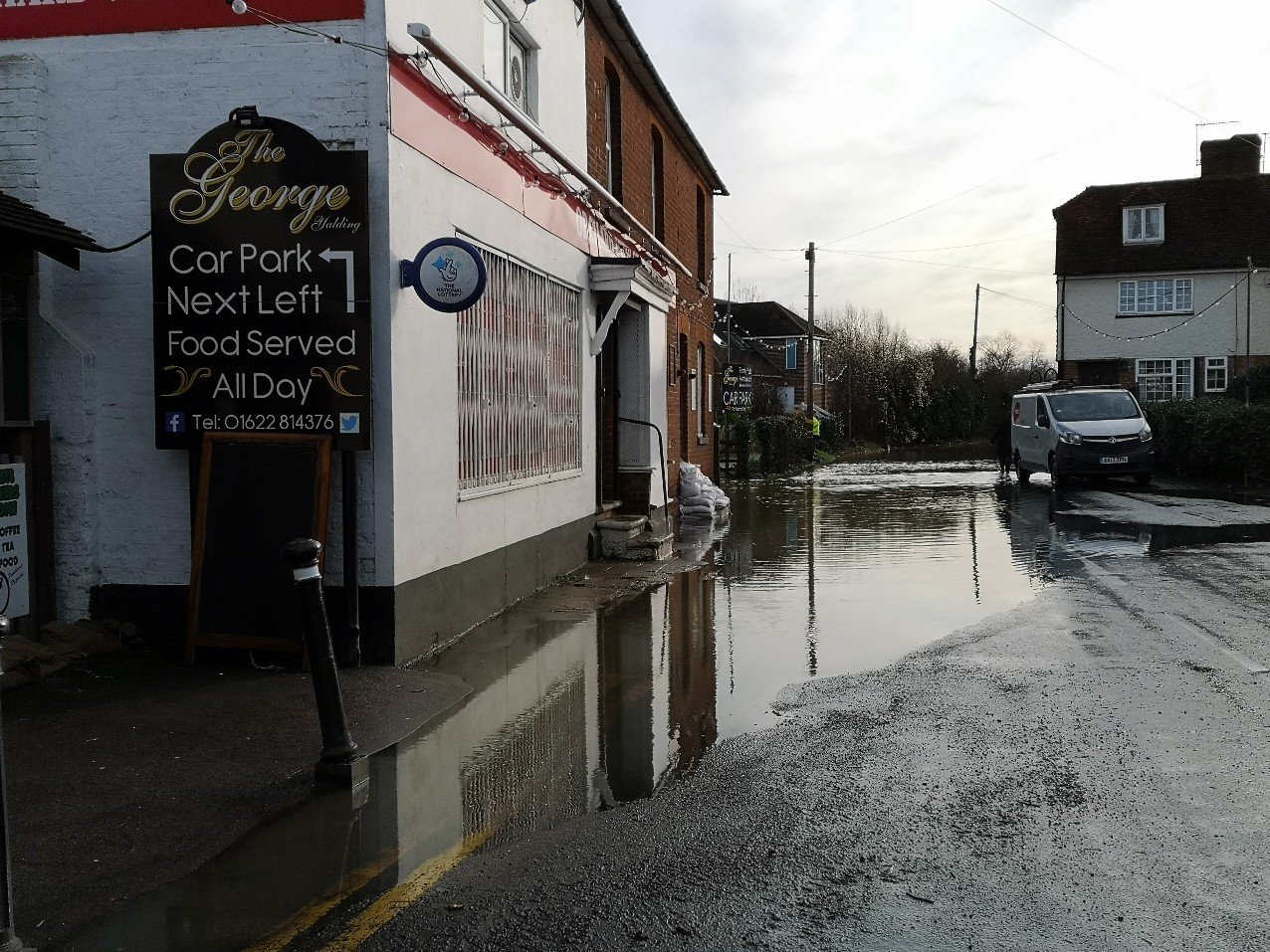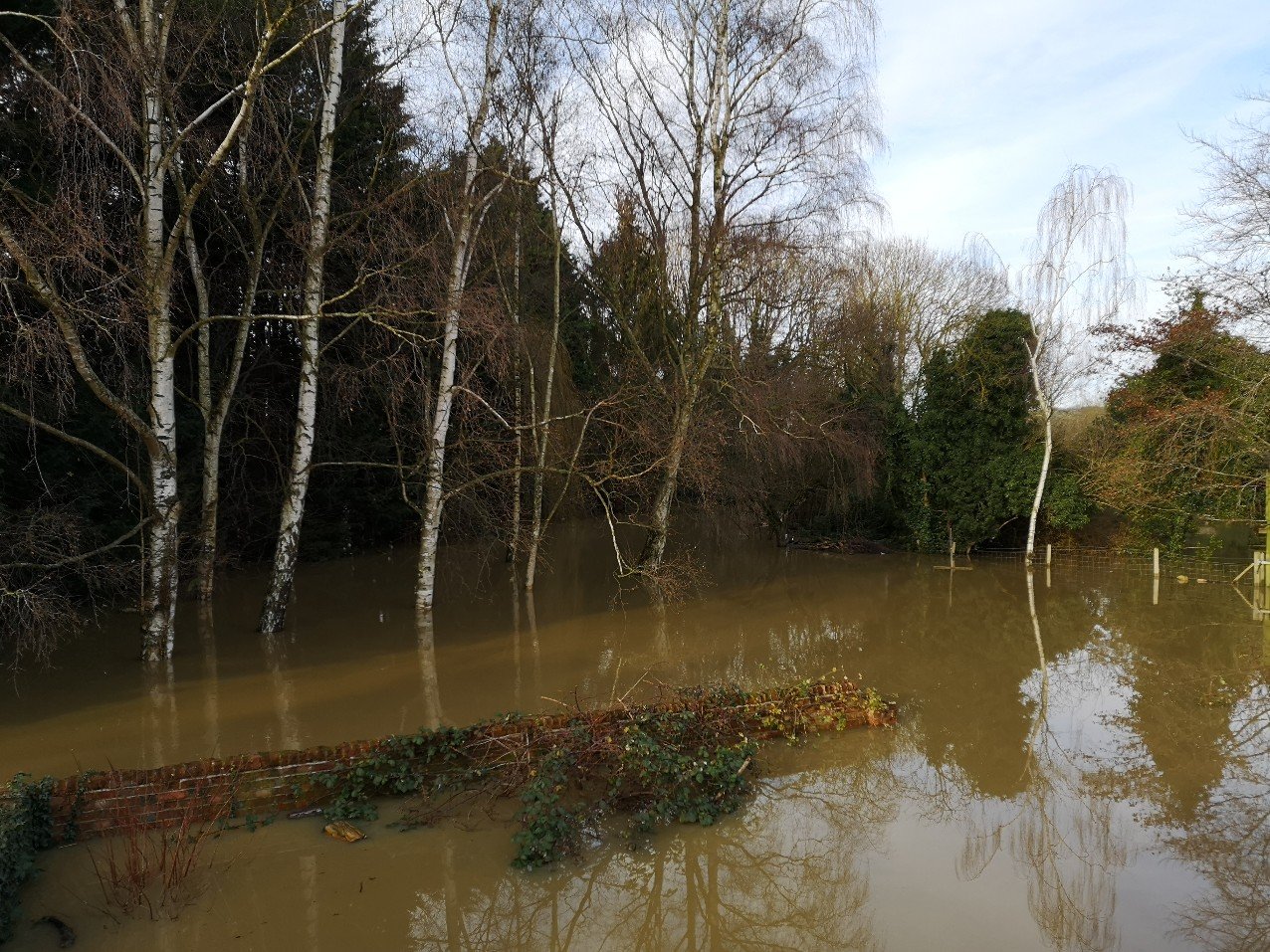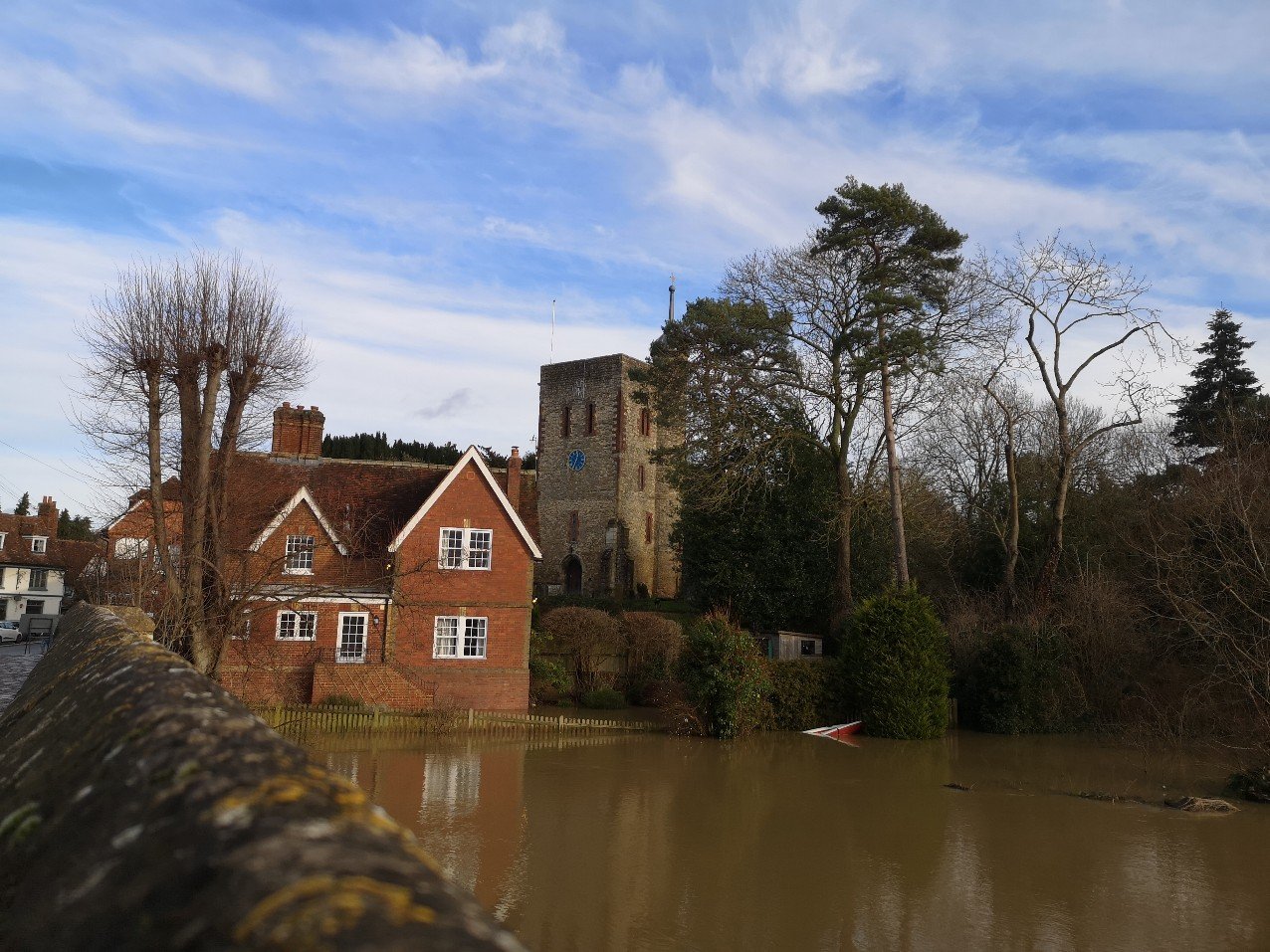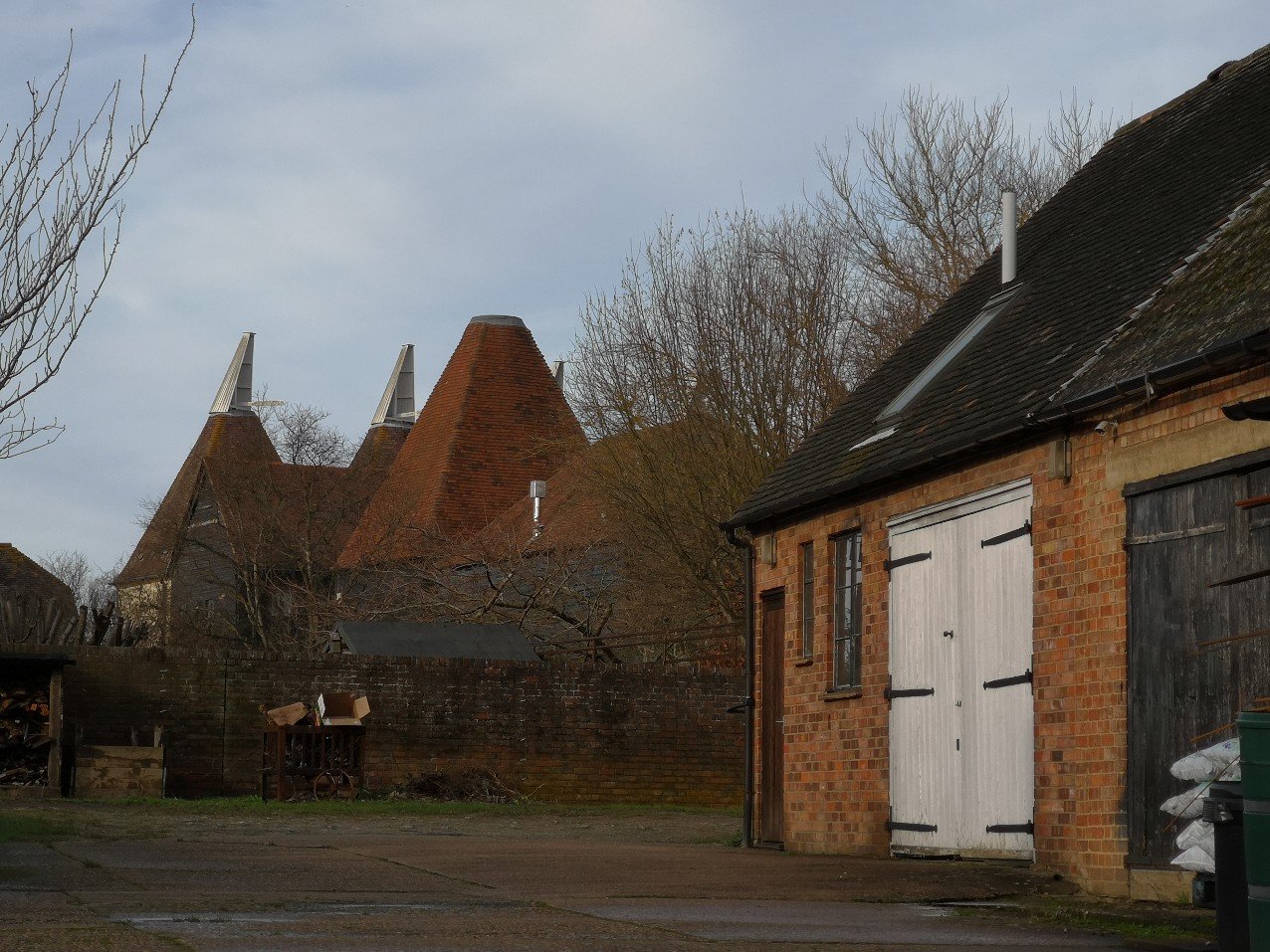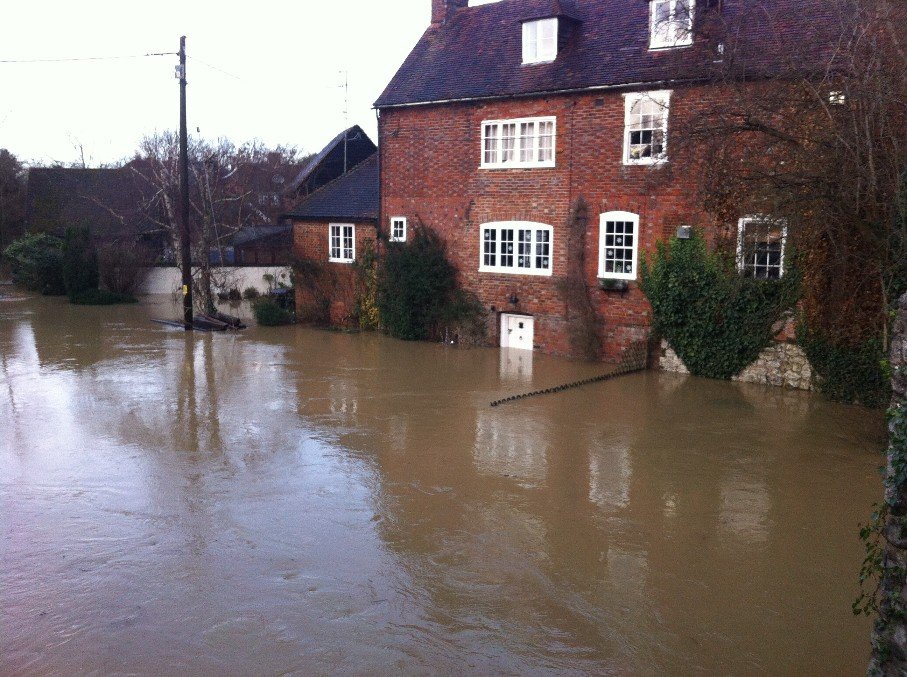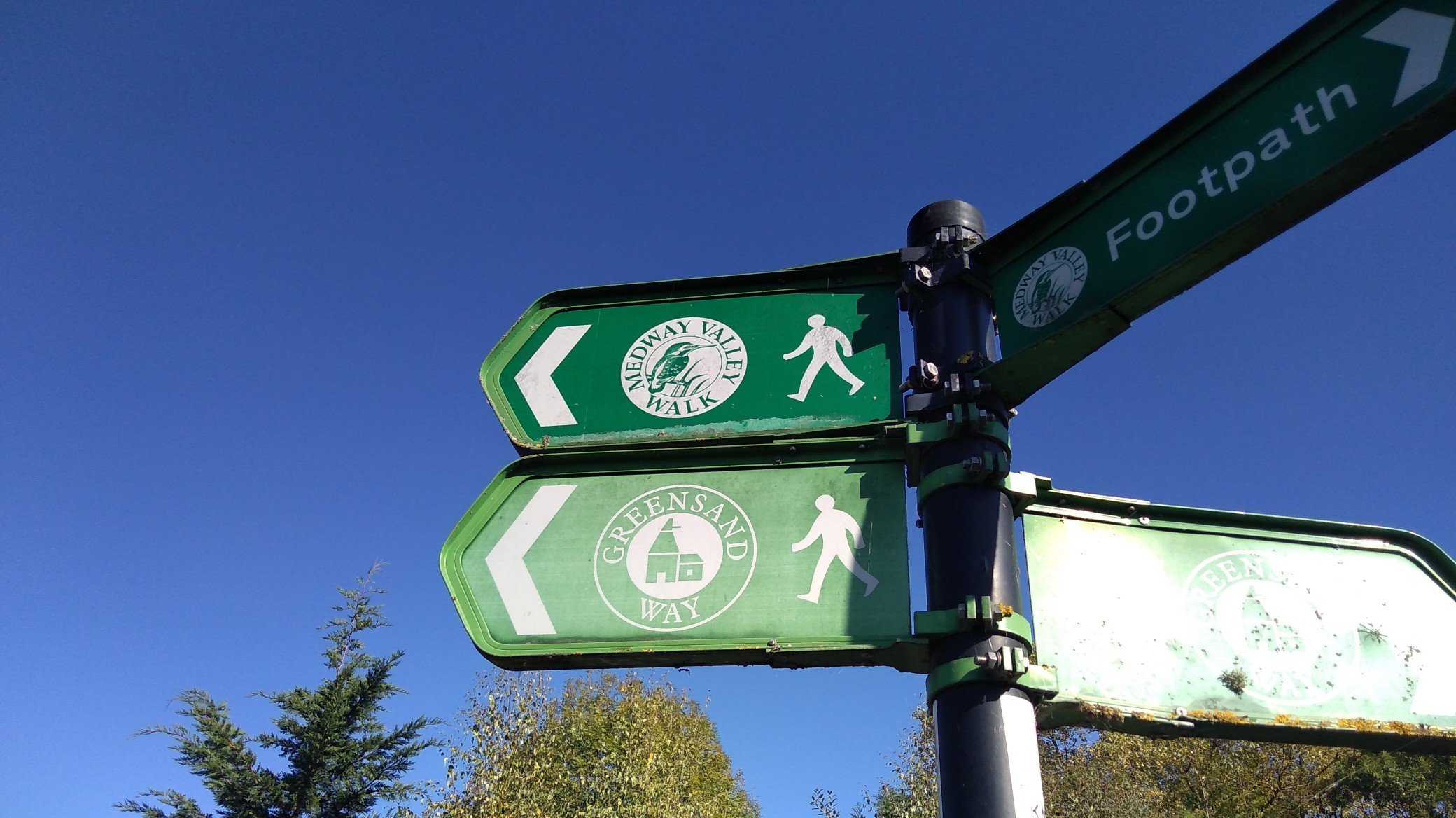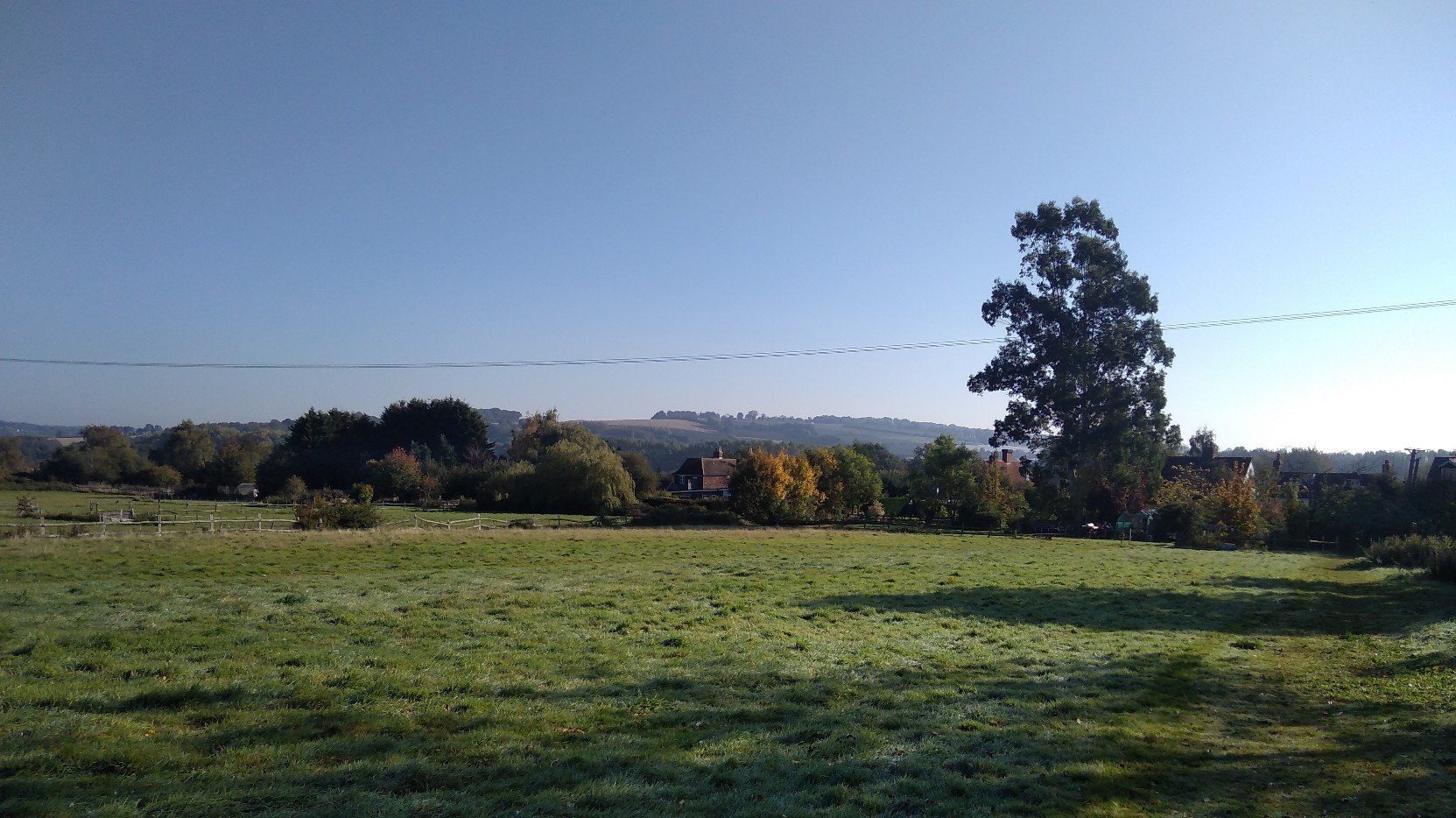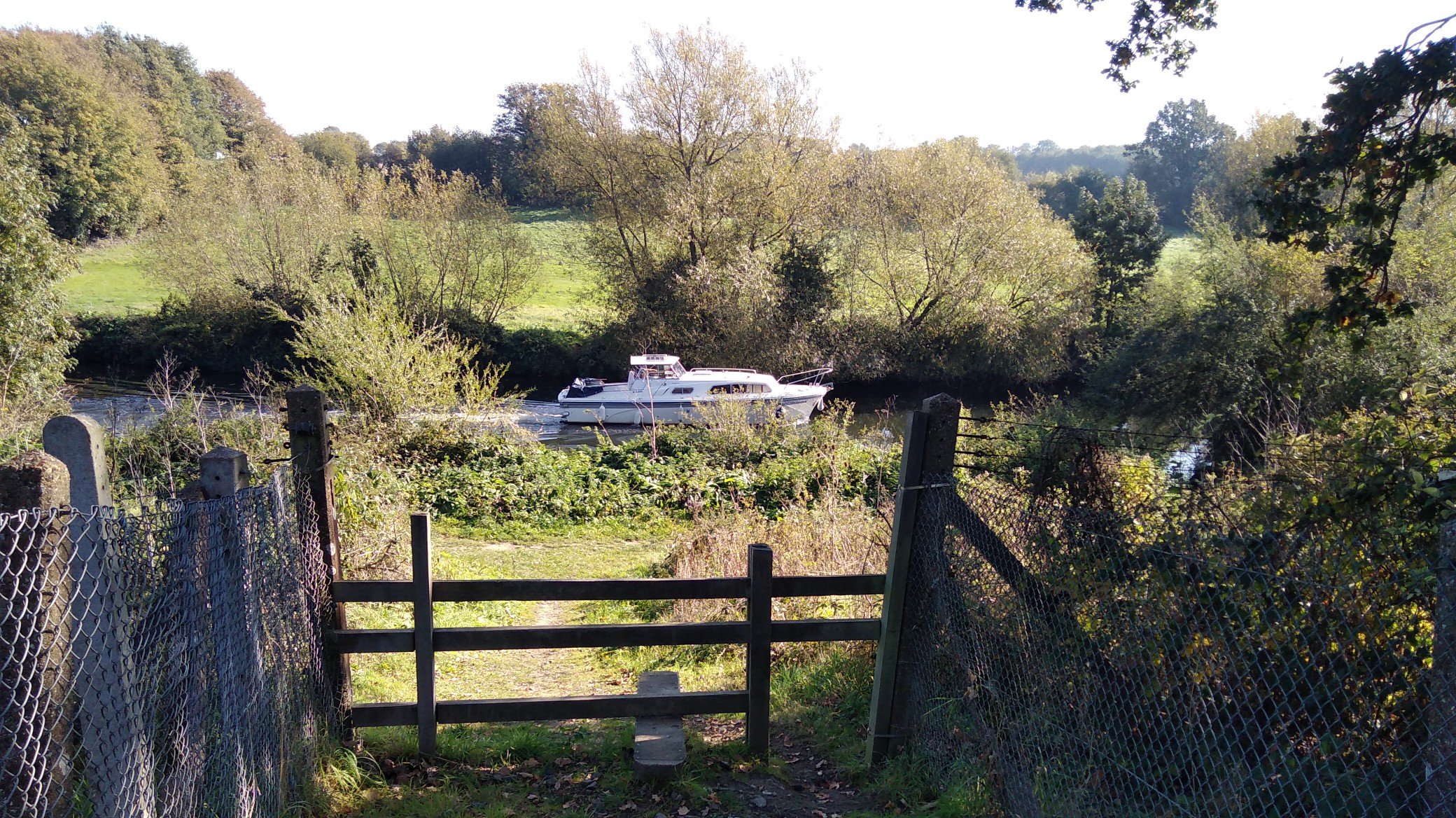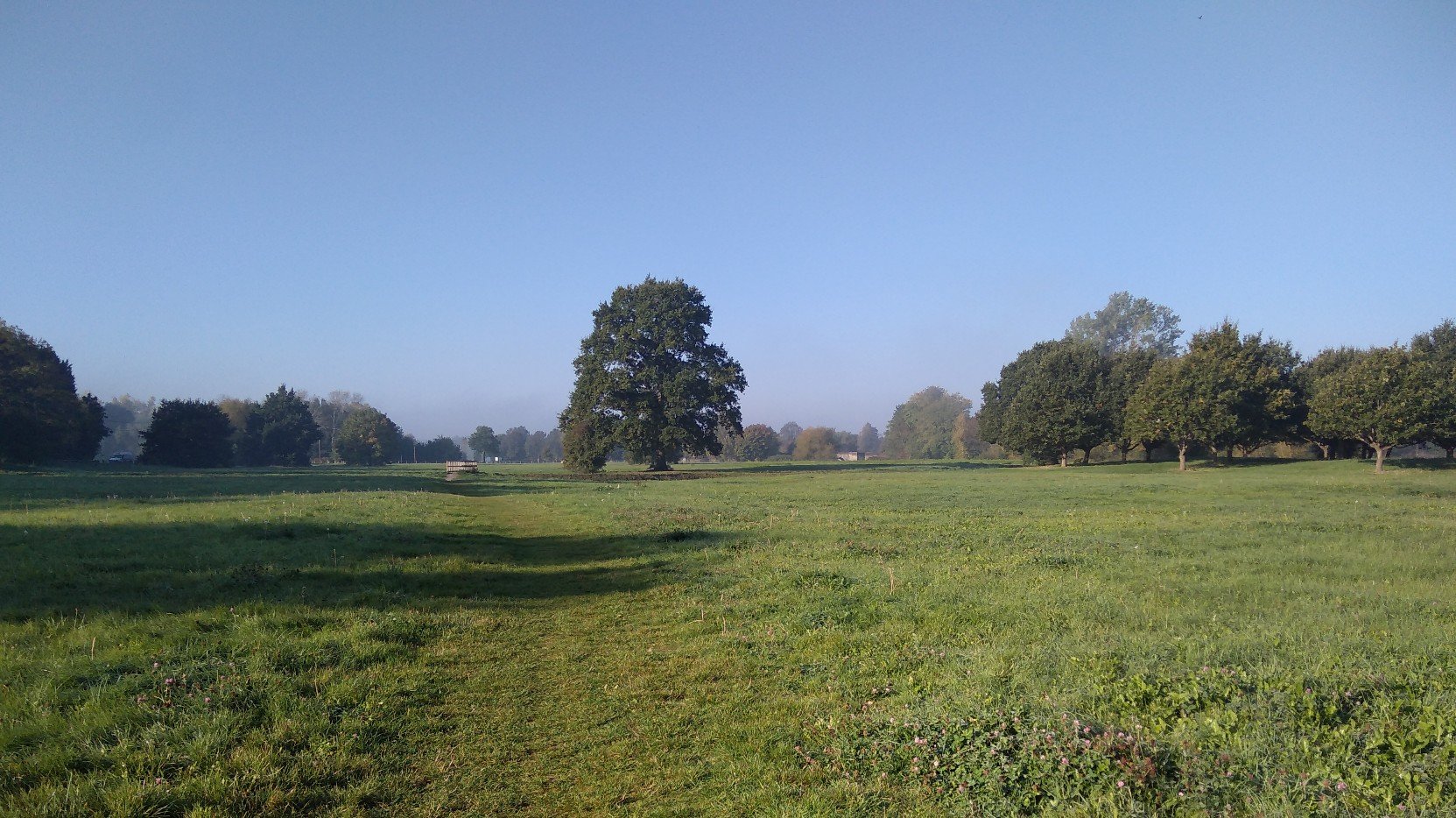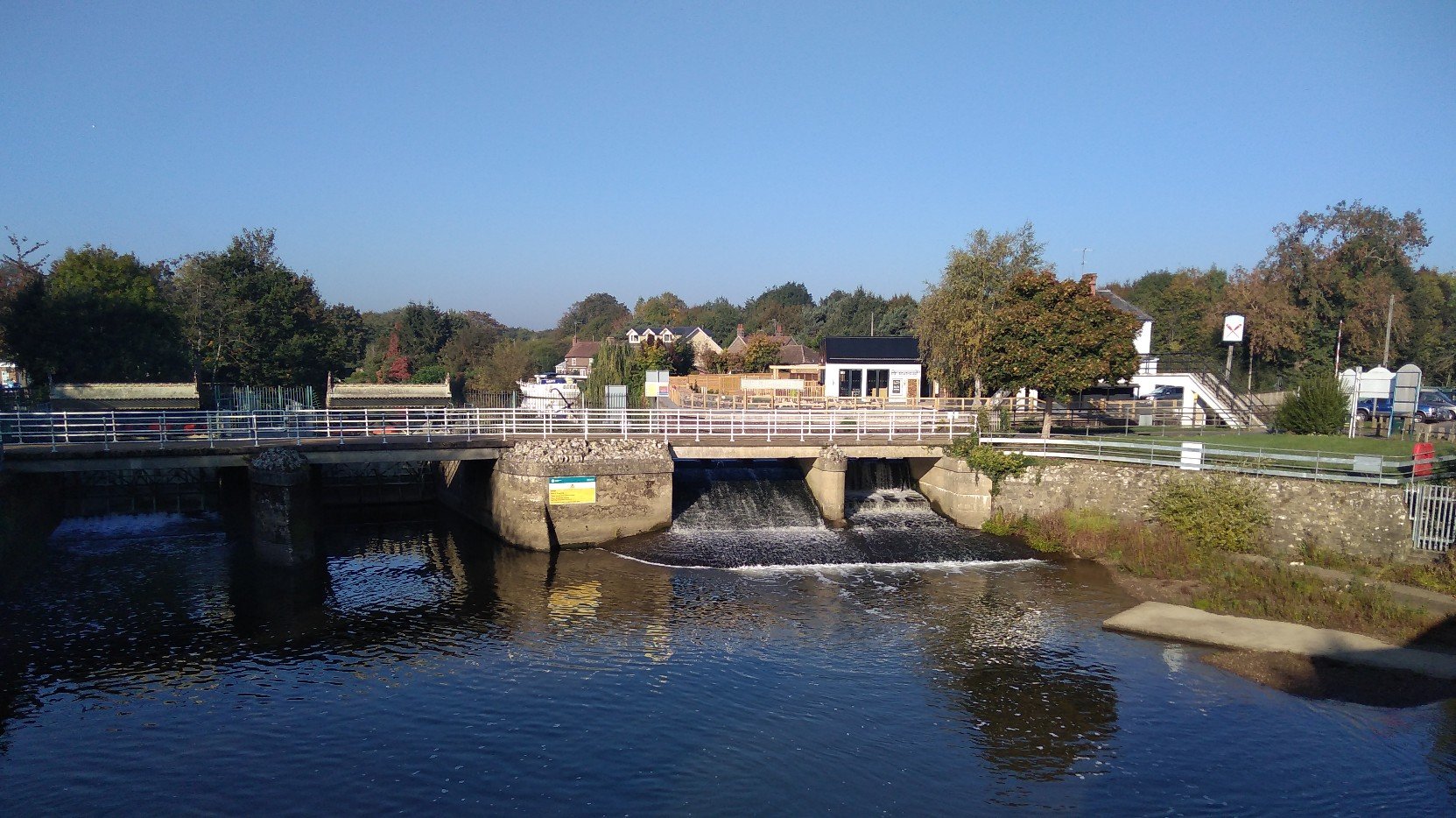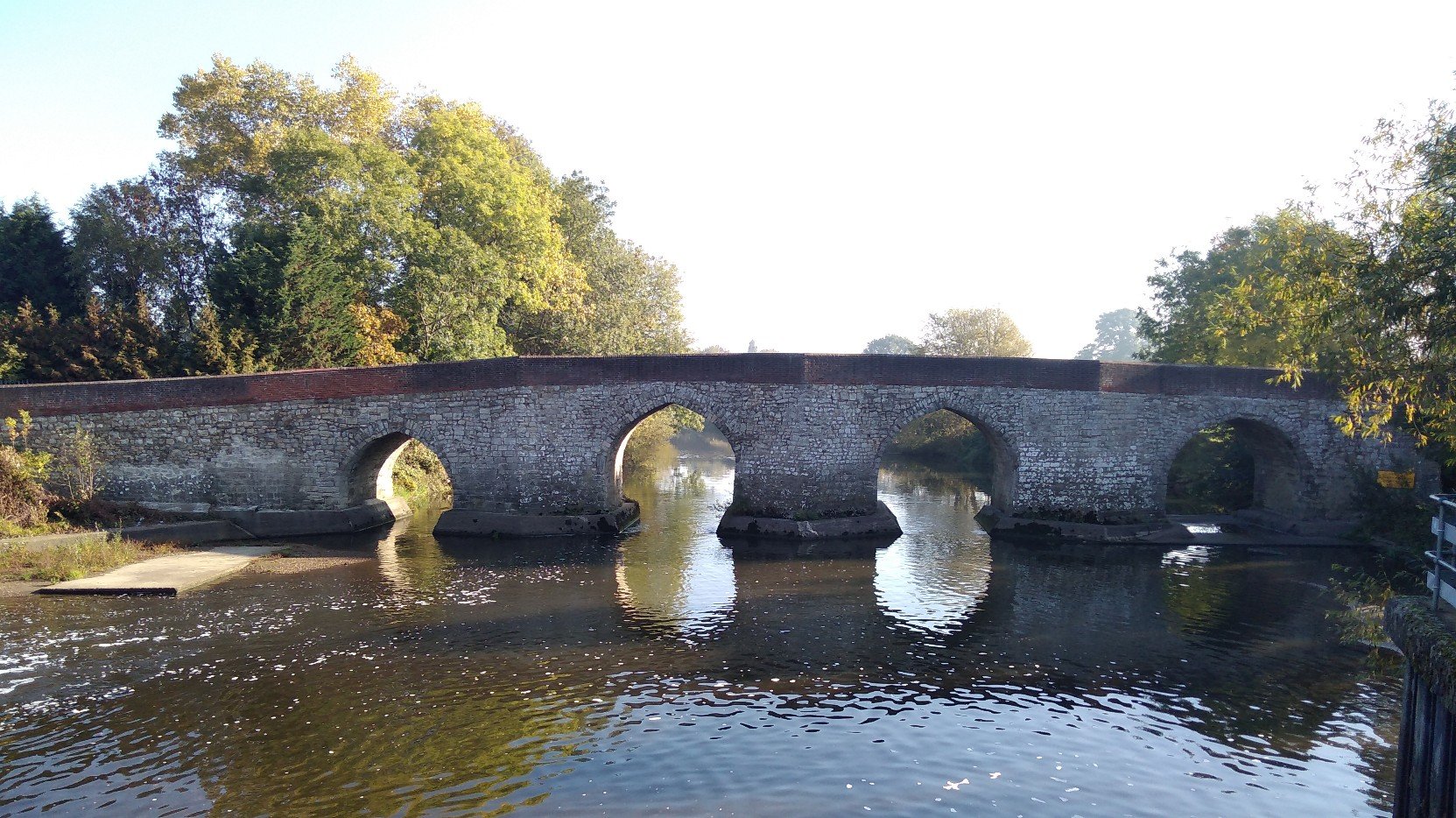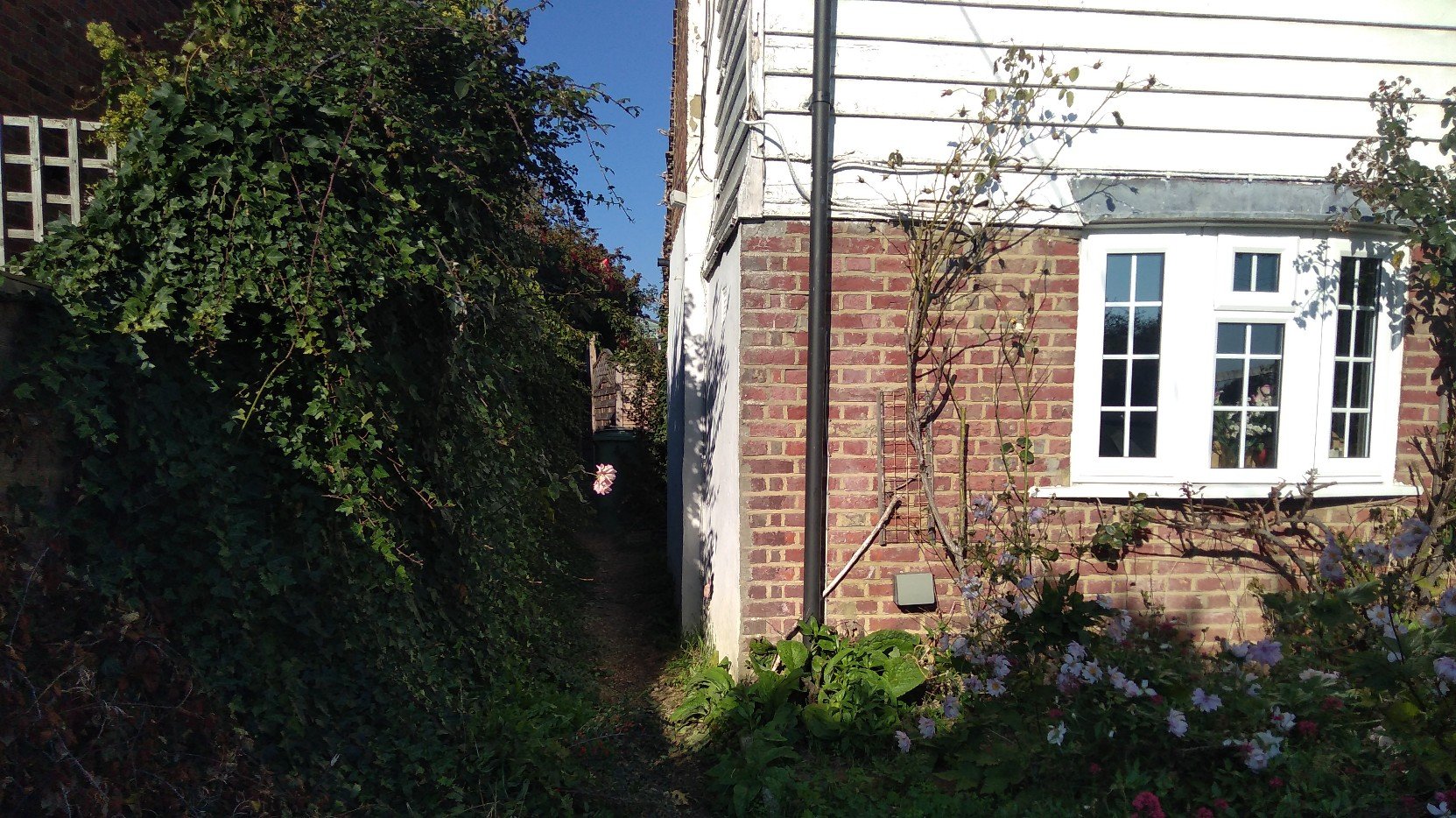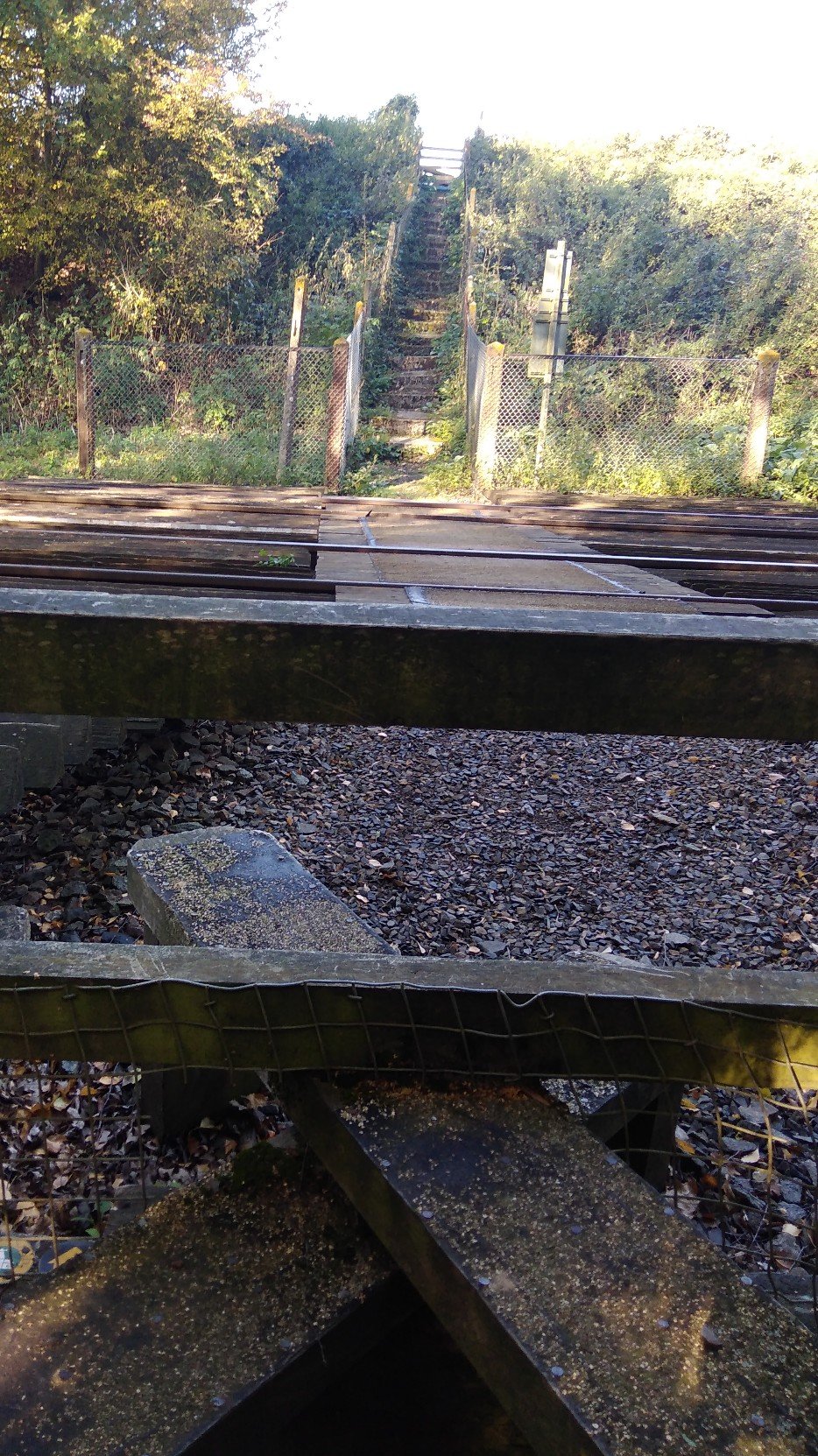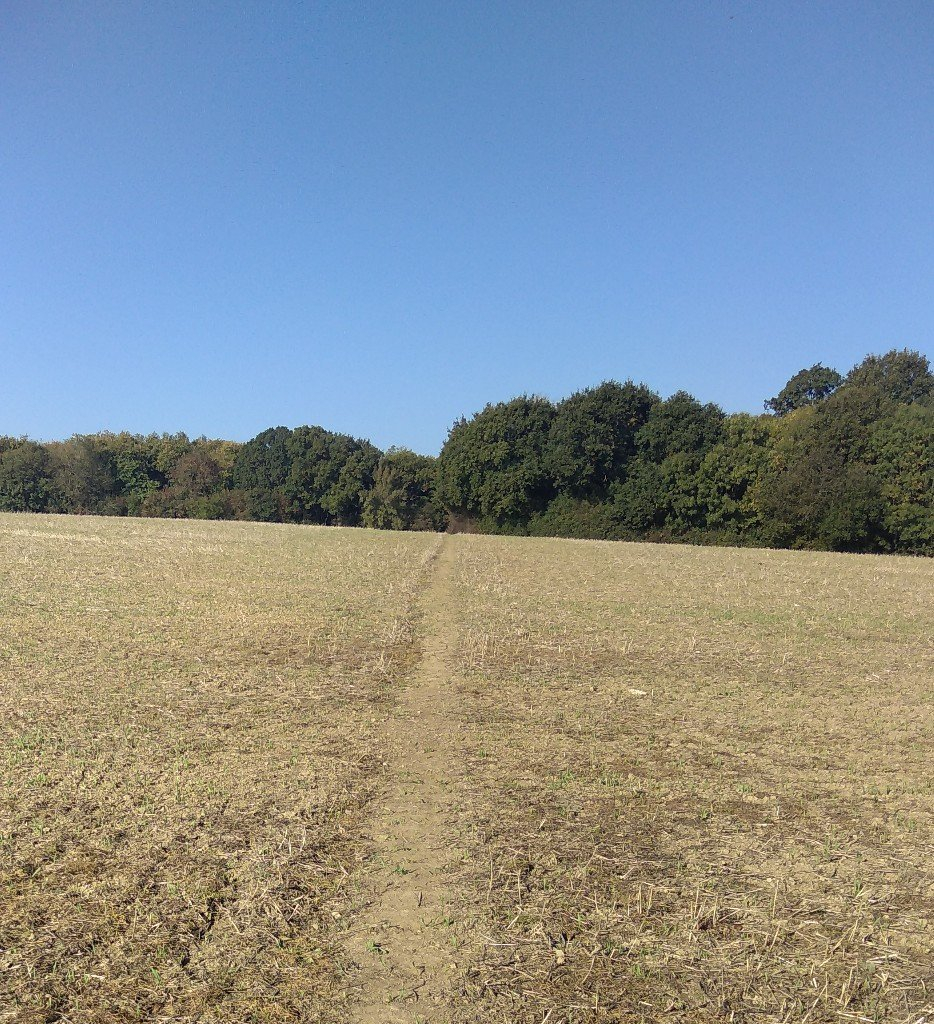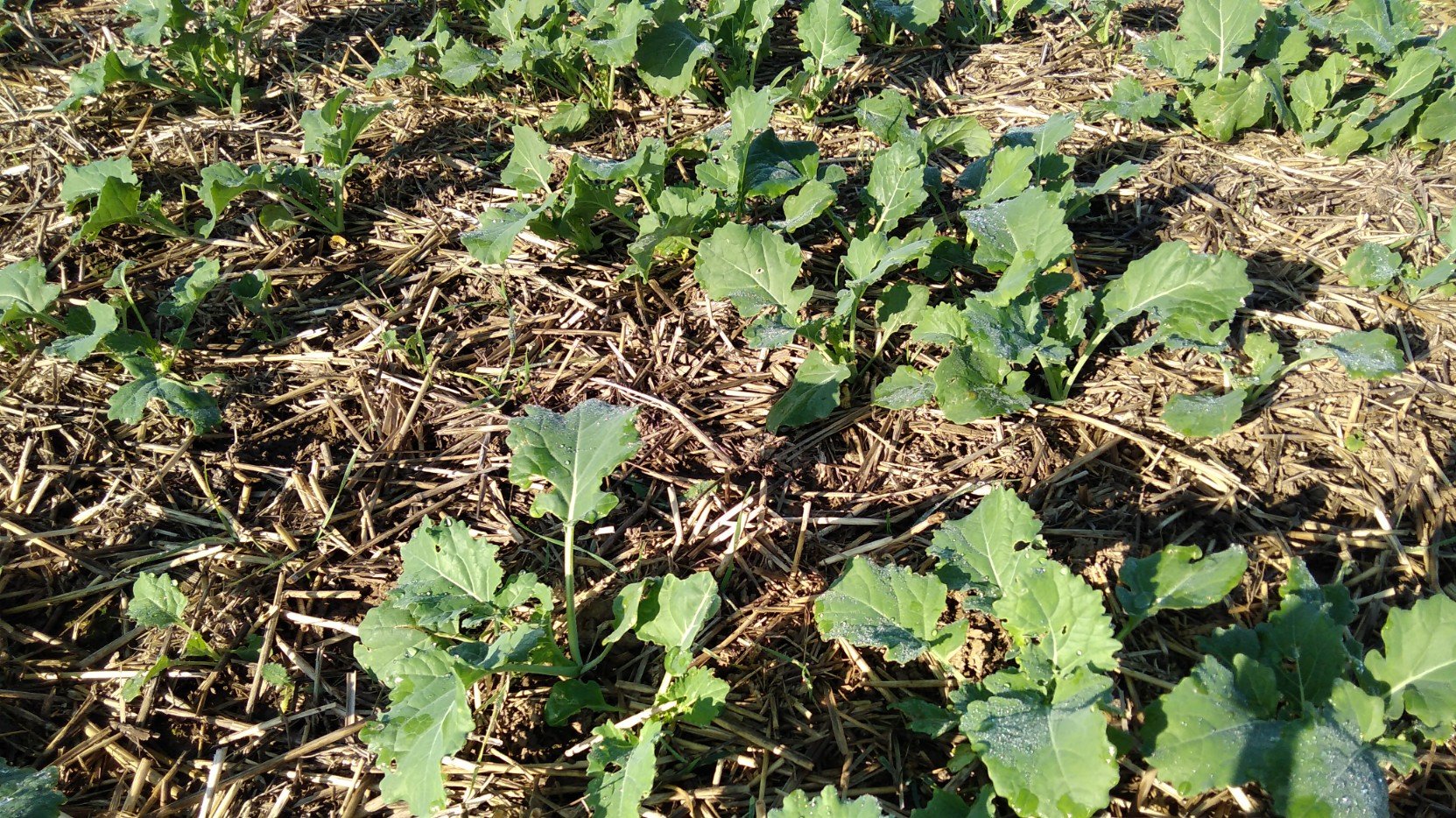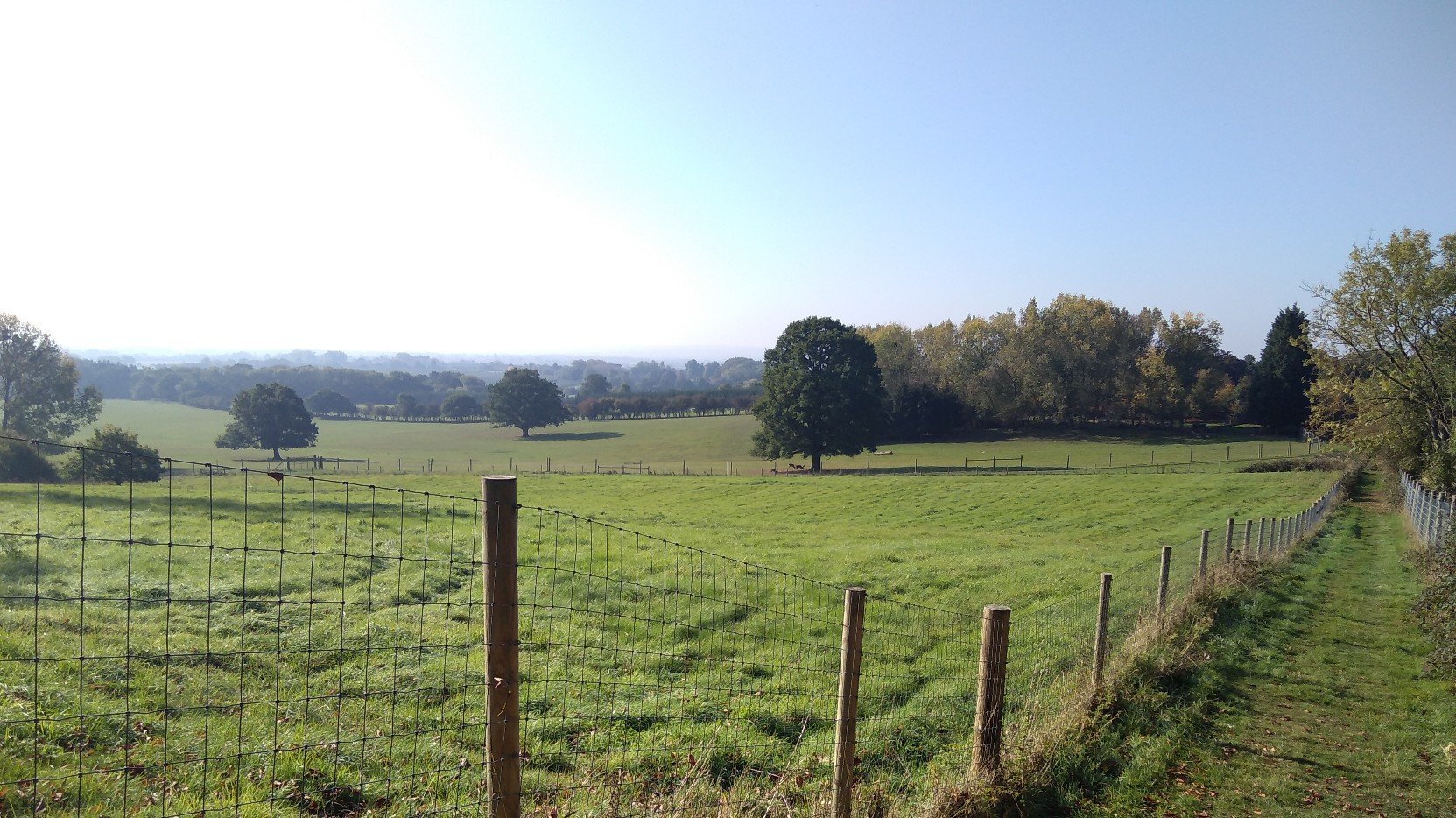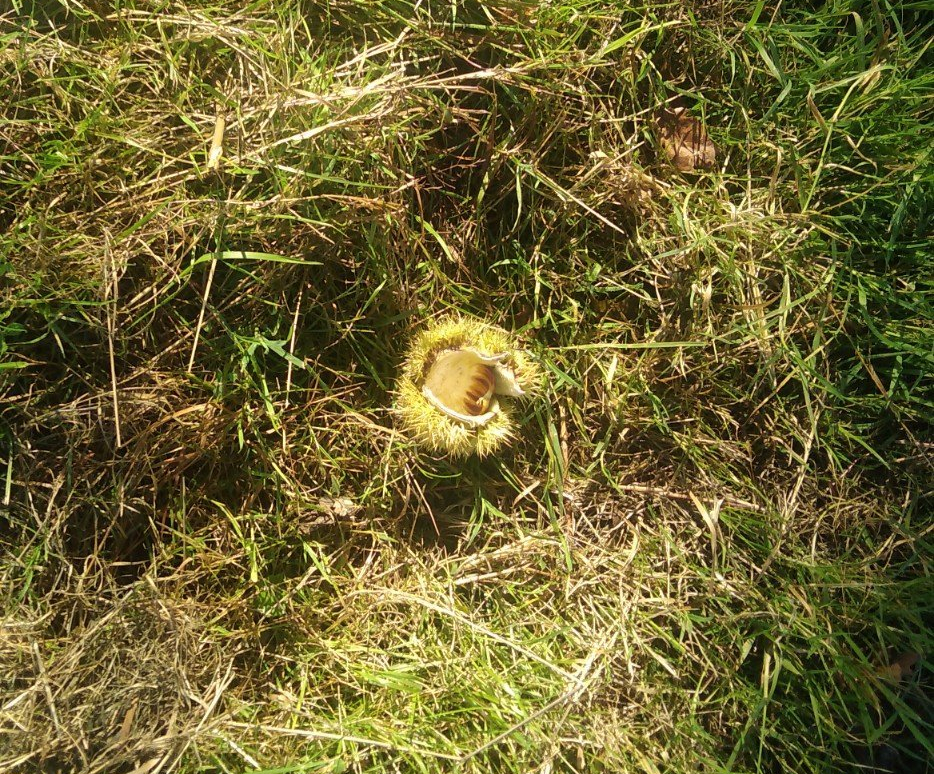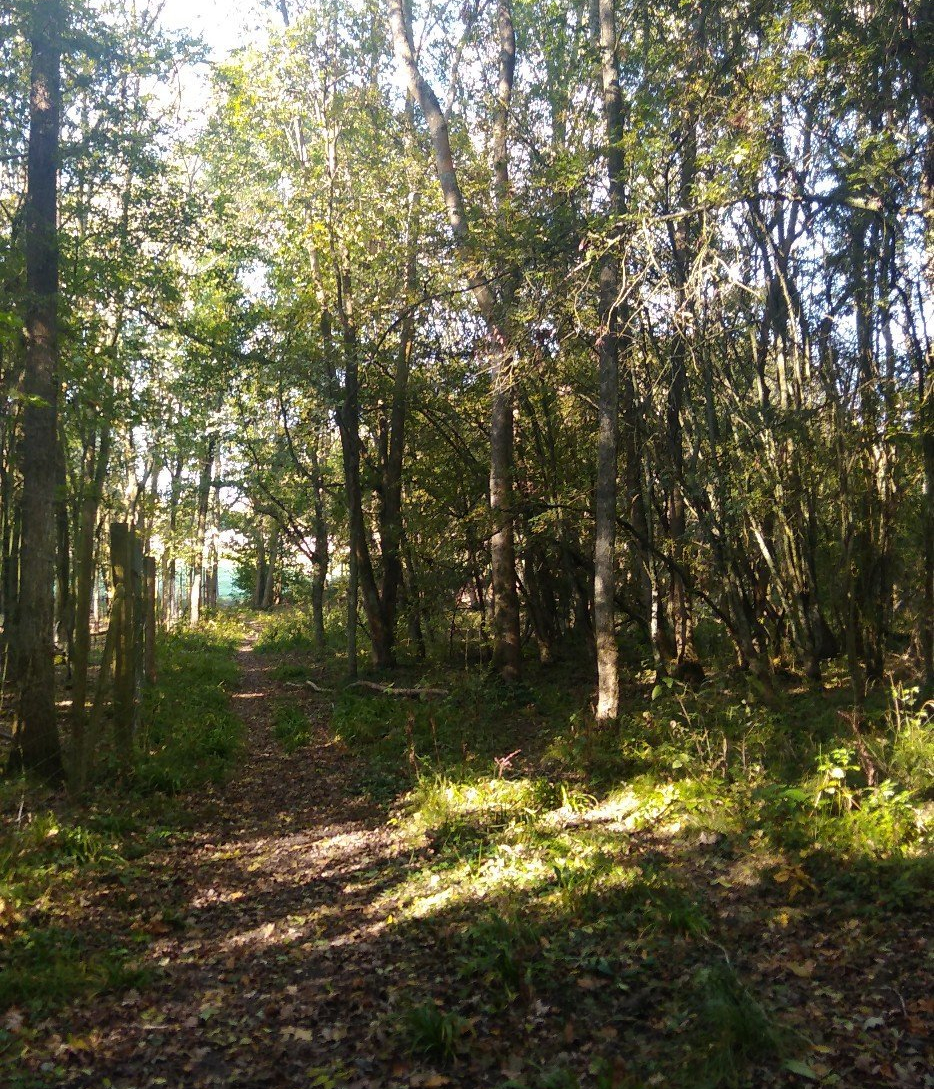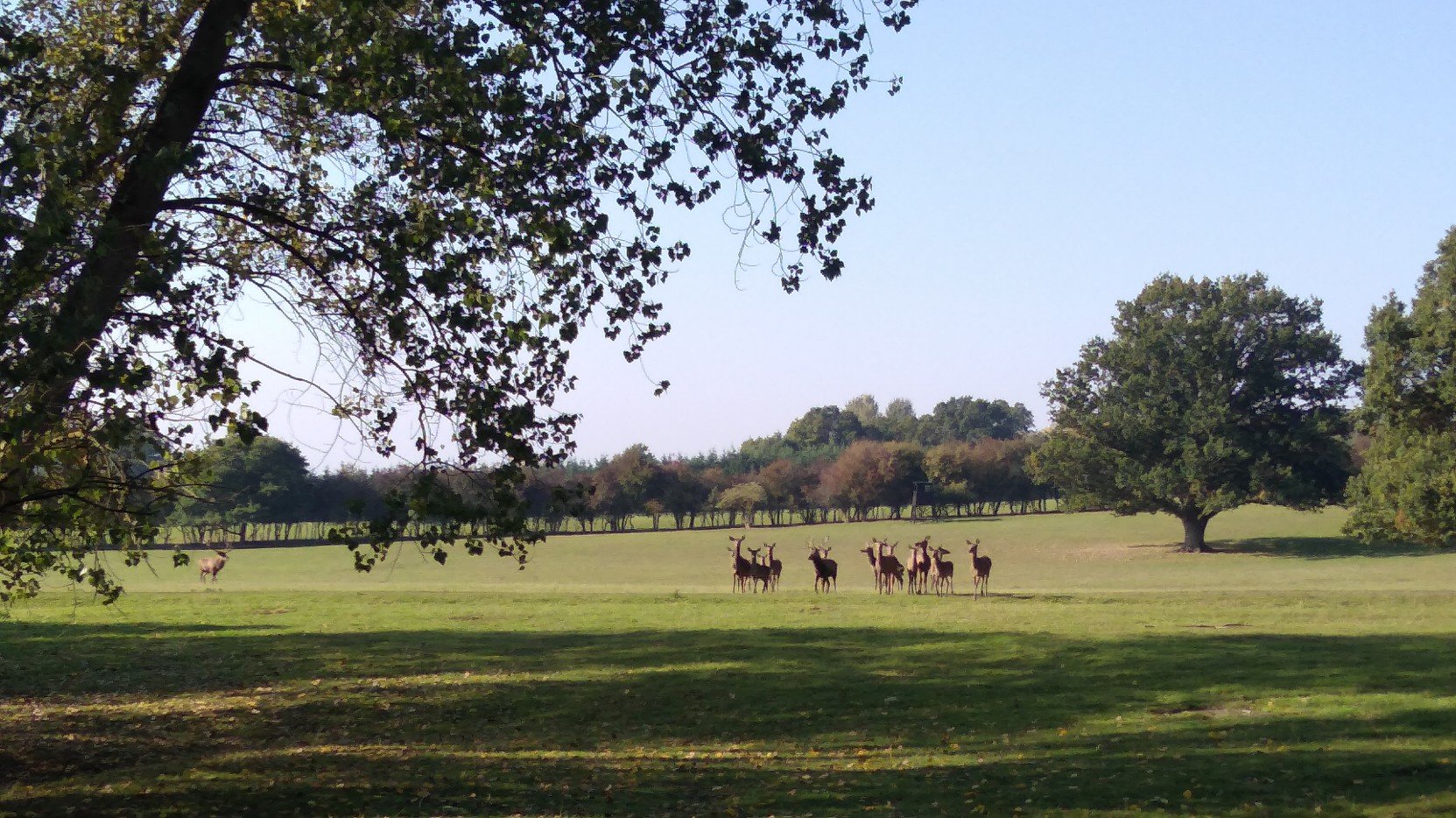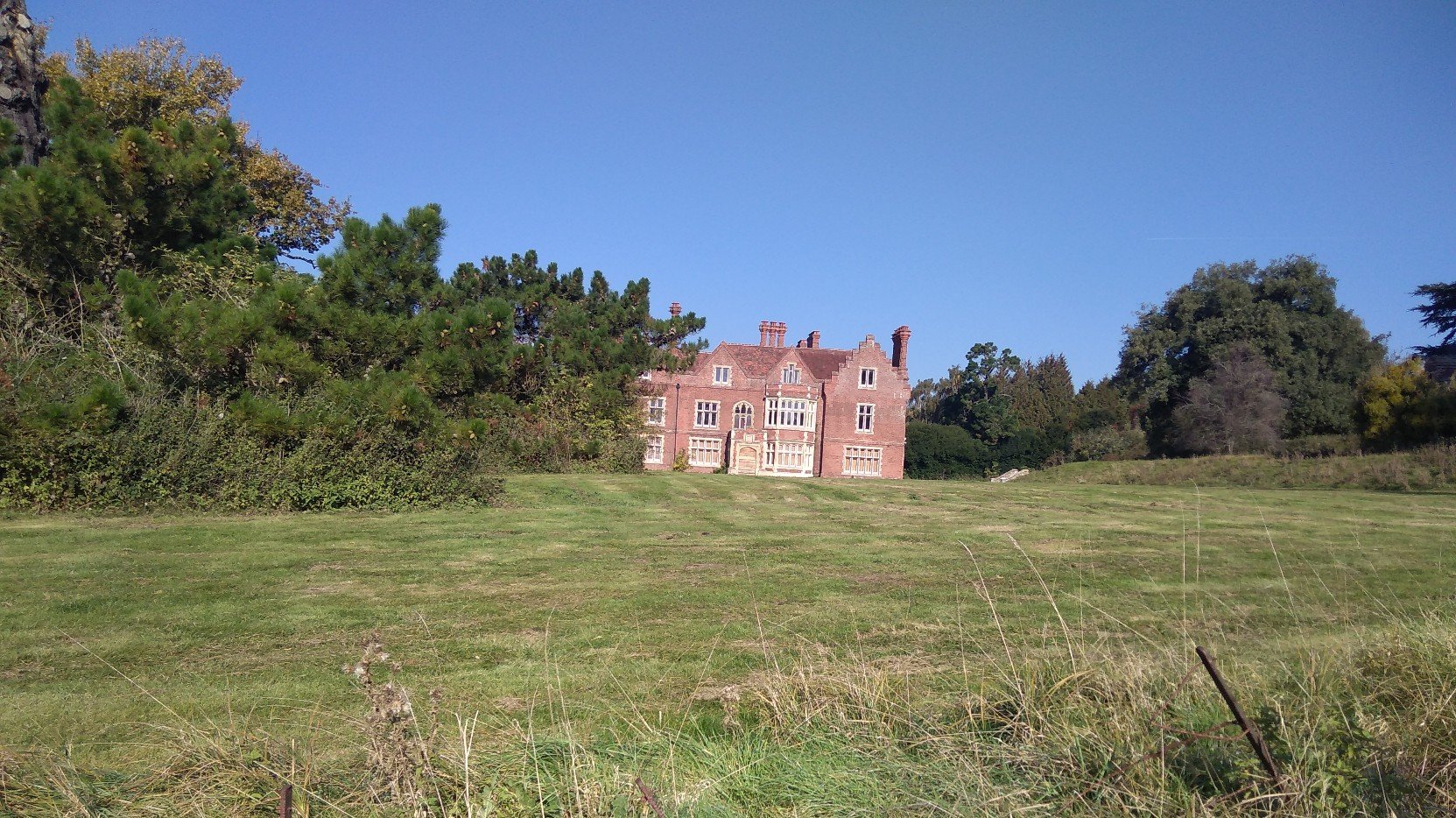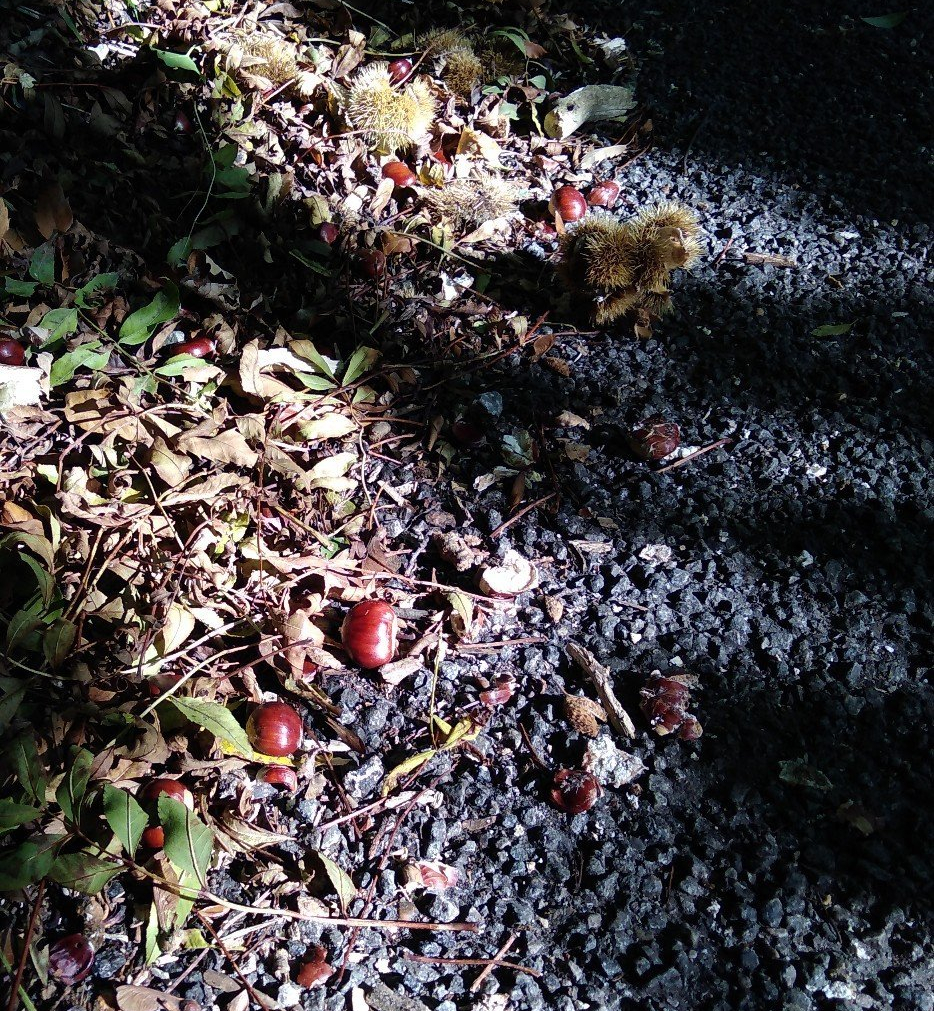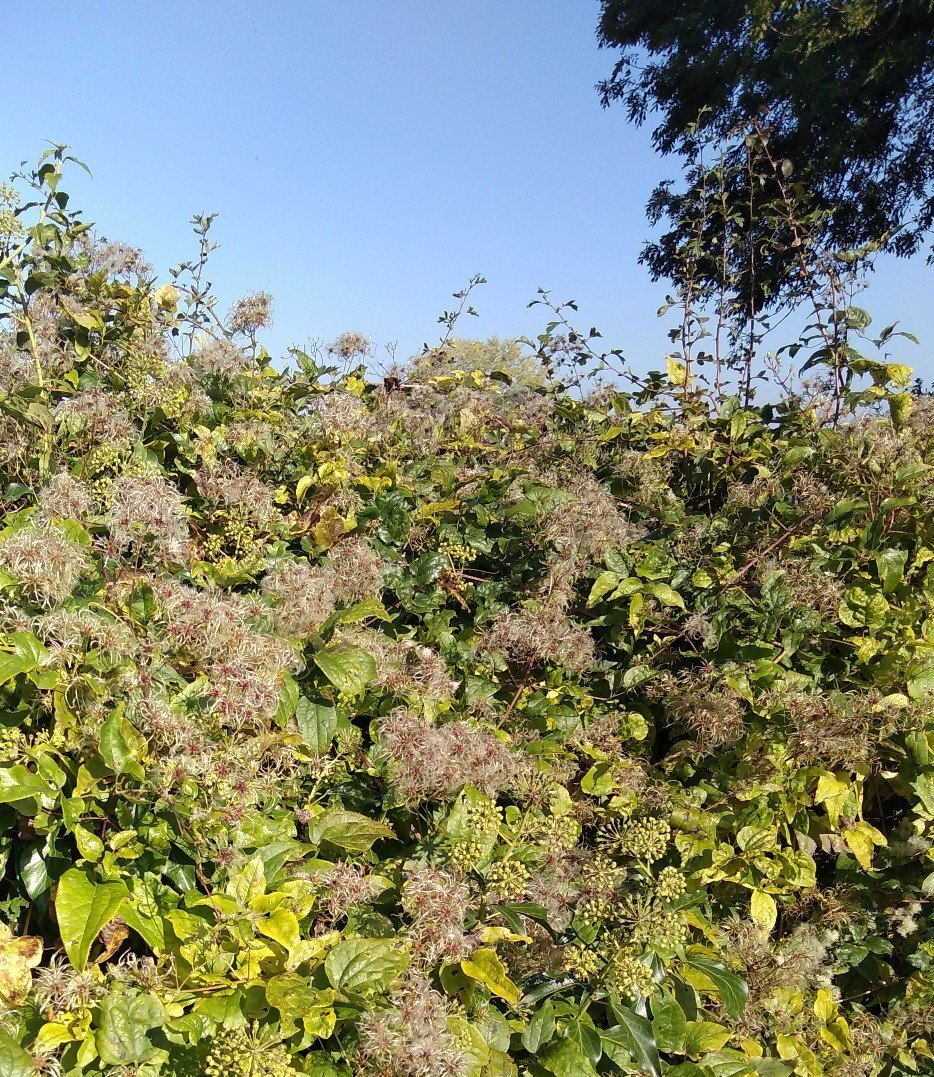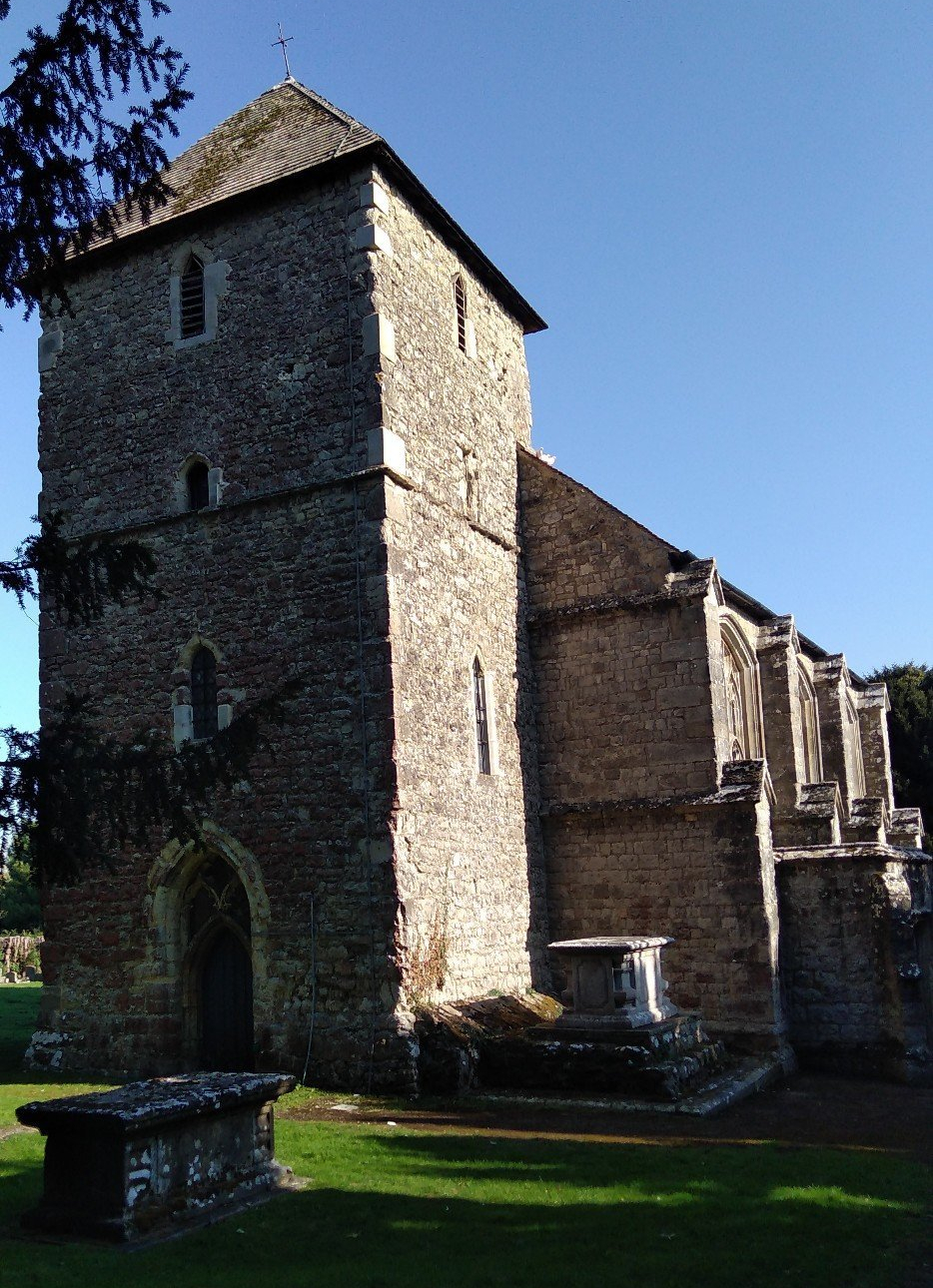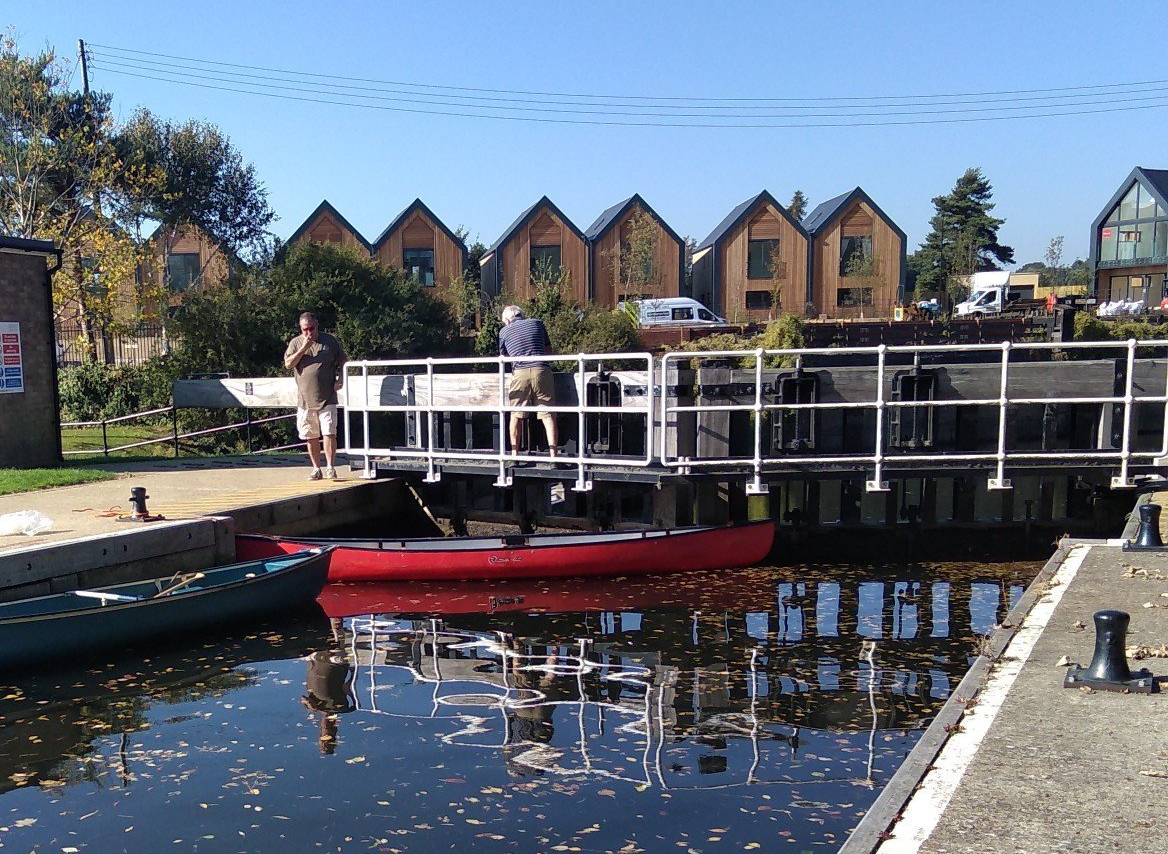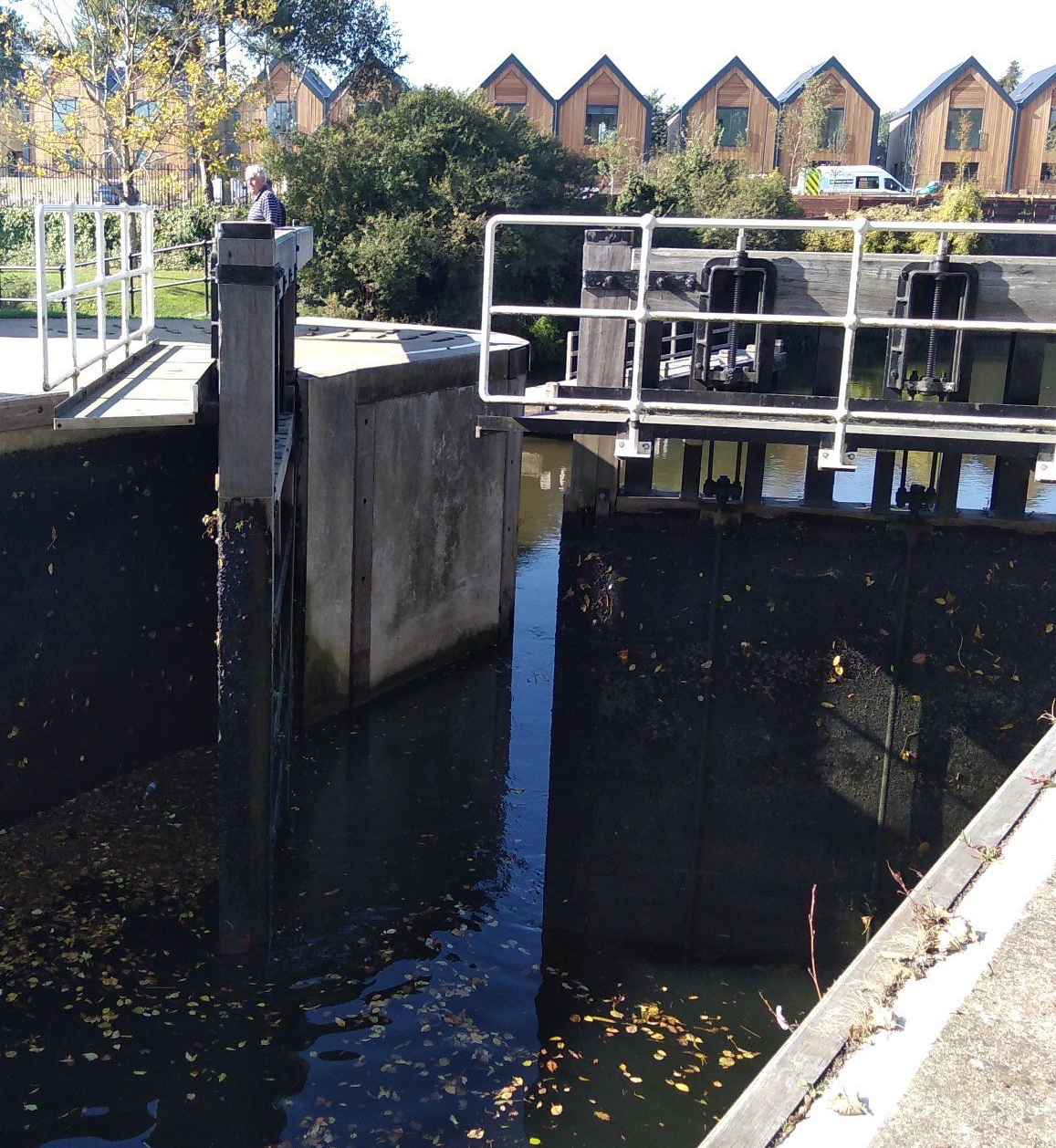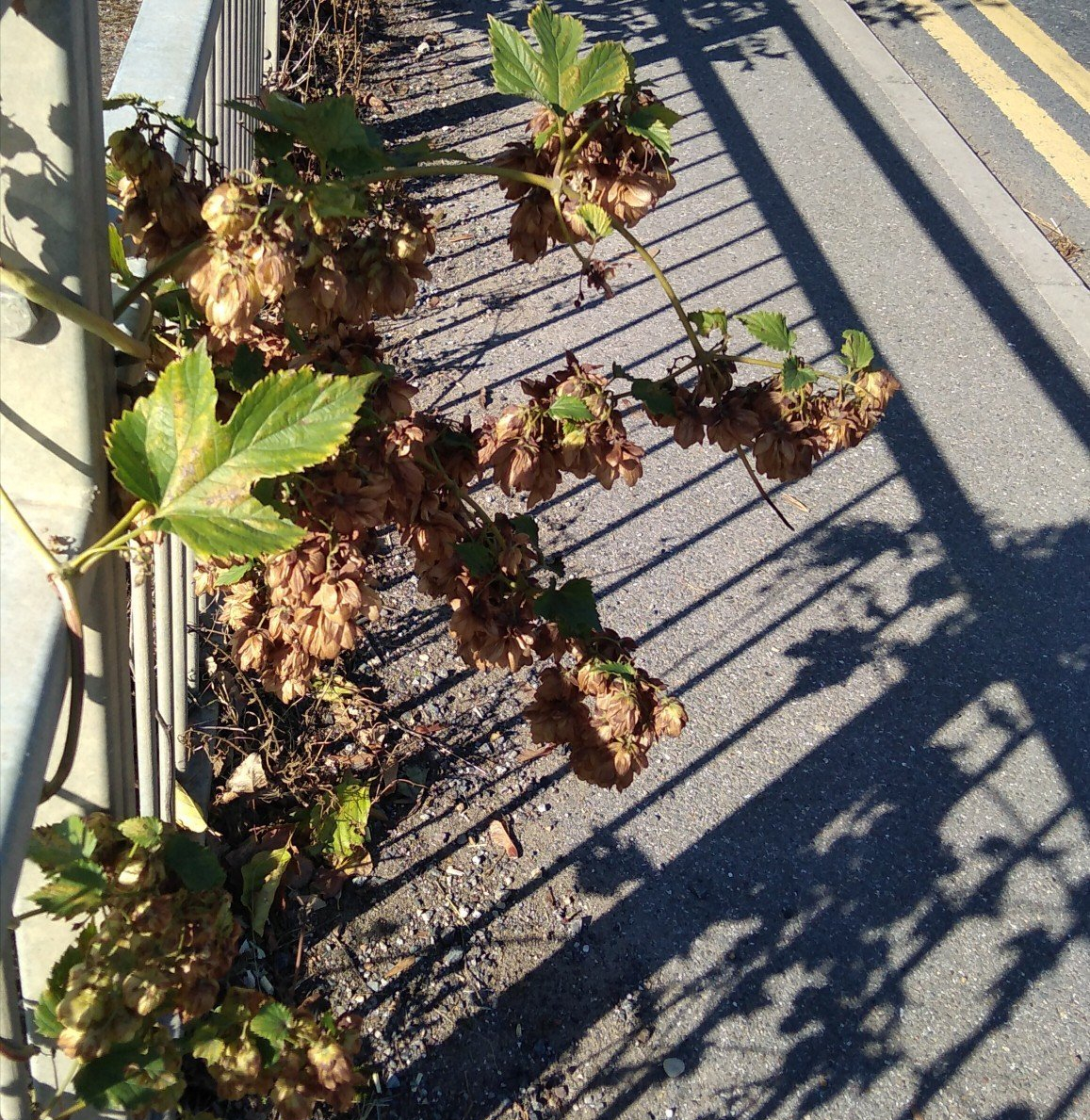I took this walk in response to Unlocked walks for Spring ‘20 No 1 ‘for Health’ by Edinburgh Walking Workshop (socially distanced) and posted on Edinburgh Psychogeography. The prompt was to have questions about the links between walking and health in my mind and see what arose.
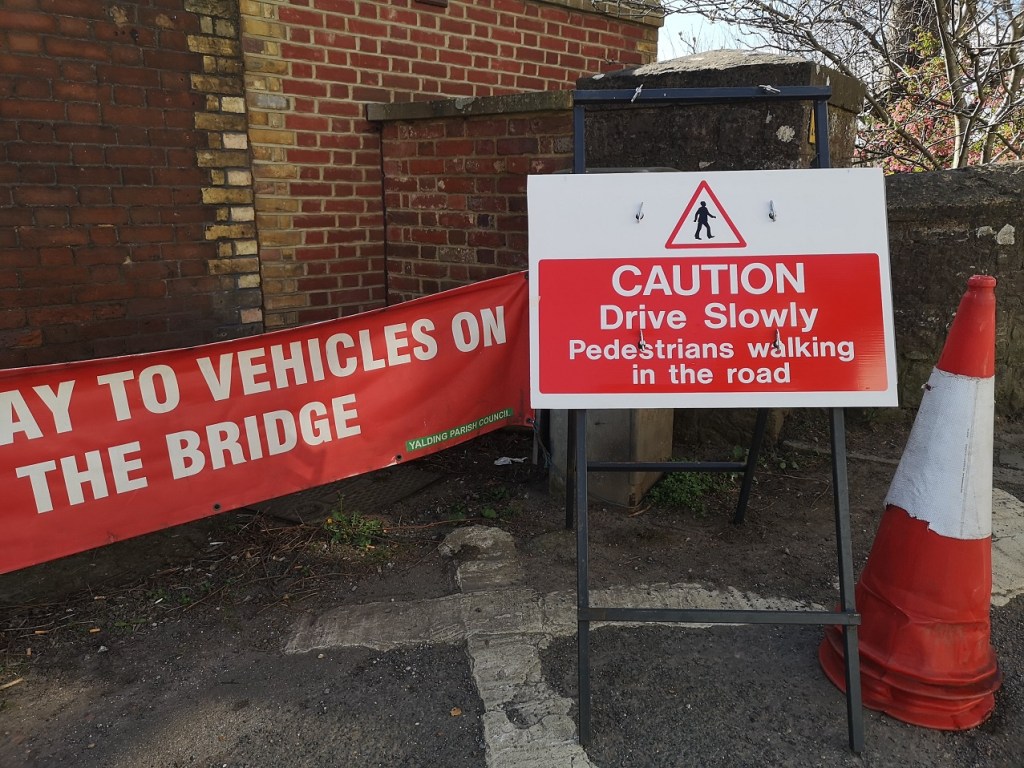
Moving away from the familiar and safe
Out of the house, I turned right instead of the usual left. I was heading towards a certain place and hoping to deviate – deviation, on occasion, being the source of imaginative instigation.
Ahead, on the single lane bridge, was a man on the non-pavement side where there’s a ‘>’ in the wall, a ‘more than’ nick out of the road. There is more, because when you stand there and look over, you can see the river. I was prepared to walk on the pavement, to keep my distance, but he crossed back. He had a stick. I said ‘good morning’ and he seemed surprised. I crossed to the nick and leaned over to look at the water. I live by the sea in Edinburgh, but here in Kent with my mother during the Covid-19 lockdown period, I am landlocked. It is different. It has an effect on me.

I took a left at the post office. Another gentleman and I dodged right-left-right until we wordlessly worked out who would go in the road – me. We smiled, maybe murmured, I can’t remember now.
Does this shifting onto the highway to keep our distance, endanger our health?

My route is chosen
I passed where the sandbags are still piled up outside ‘the pretty cottages’ from the flooding,. Further on, there were words carved in chunks of stone at the top of 2 brick gate posts – Lyngs Close. I typed it into my notes for memory’s sake, and google changed it to ‘lungs’. For once, clever google – Lyngs does mean lungs! It denotes ‘an open space in a town or city, where people can breathe fresher air’ (which I didn’t know at the time). That set off a chain reaction in my mind.
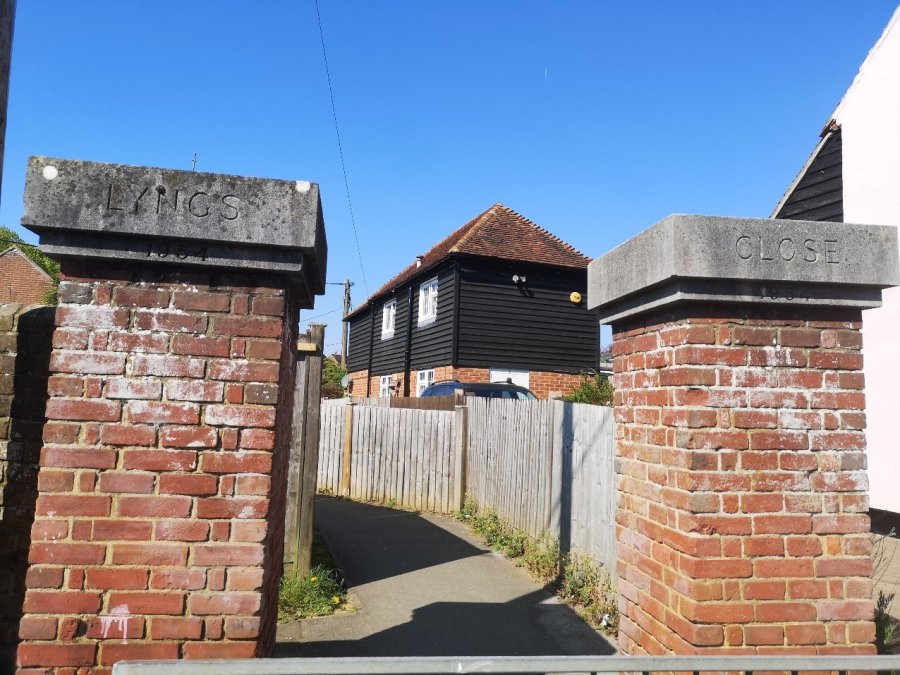
Theme
I am a health practitioner, and when I refer to the Lungs in my work (Chinese Medicine), I spell it with a capital letter because the term encompasses both the respiratory organs and the things we practitioners have all noticed over the years that are repeatedly connected with them. For example, clients I see with asthma and other pulmonary issues, will often tell me, ‘I can’t breathe in this relationship’, or, ‘Although there is space at my work, I can’t take a deep breath when I’m there – I think it’s because my boss watches over me all the time’. These phrases link the physical lungs and the ability to breathe easily, with the psychological feelings around having enough space and freedom.

This week, the Daily Mail reported concerns that ‘political appointees are breathing down the necks of scientists’, implying that they are being pressurised to make a vaccine quickly. In ancient Chinese texts you will find references to regulations, and the setting of borders (including those between what is right and wrong) linked to the Lungs. As it is their job to exchange oxygen and carbon dioxide across membranes (the borders between the alveoli, the air sacs) in order to maintain our vitality, the aspects of our lives related to rules, space and air are also connected. We are living in a time when the government might ‘push strict lockdown rules to their limit’ and that affects each of us in different ways. I tend to rebel if the boundary is too restricted, if my freedom to create is curtailed.1
A walk theme emerged by happenstance (which I always think must be about happily coming across something). Chance is about things happening unexpectedly and about providing for the possibility of…
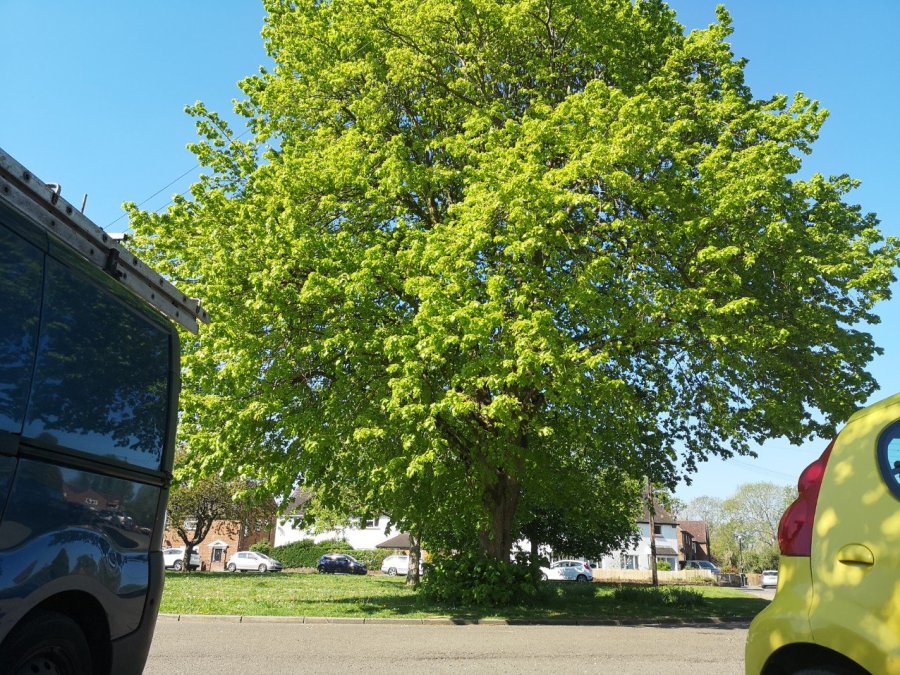
The Scottish charity Greenspace Scotland (2011) defines green spaces as: ‘the green lungs of our towns and cities which contribute to improving peoples’ physical and mental health…and ‘breathing spaces’ to take time out from the stresses of modern life. ‘
Gayle Souter-Brown ‘Landscape and Urban Design for Health and Wellbeing: Using healing, sensory and therapeutic gardens
You may like Alice Vincent’s Rootbound – Rewilding A Life (biography, memoir, botanical history) which examines how the heartbroken can be saved by nurturing plants.
Claustrophobia and open space

As I made my way down the narrow close, I remembered a walk I took a few weeks ago – I was directed along a foot-width path between two fences, by a farmer who did not want ramblers on his land. This expression of limitation was in the middle of a great, grassy field. I was unable to stray in any way. I recalled the signs I had photographed the previous evening – ‘Strictly Private’ and ‘Keep Out’. In Scotland we have the ‘Freedom to Roam’, not so here in England, my original home.
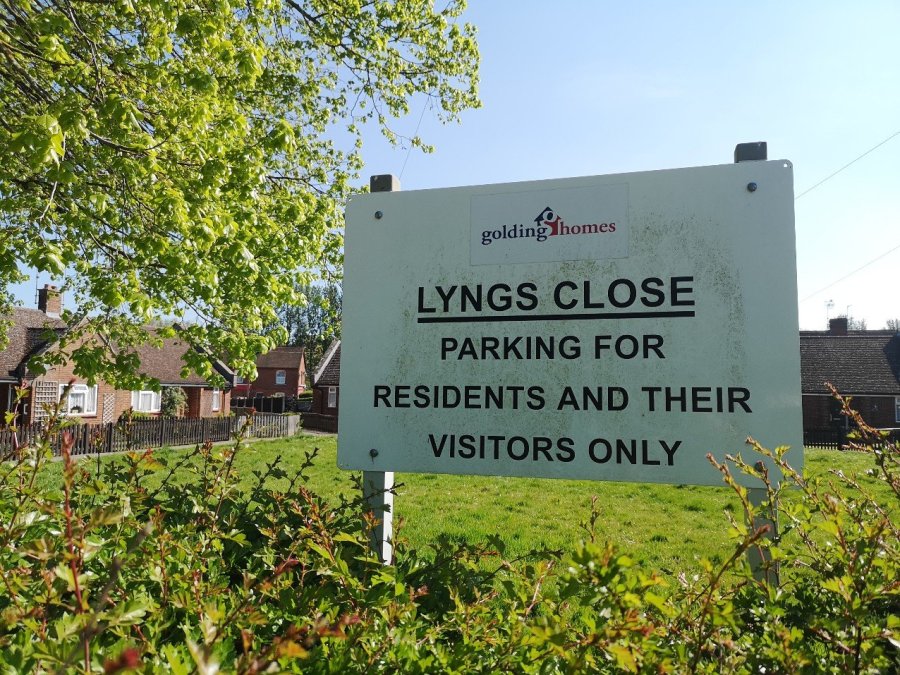
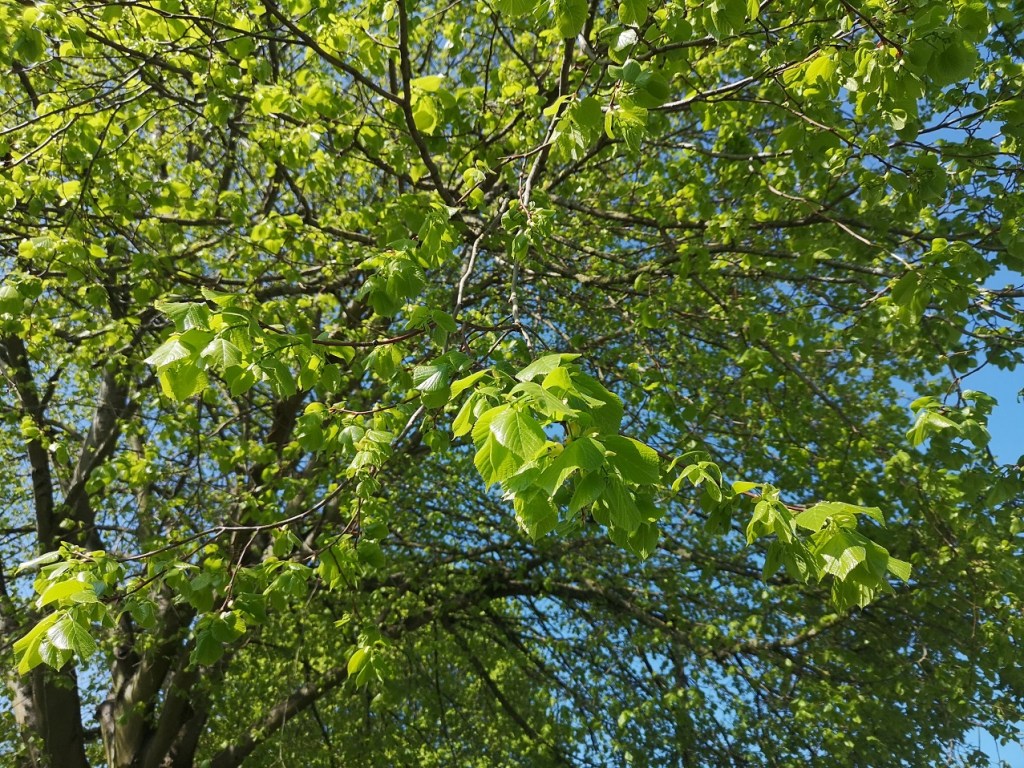
It’s like the world’s northern forests become a giant vacuum cleaner, scouring the air, sucking down the CO2 till around November
Robert Krulwich, National Geographic
Nature breathes, we all breathe. Or not
The way then opened up and there was a huge beech tree, one of earth’s 3.1 trillion ‘lungs’, with lobe-shaped leaves. (See the link in the box above for the source of that statistic). By the tree, at the edge of this oval patch of green for everyone to share, was a sign telling me that parking was for residents and their visitors only. I manoeuvred between the cars and came upon an even bigger Green, surrounded by houses and vehicles of varying shapes and sizes. I don’t have one, haven’t had for years, but I remember shutting myself in mine, in a secluded spot, to cry or scream, sleep or read when the children were at school and it all got too much. Here, it was momentarily clear, no exhaust fumes clogging up the air. I wondered if more cars were ‘at home’ than usual – that our new rules were going some way to liberating the planet from exhaust fumes.
There was a murmur of voices, slamming of doors and then a thrumming as an engine started up. It couldn’t, it tried again – the machine was coughing.

I had already strayed from my path, wandered off the tarmac onto grass and the crunch of dry sticks breaking. I took a big deep breath and blew at a dandelion clock. Under my boots, a dry tracery of tracks and mud; above, birds warbled. Avian creatures are the only species with a syrinx, the air passing across these thin membranes to produce their songs. Sometimes, like the Song Thrush, there are 2 windpipes and so 2 tunes can be sung simultaneously. It’s known as ‘duetting’. (How Do Birds Sing, CelebrateUrbanBirds.com)

I noticed two bins on the grass which I knew would starve it of light if left there for very long. Without light, as every school child is taught, it would be unable to photosynthesise, to process carbon dioxide and water and convert it into oxygen and glucose to be able to thrive.

I mused on a Facebook story: A friend living in Peru reported, ‘Six weeks of no physical exercise, except for 2 minute walks to take the rubbish out, or check the mailbox, or walk from the car park to the pharmacy…’ Another, from Scotland, wrote, ‘I have felt a bit up and down emotionally this week, wondering….when I shall see my children and grandchildren again.’ Starved of light and sunshine, of physical contact and face-to-face time with friends and family, the health of we and our environment is threatened.
Outside the Village Hall, a man and a woman in a stationary car were smoking with the windows open and the engine running.
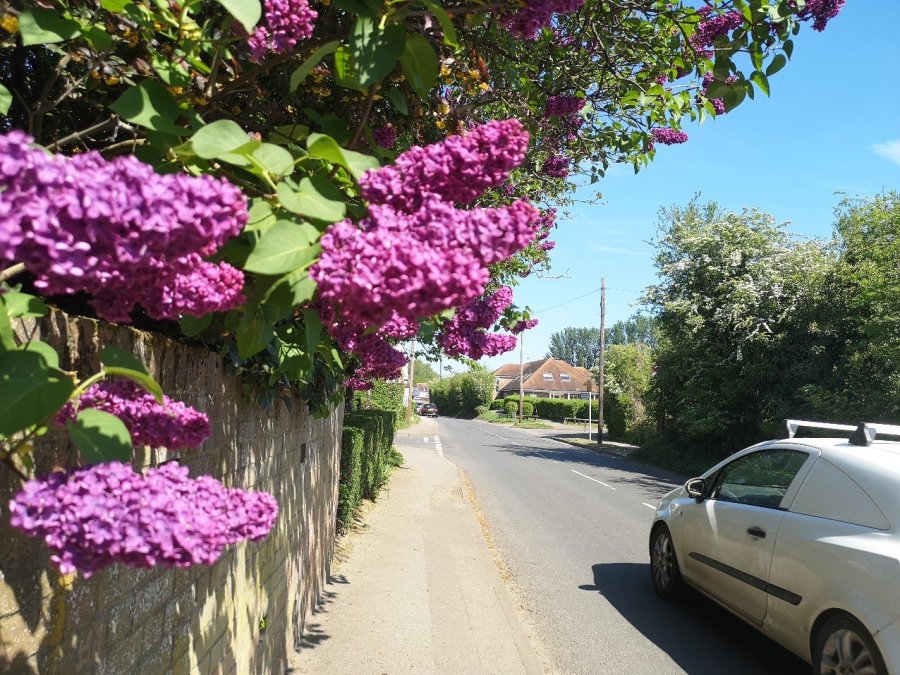
Alone and together
Now I was back on the main road by the bus stop. A cyclist sped past, the dynamo humming. Four-by-fours raced, causing a wind to ripple my trousers. For a moment it was me and the birdsong before the next one. As it pulled away my nostrils filled with toxic vapours. A child stamped so he could hear himself, questioned his parents. He sang a snippet of the tune in his head, aloud. It was boiling (April) – I was ‘warming’.

There were the wings of a pigeon, whirring; there, the straining neck of a blackbird dashing; and there, the candelabra of the chestnut tree. I remembered that they give some people hayfever.
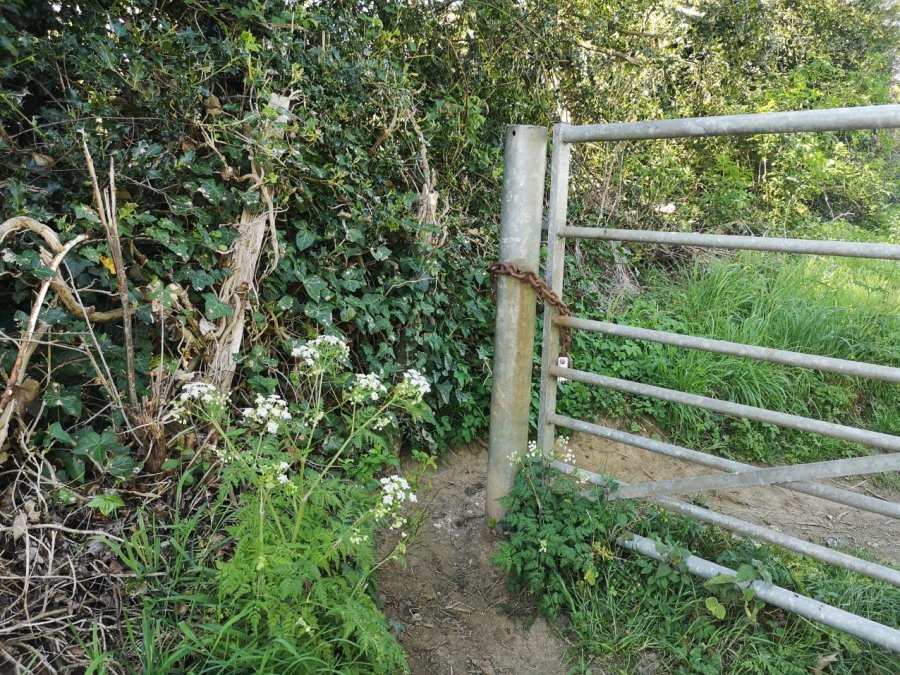
On my right was a track, and a gate with just enough space to squeeze around. ‘How do I know where I am not allowed to walk if there are no signs?’ I caught myself wondering. I went anyway. It took my fancy.

There was one single crow high up in the clear blue sky; further on a solitary cat in the forage; a pesky pheasant in the stubble, its red head and plumed tail quite evident. Until it spotted me, that was. Then it ducked. If I had been a hungry buzzard at that moment, that pheasant would have seemed to be a clod of earth – cunning. A buzzing insect intercepted me and my camera. I ignored it because of the game and my thoughts. It was me and them. It smelled of hot, cut grass and faintly acrid chemicals.
8, 12, 4 birds flew around in ellipses, making a 3d spirograph of smooth circling, their wings catching the sun and glinting like morse code. I watched some more. No, the signalling came from their white bellies being exposed between wing flaps – hidden, shown, hidden, shown – around 3 x per second 2, 70-95 mph3 Notably, they choose to expend extra energy in order to fly together, adding an extra wingbeat per second in order to have compatriots to home with.4 I have brought Sara Baume’s book ‘handiwork’ for a walk with me. She writes that birds migrate with other species sometimes, if they share feeding habits. I didn’t know that. I like to think I could join a flock of others who have the same needs as me for company on the long journey.
If I am not allowed to go there, I can’t help them

Over and over again, as I walk, I am faced with limitations and the knock-on effect of them. As I turned a corner, cars were relegated to the distance, birds and other unidentifiable noises took precedence, but I could not investigate because of the fence. On Saturday morning it was the same – I think it was a distressed duck I was hearing (perhaps because of my concern over the mother of the 2 dead ducklings the cats brought in the day before), but I couldn’t satisfy my curiosity because of the wire and wooden posts. Nor could I help, even if that had been possible. (This is another topic – the crossing over the road to avoid contact, thereby missing the opportunity to be close to another, strike up a conversation, smile into their eyes and help if need be; the secluding which precludes neighbourly chats and offers / receiving of support; the ‘Keep Out’ signs which stop me reaching the scene of the problem – none of it healthy). I realised I was walking the outside perimeter of someone’s garden. They were on one side, me the other.

The wood pigeon gurgled her underwater sounds; the sweet smell of hawthorn was like incense in a mosque. Two rabbits ran out onto the path and turned towards me. I realised they don’t know I was there. One turned off close by, the other froze. She seemed to be unsure. A pigeon errupted from above my head, and I startled. That scared the bunny away.
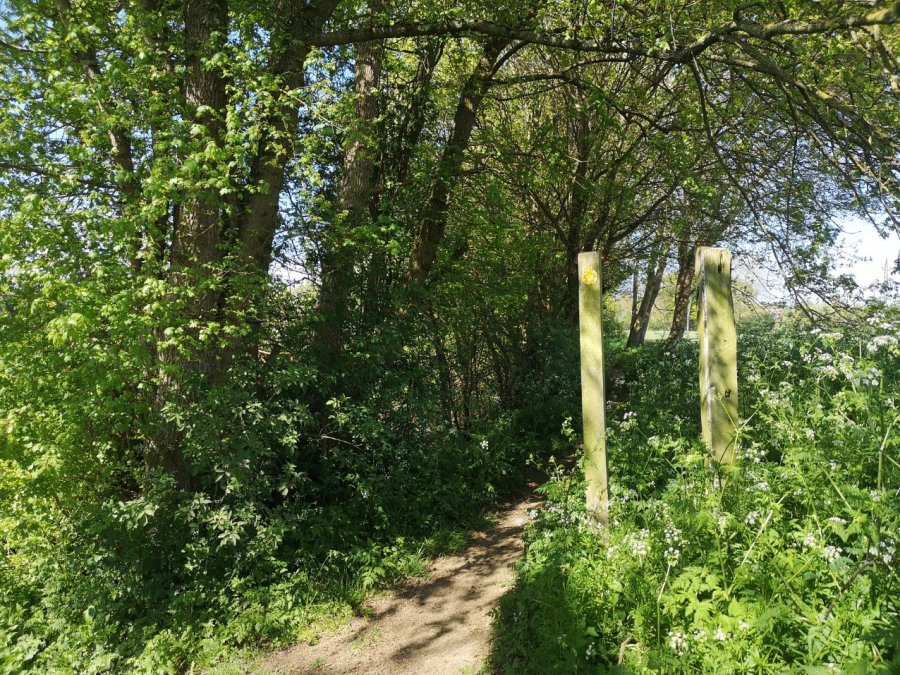
Nearing the end

A woman’s voice I couldn’t quite hear, interrupted my peace. I saw the phone ringing and I didn’t answer. Before I knew it I recognised where I was and glanced at the time – it was getting on.
I was on the official footpath, but it was the back of a sign that was towards me. I got stung by nettles trying to read it, and, although I generally think that homeopathically that does me good because I respond well to the properties of Urtica dioica, drink it every day (it’s good for the health of my joints and blood), nevertheless this is another danger inherent in rural walking!
Wilding

Before the cherry orchard, I came across raspberries which have been allowed to go wild. Not over excited, although maybe they are because they have grown in exuberant, prickly arches, more monumental than the brambles. (Do they compete? I wonder). They have been left, free to go their own way. Kids who ‘go wild’ are said to be having fun, they squeal and scream, their voices filling the air with their freedom of expression. I go a bit wild when I walk: I dismiss pretence and constraint. Not quite feral, not ‘gone mad’, but I have wilded.
The voices behind me were getting louder. Closer therefore. ‘You don’t want to do it on a day like today’, he said with a forbidding tone. I stood to the side to let them pass.
I wanted to stay out until I wanted to go back. I knew, now, where I was and how long it would take to get home and guaged it was perfect timing to speak to the kids on Zoom. (Actually I was late and the youngest messaged, ‘Where are you all? I am here on my own. I could be outside.’)
Offstage, a child screamed. A fatherly voice said, ‘Calm down, don’t panic, if there’s a problem, tell me’. Then I was back on a road. They cycled past.
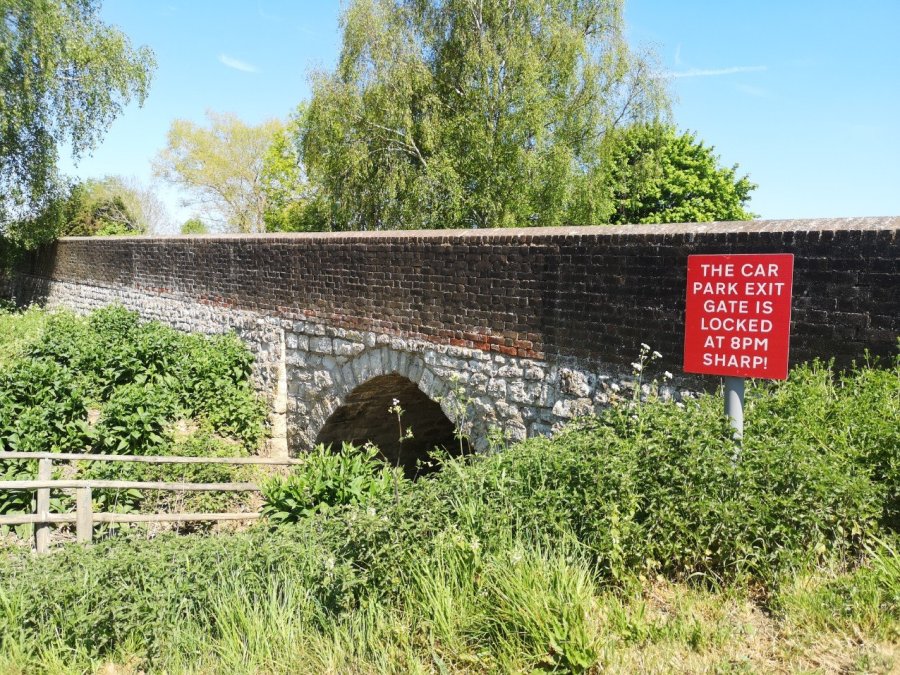

As I crossed the Lees, there was a procession of us, socially distanced. We were strung out, hopefully not ‘strung out’ – nervous or tense – after our walk. One woman wore headphones, cut off; a couple were knee deep in the undergrowth; a what-I-call ‘proper hiker’ was focused forwards with his baton jauntily over his shoulder like Dick Whittington (I said hello, but got no response); a friendly woman with a walking stick smiled and nodded.
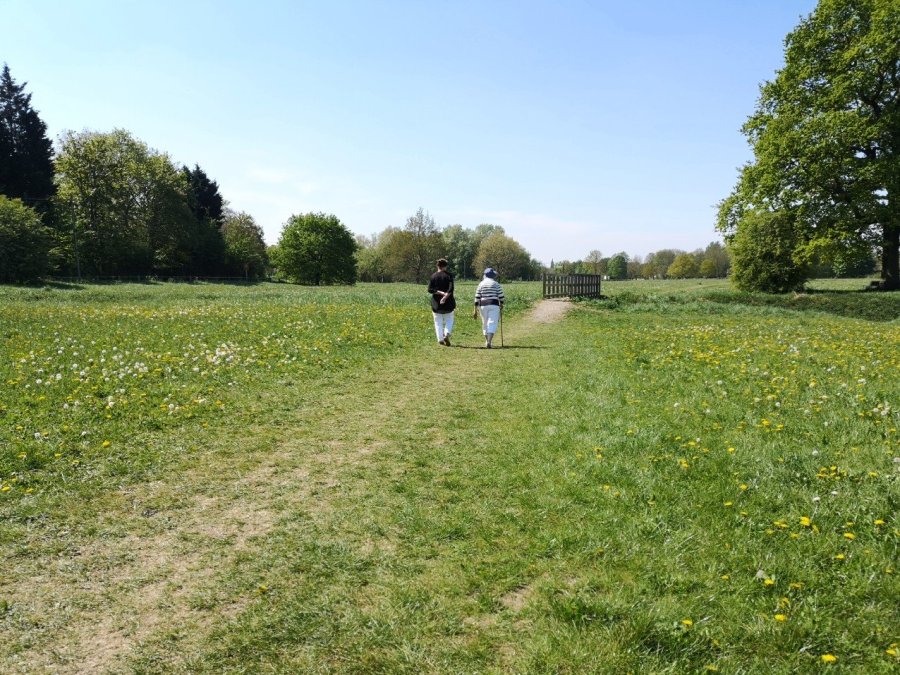
I did go where I had intended to, but I got there an unfamiliar way. I came across a lot of warnings, but survived. My health was all the better for the open air and the Spring green.
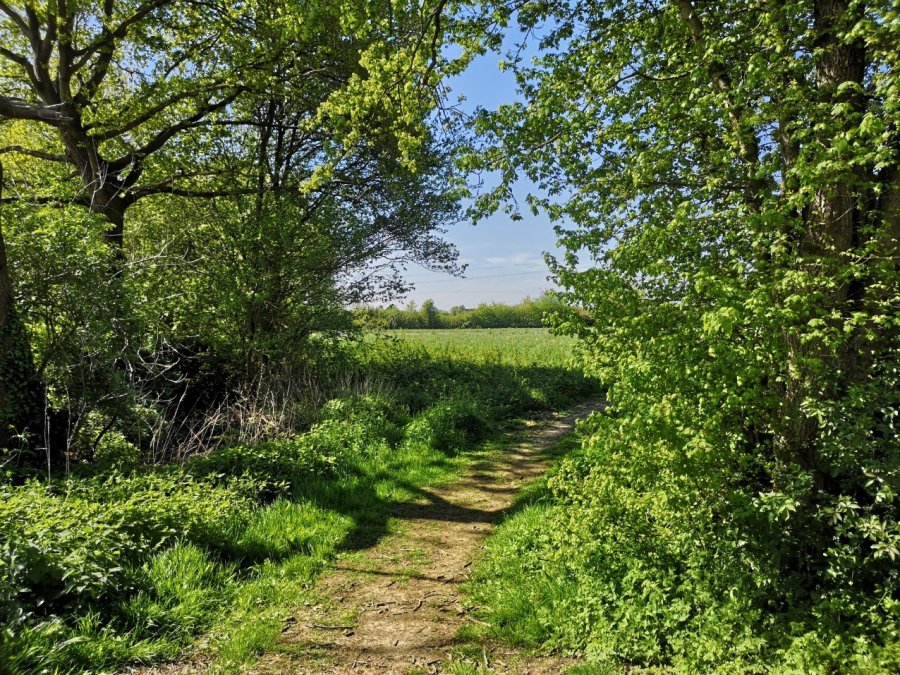
1 https://www.dailymail.co.uk/news/article-8256435/Brits-emerge-lockdown-new-figures-rise-people-outdoors.html accessed 26.4.20
2 https://sora.unm.edu/sites/default/files/journals/auk/v064n04/p0619-p0620.pdf
3 http://blogs.bu.edu/biolocomotion/2011/11/14/pigeon-power-dynamic-wings-improves-capabilities/
4 https://www.sciencedaily.com/releases/2019/06/190618140201.htm


